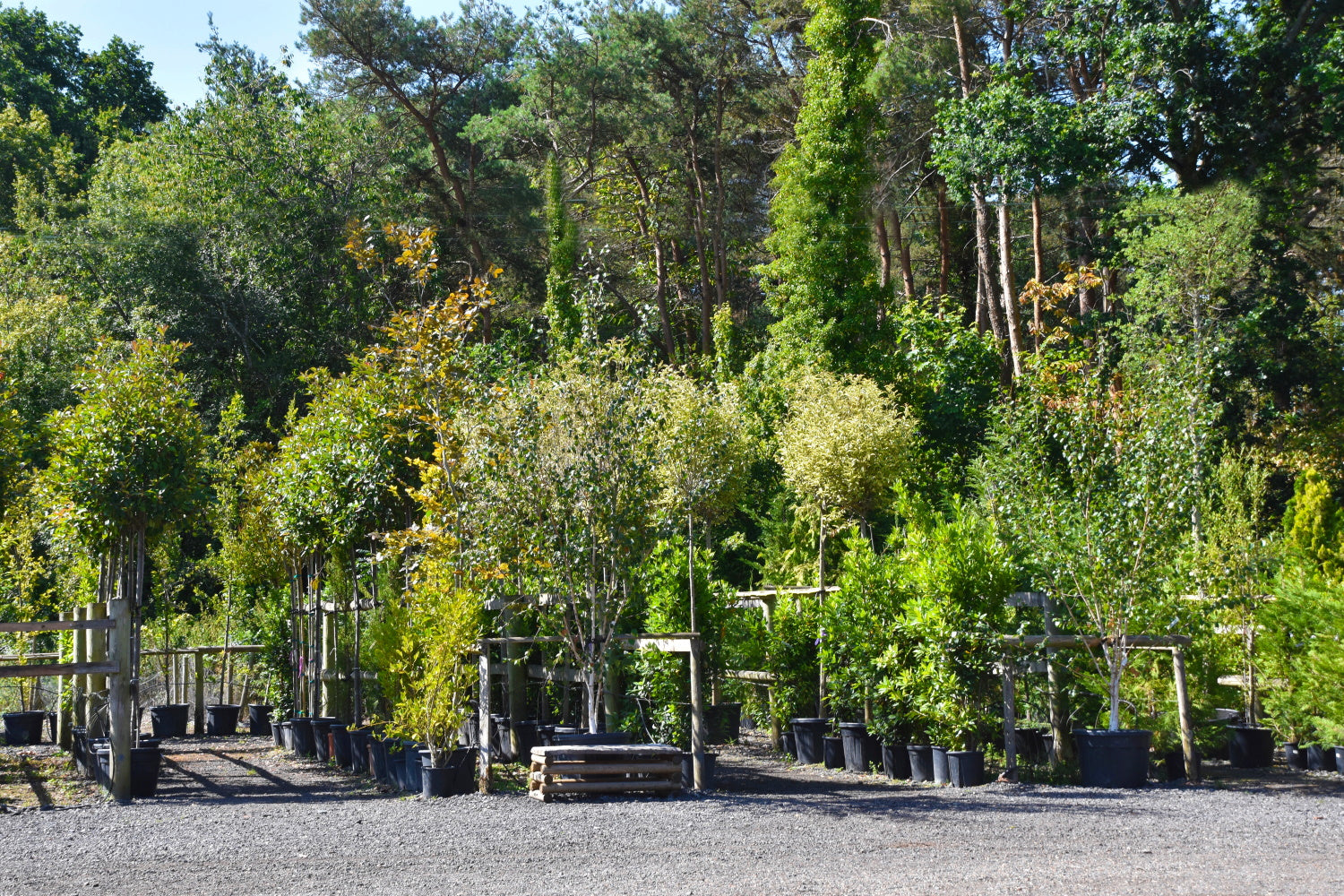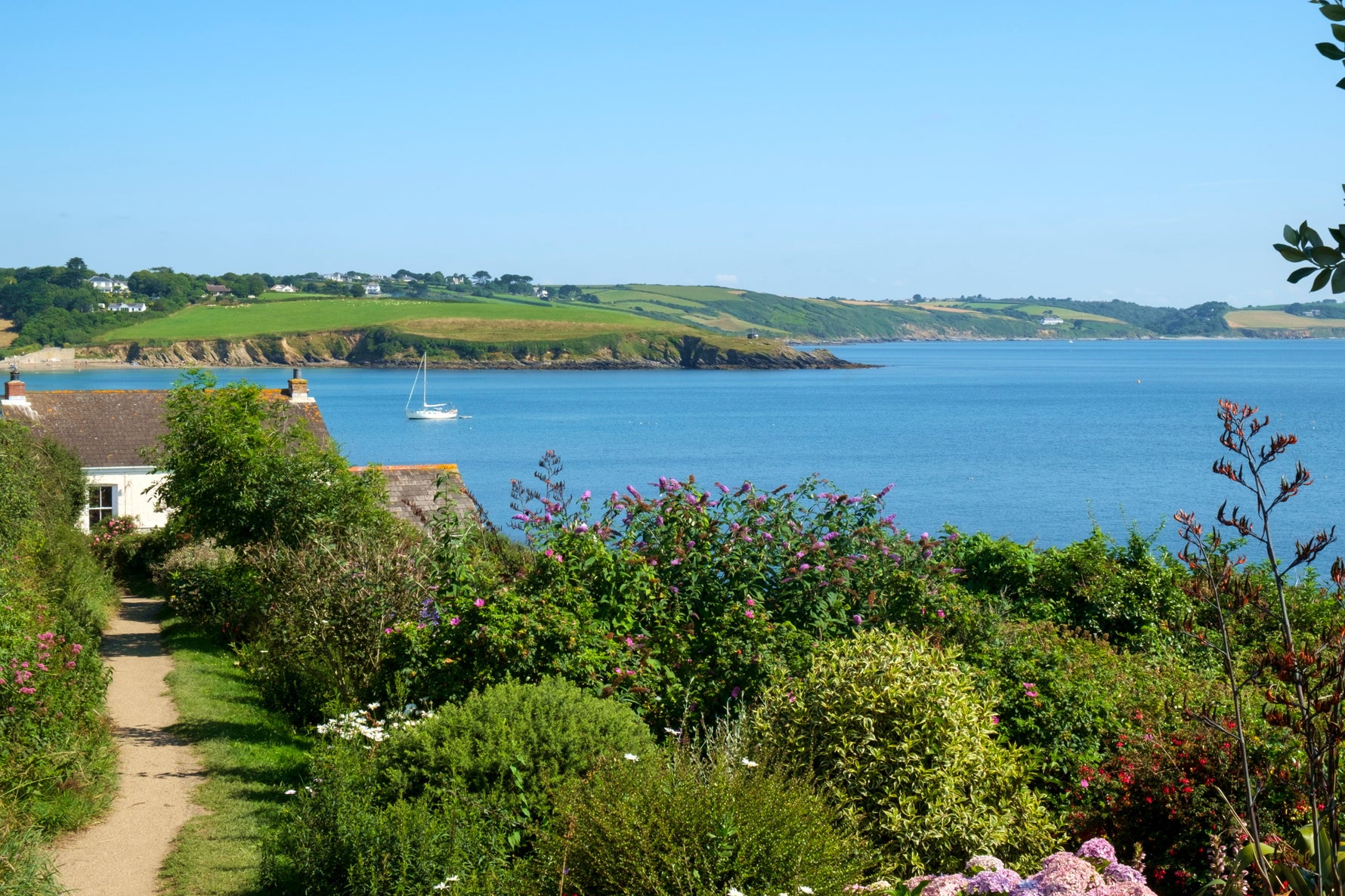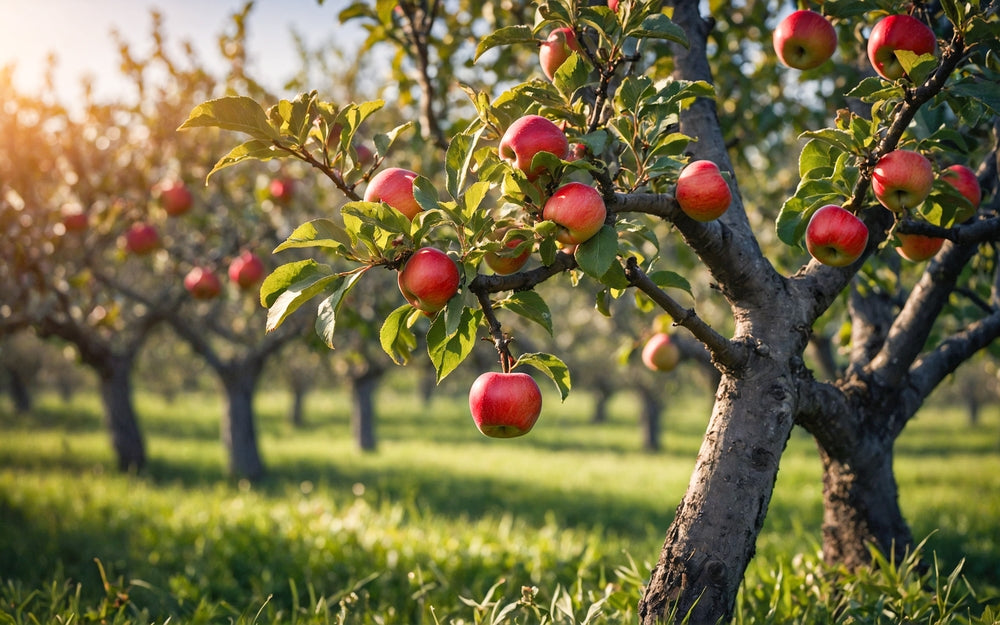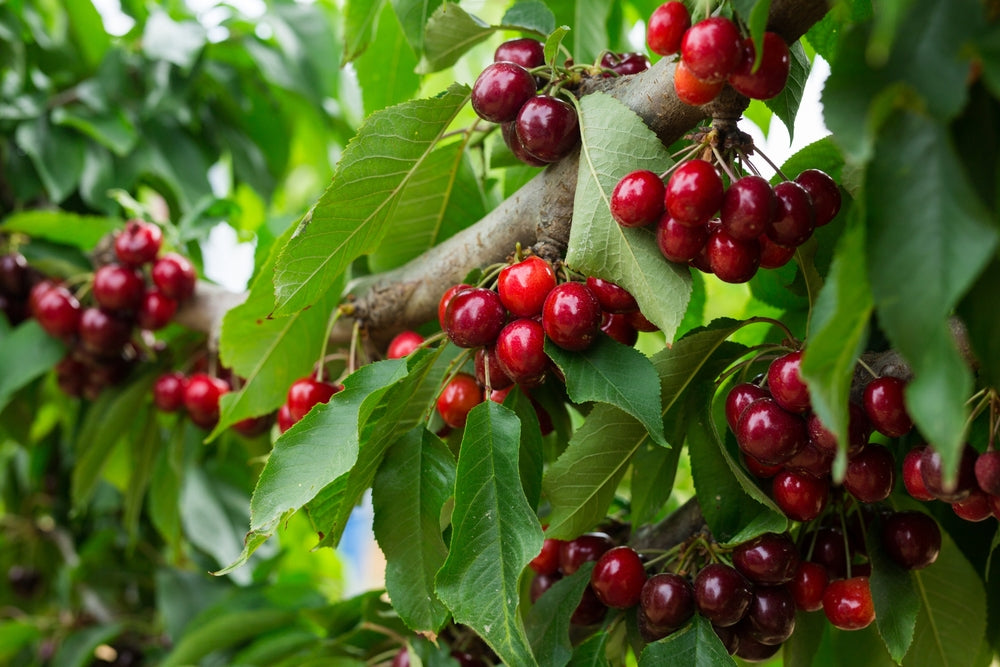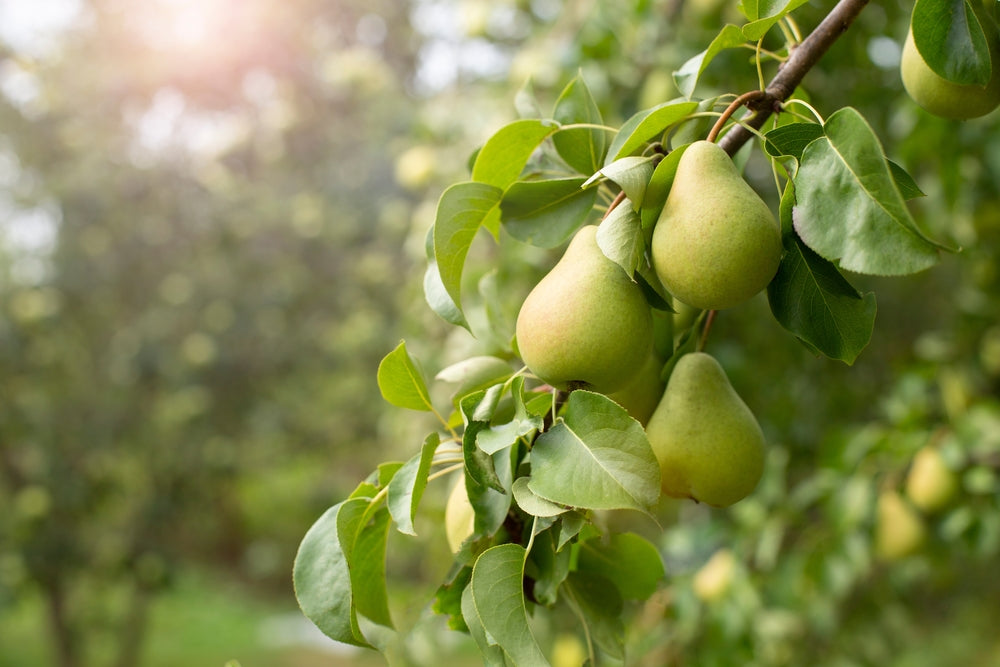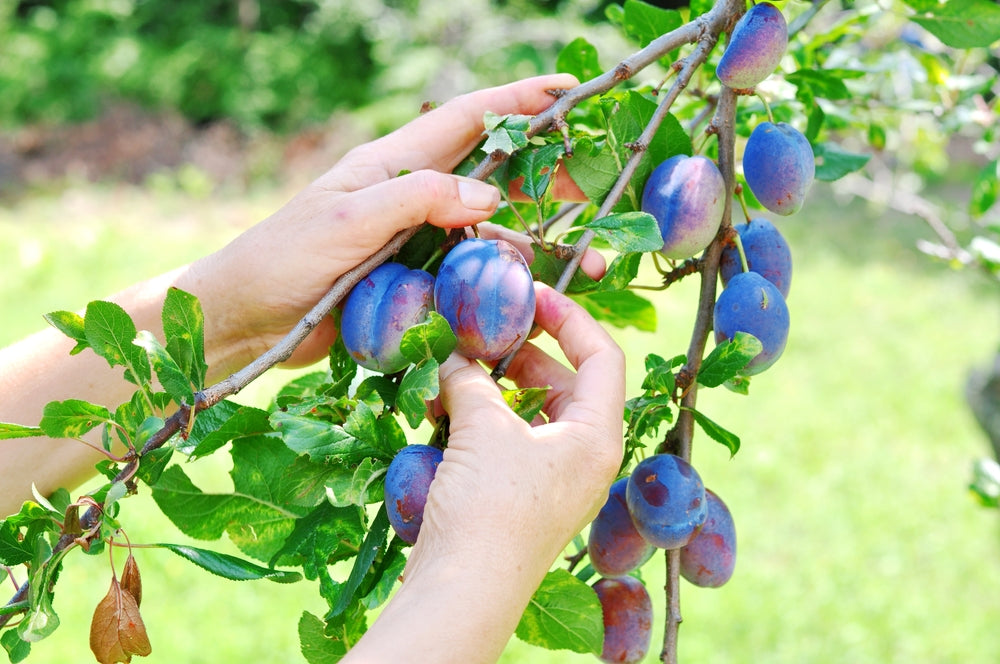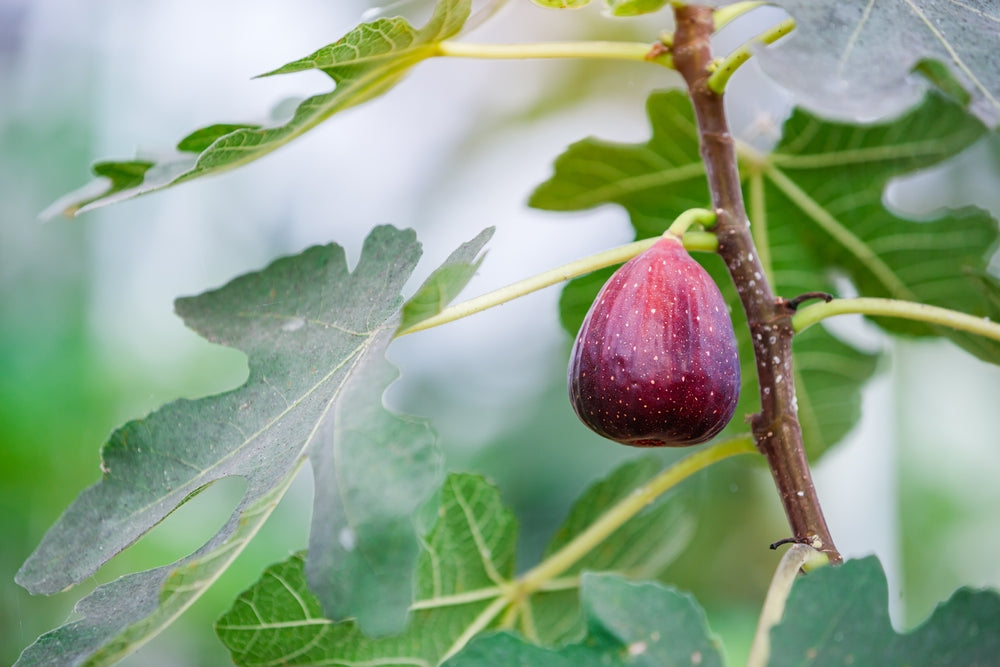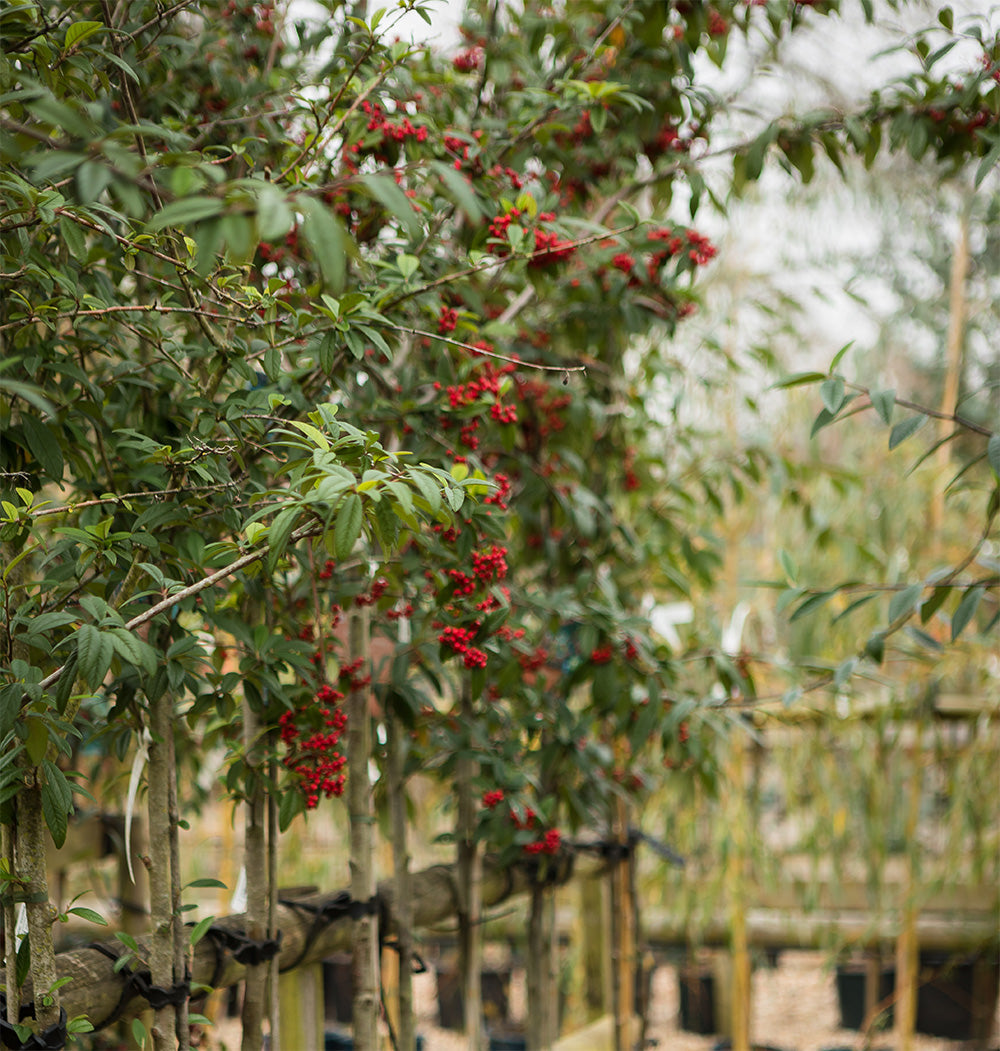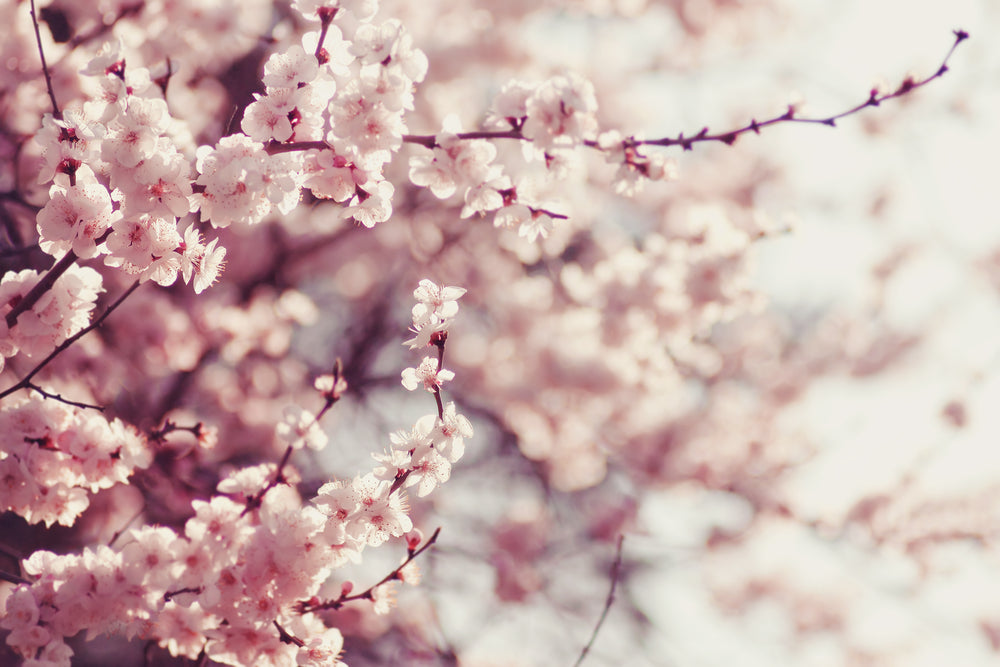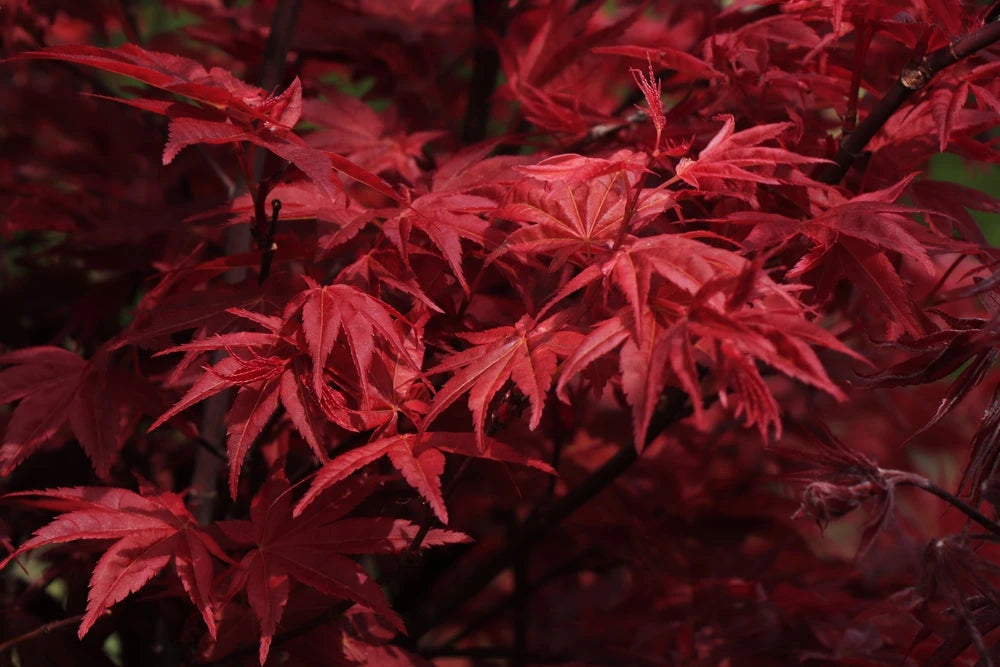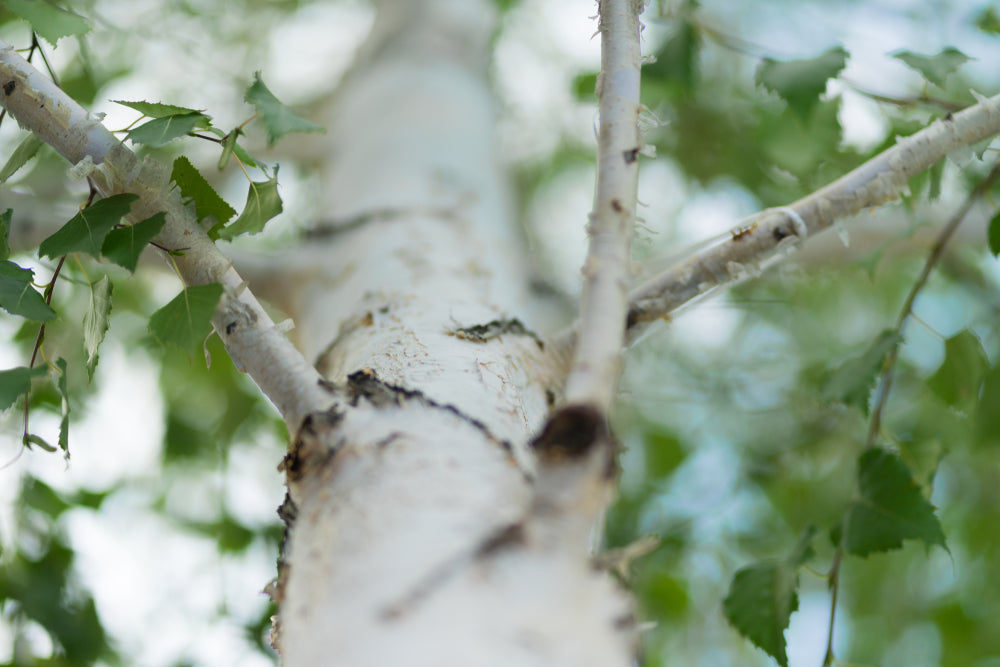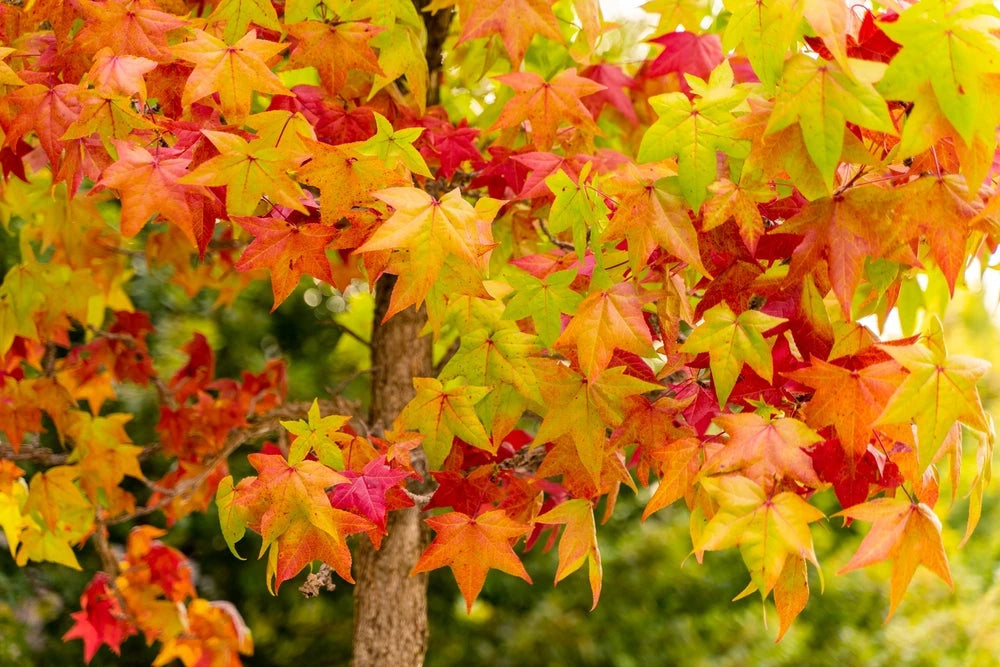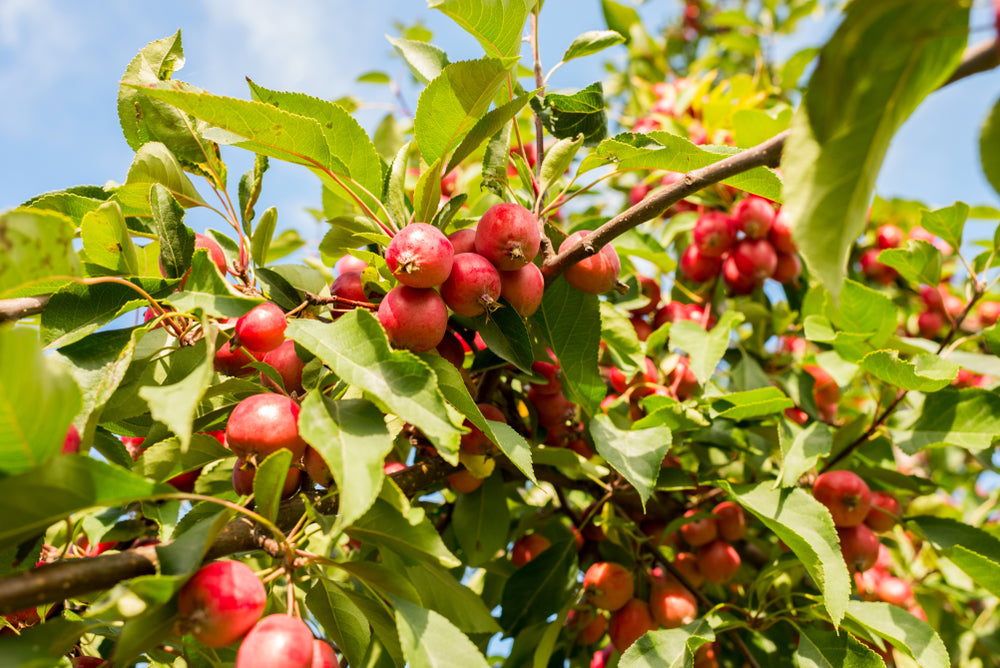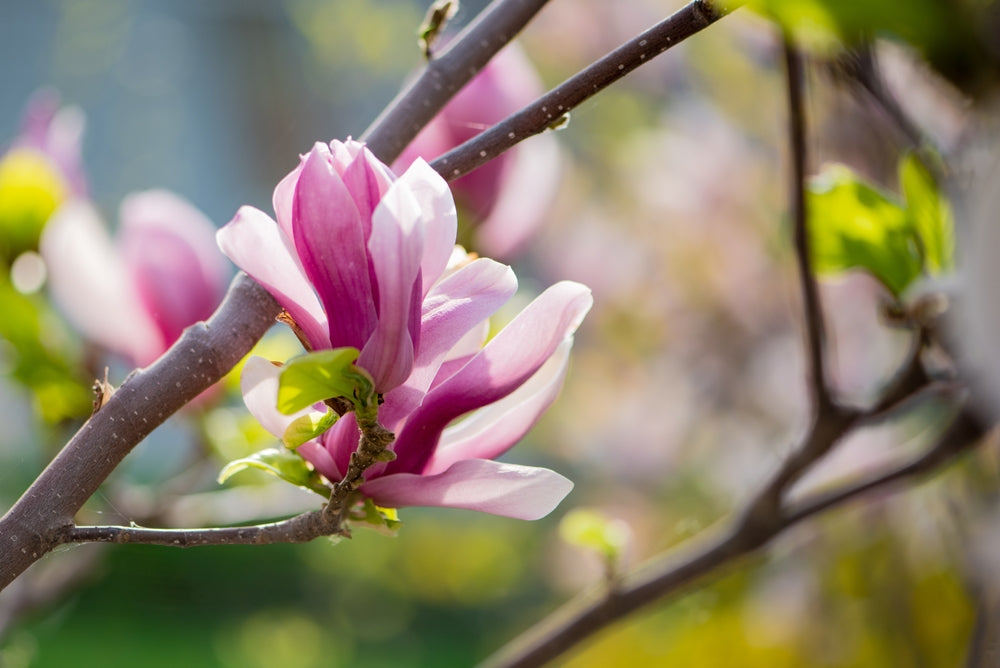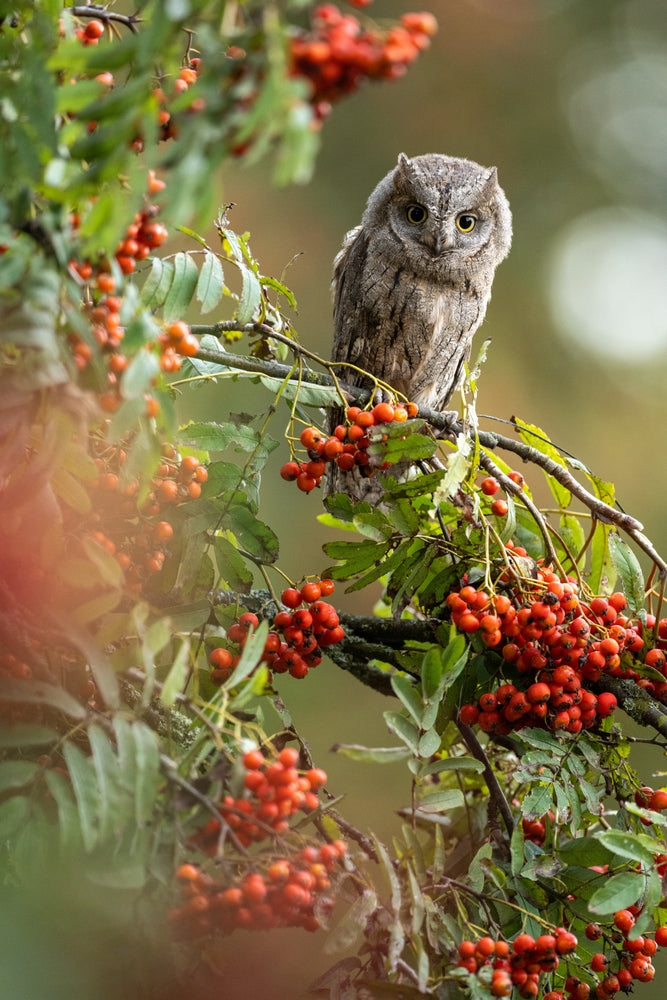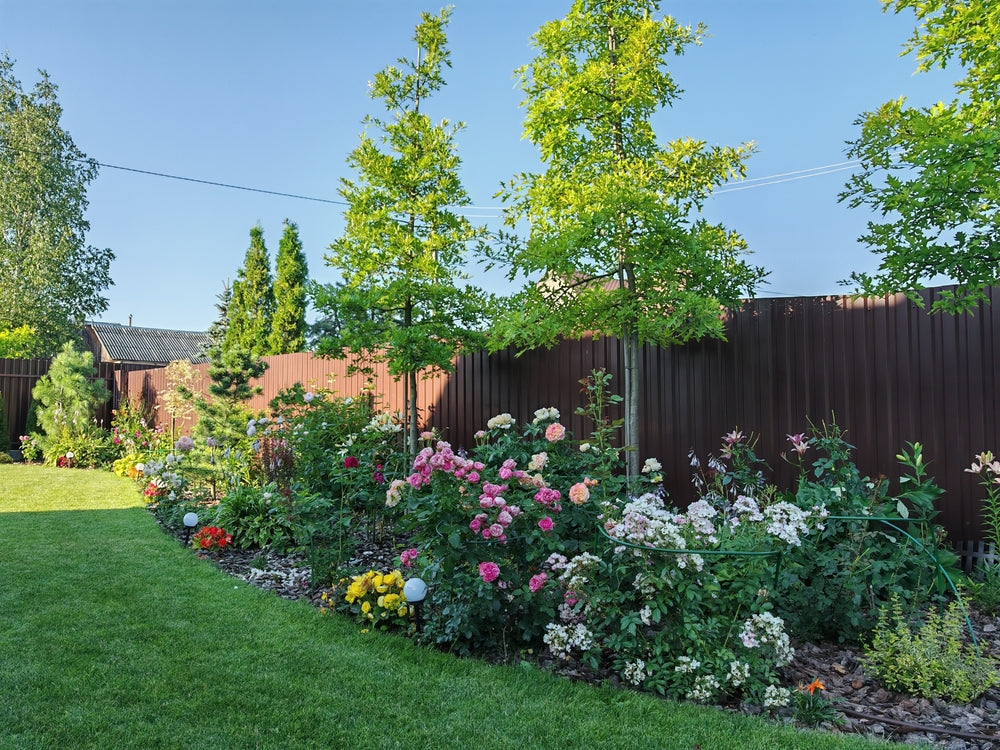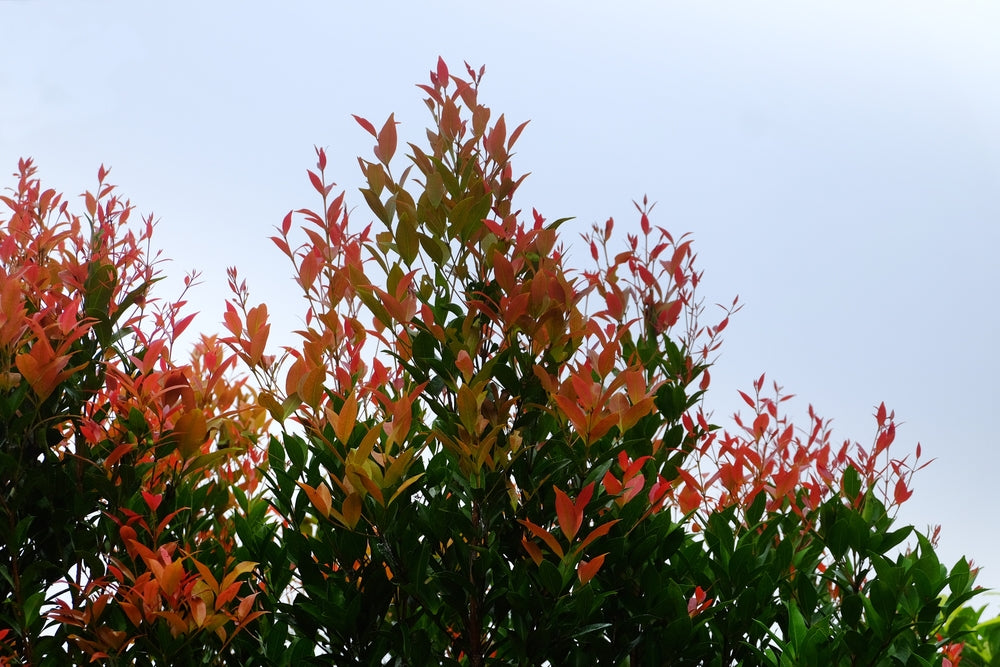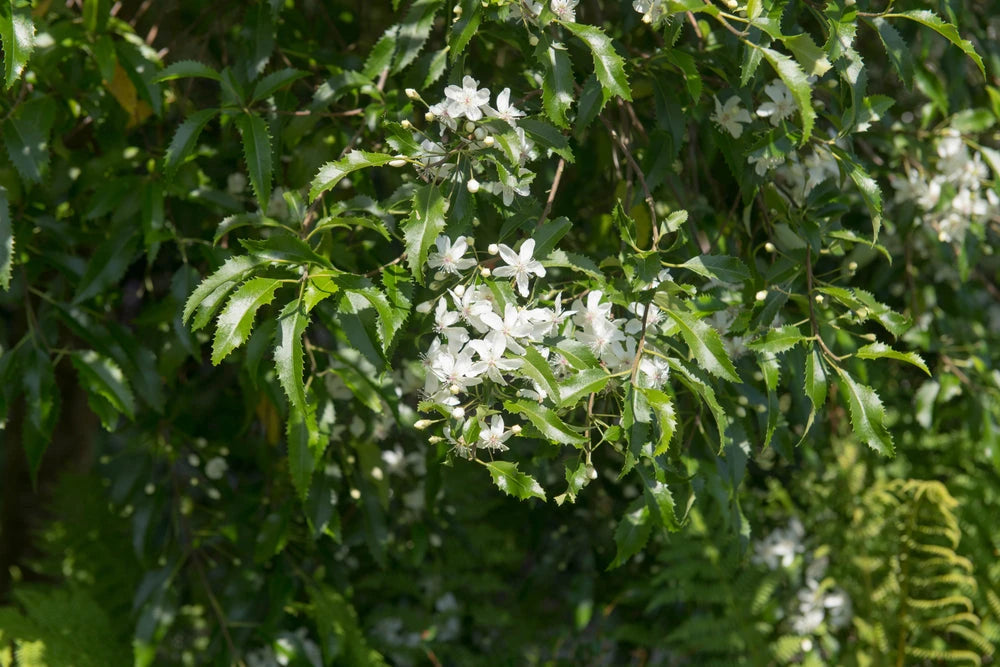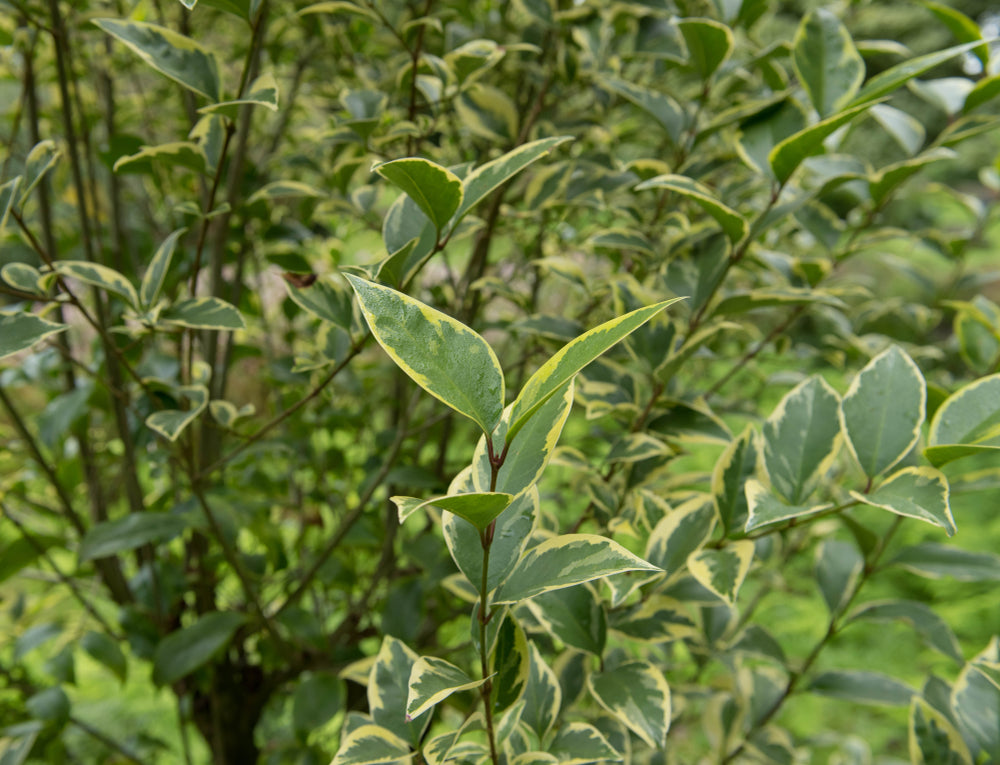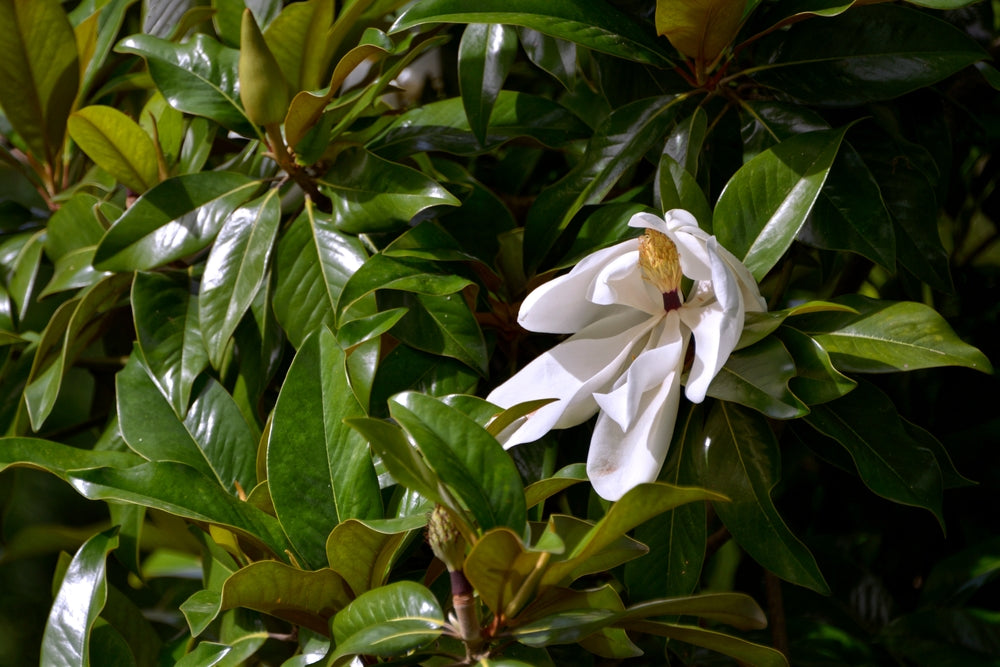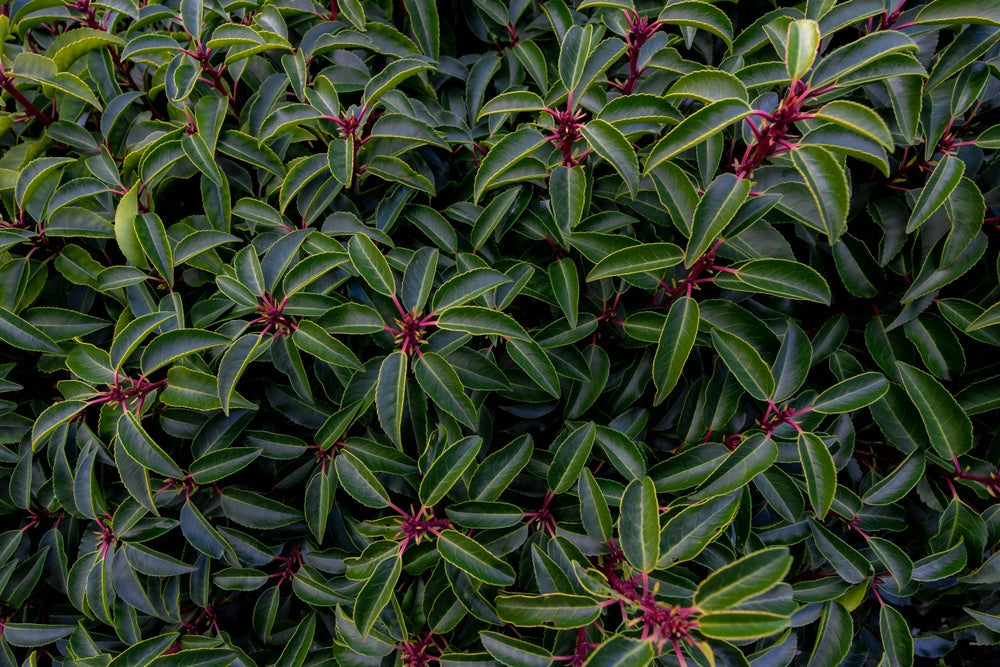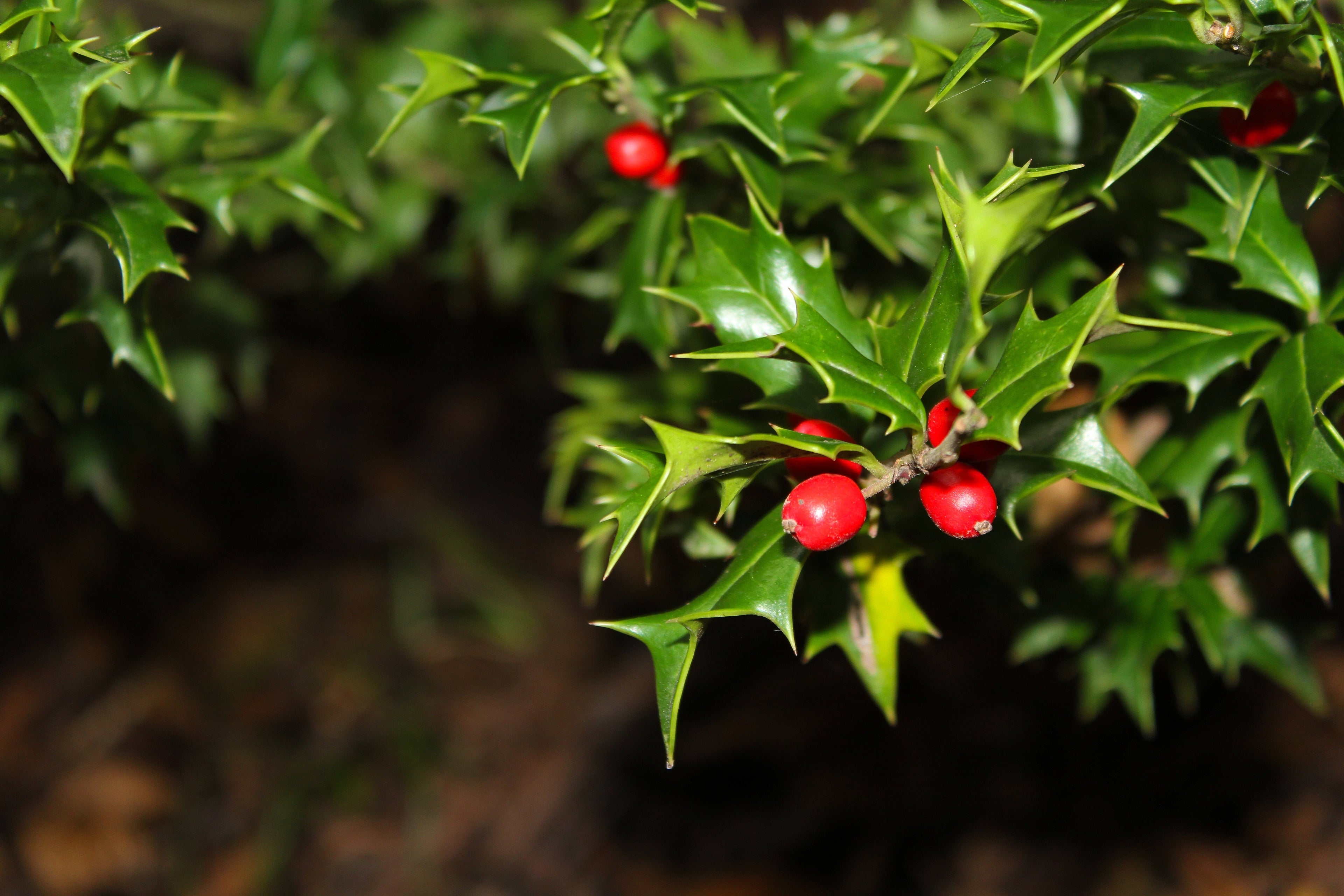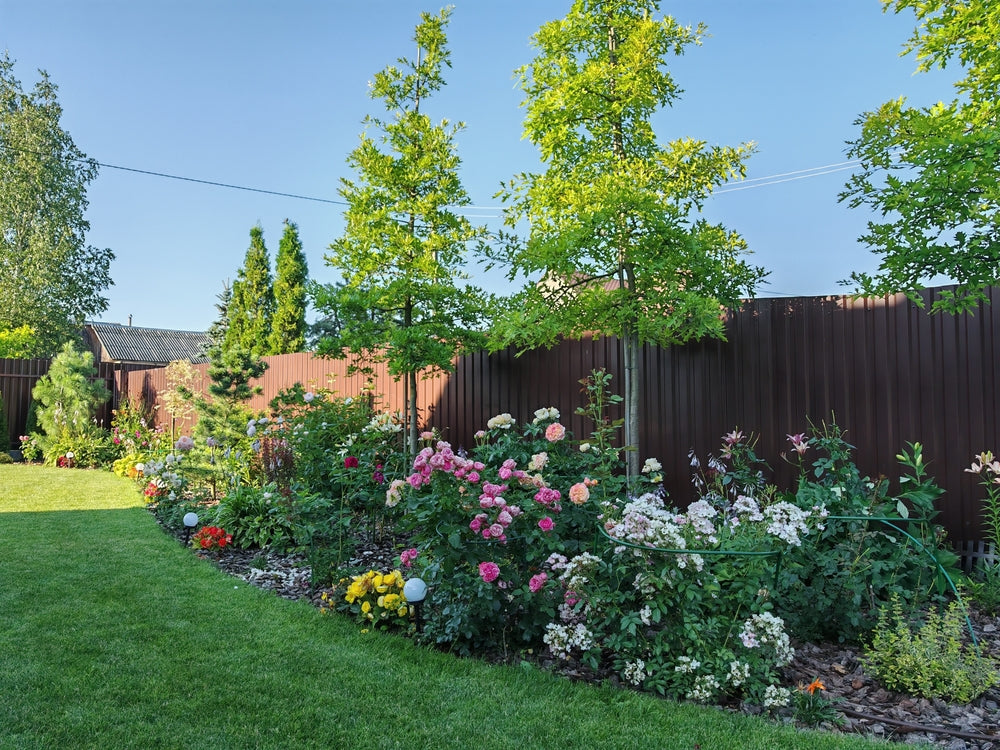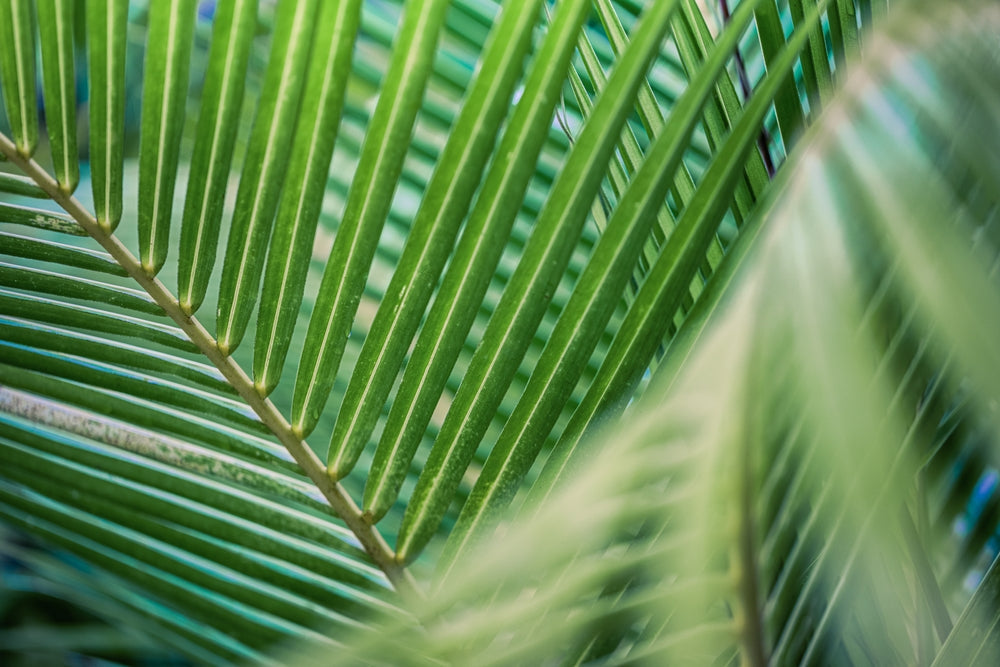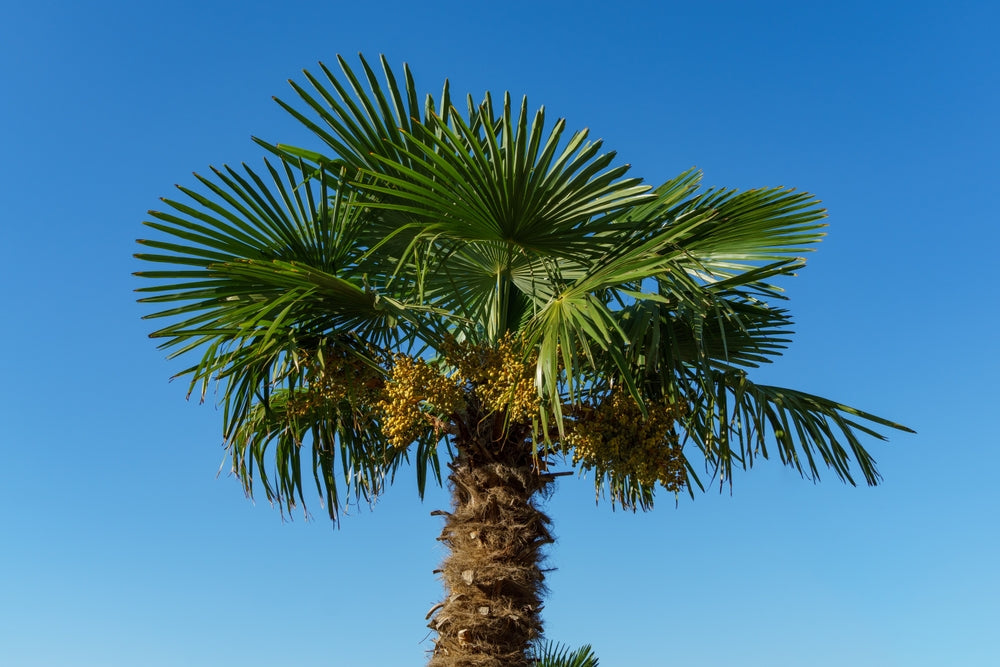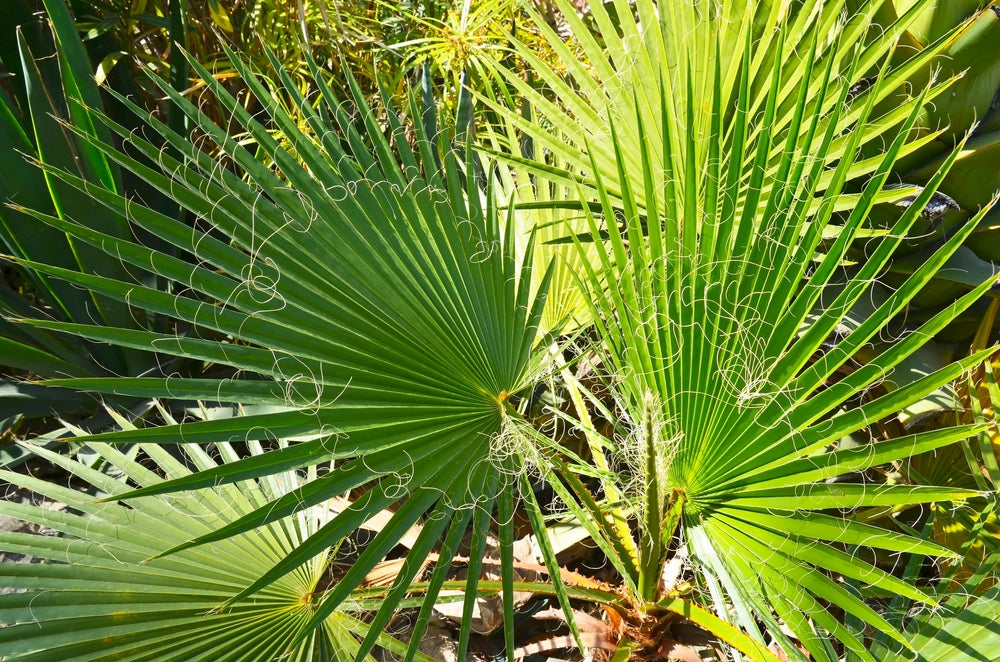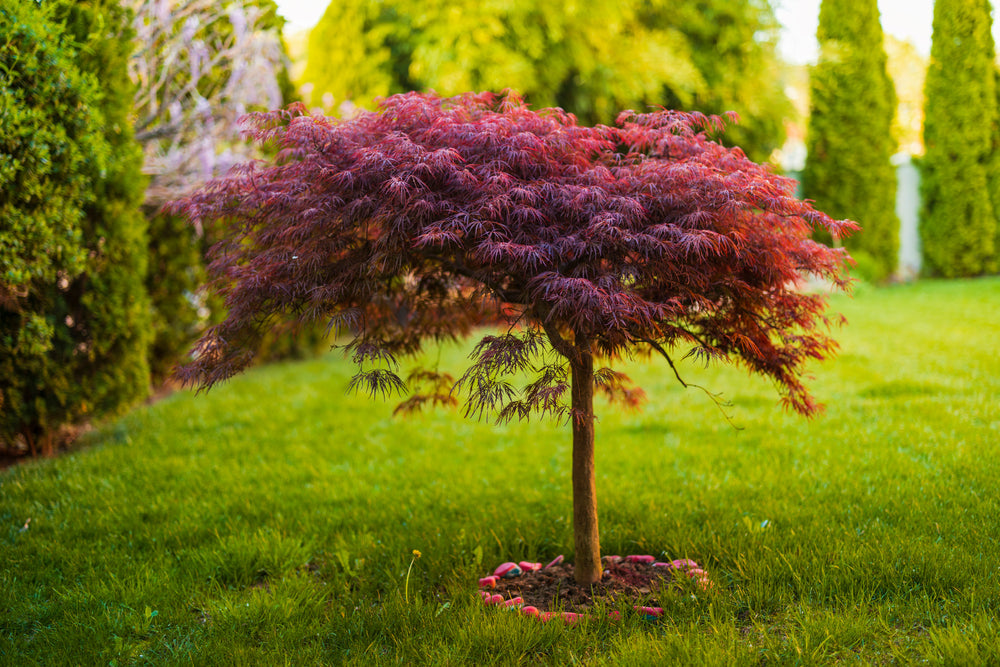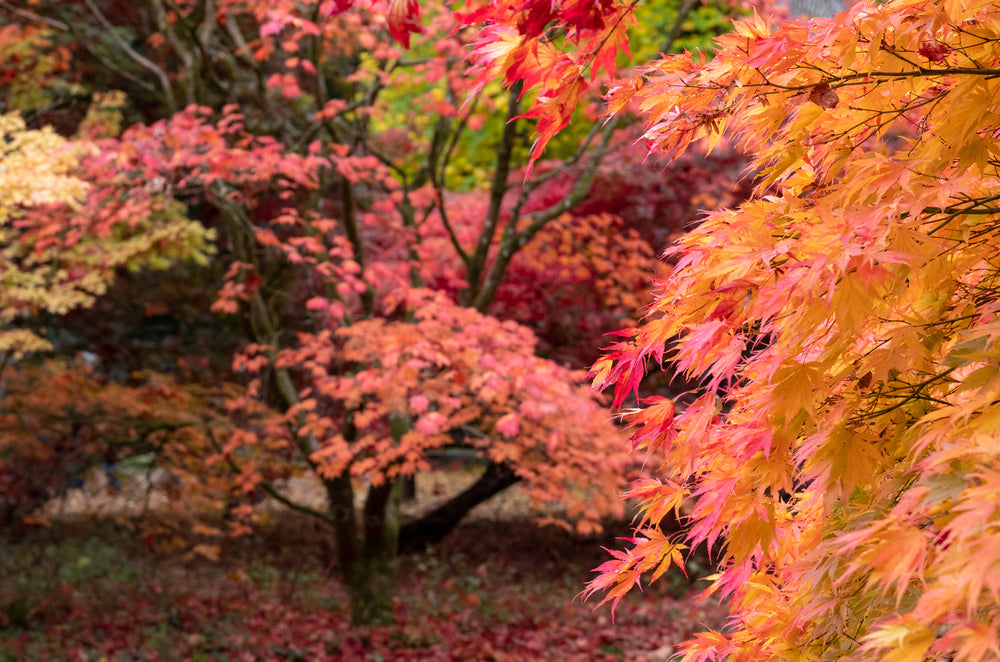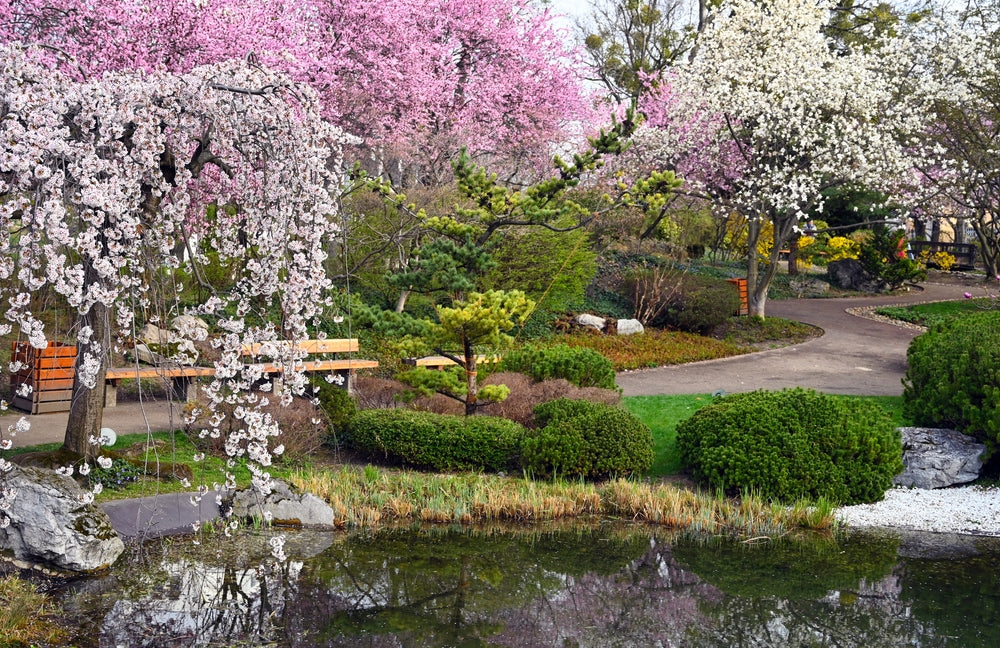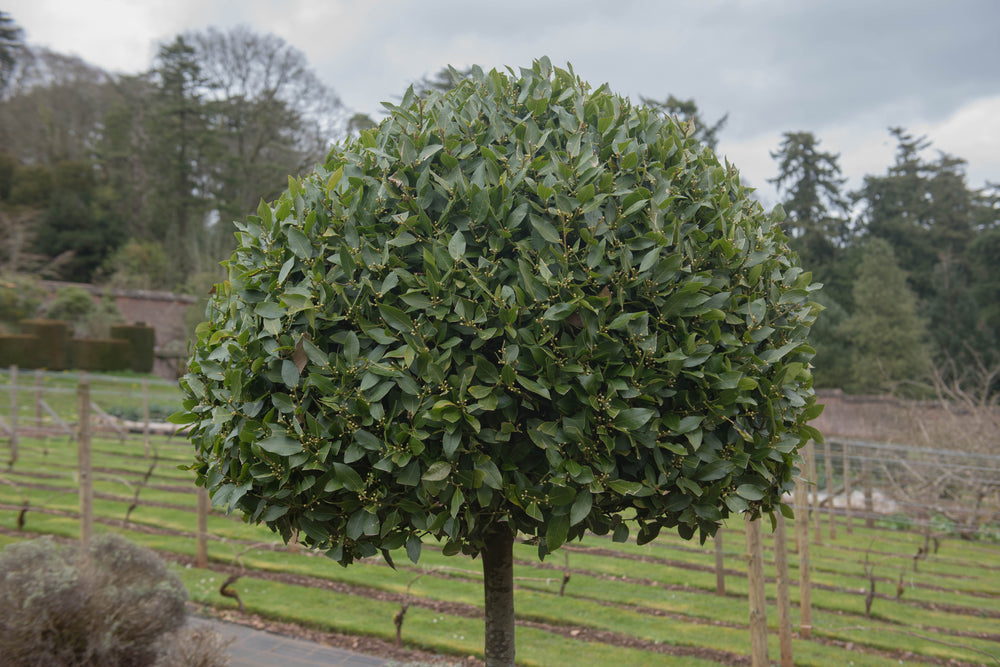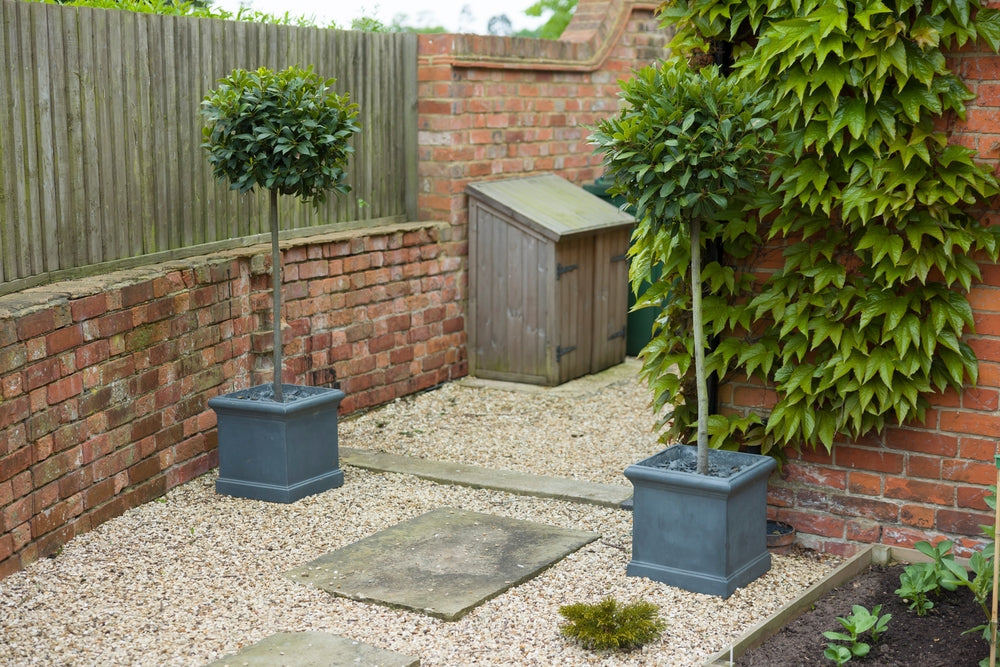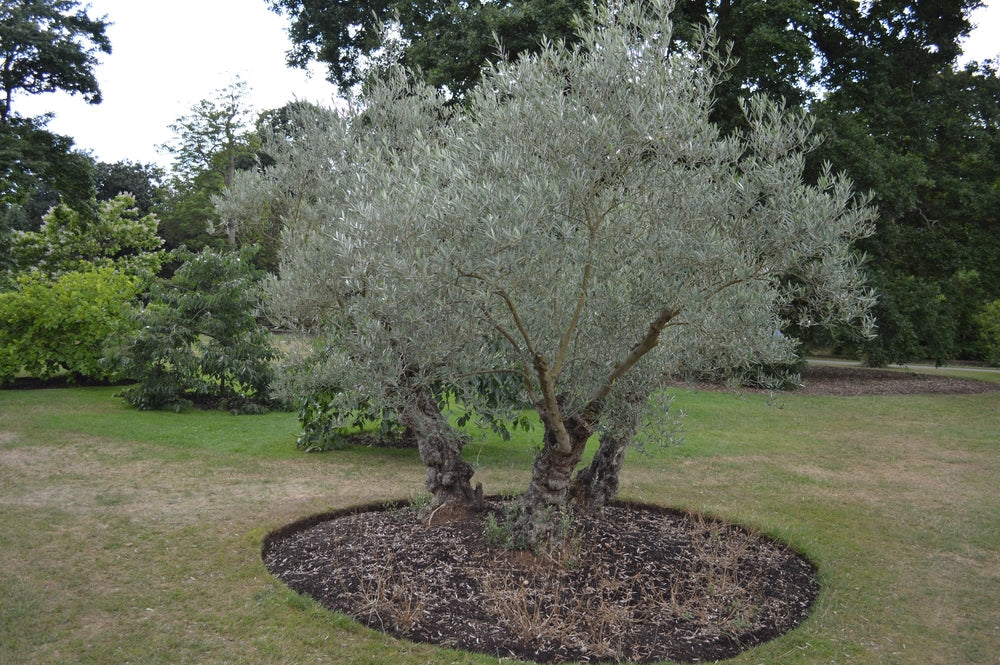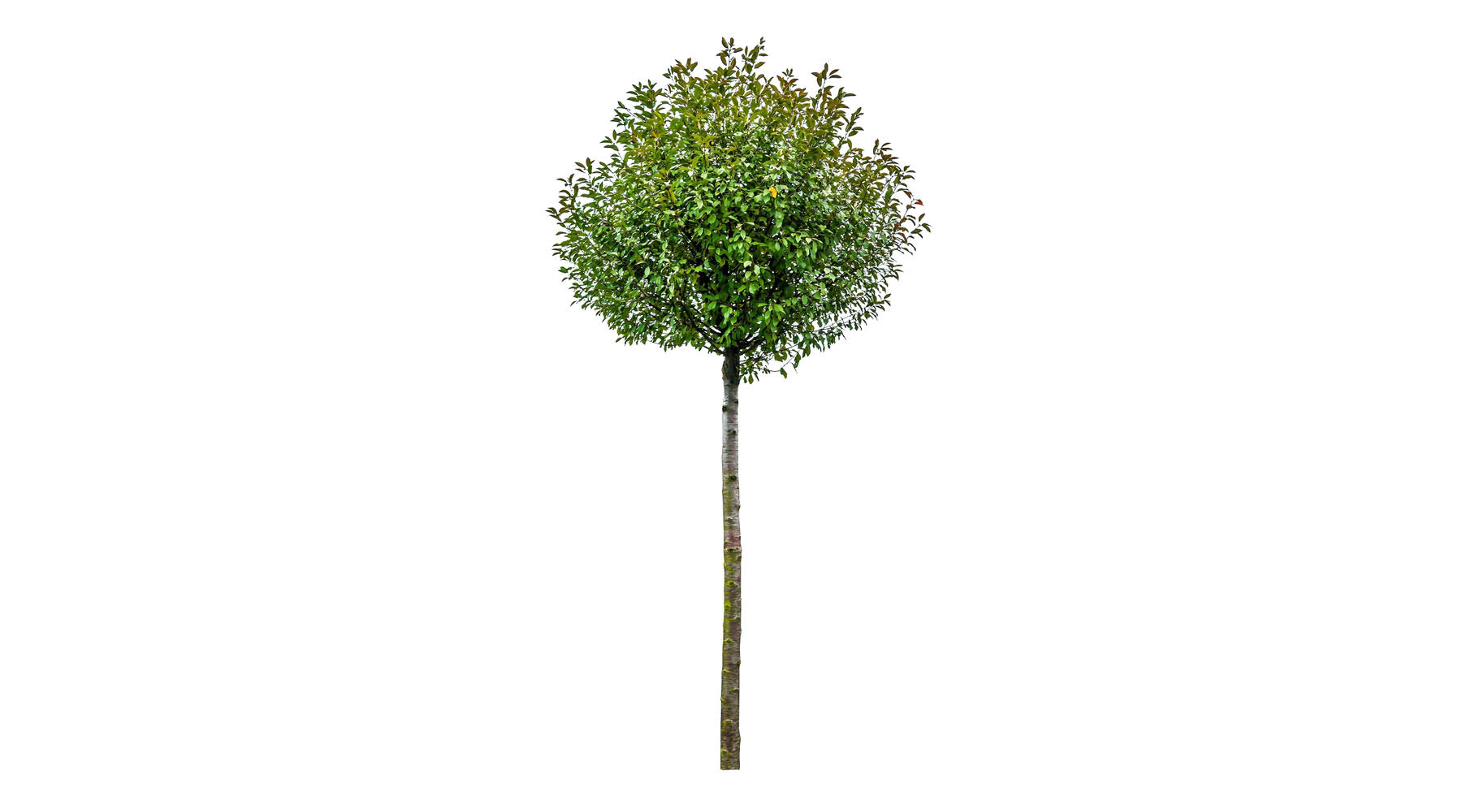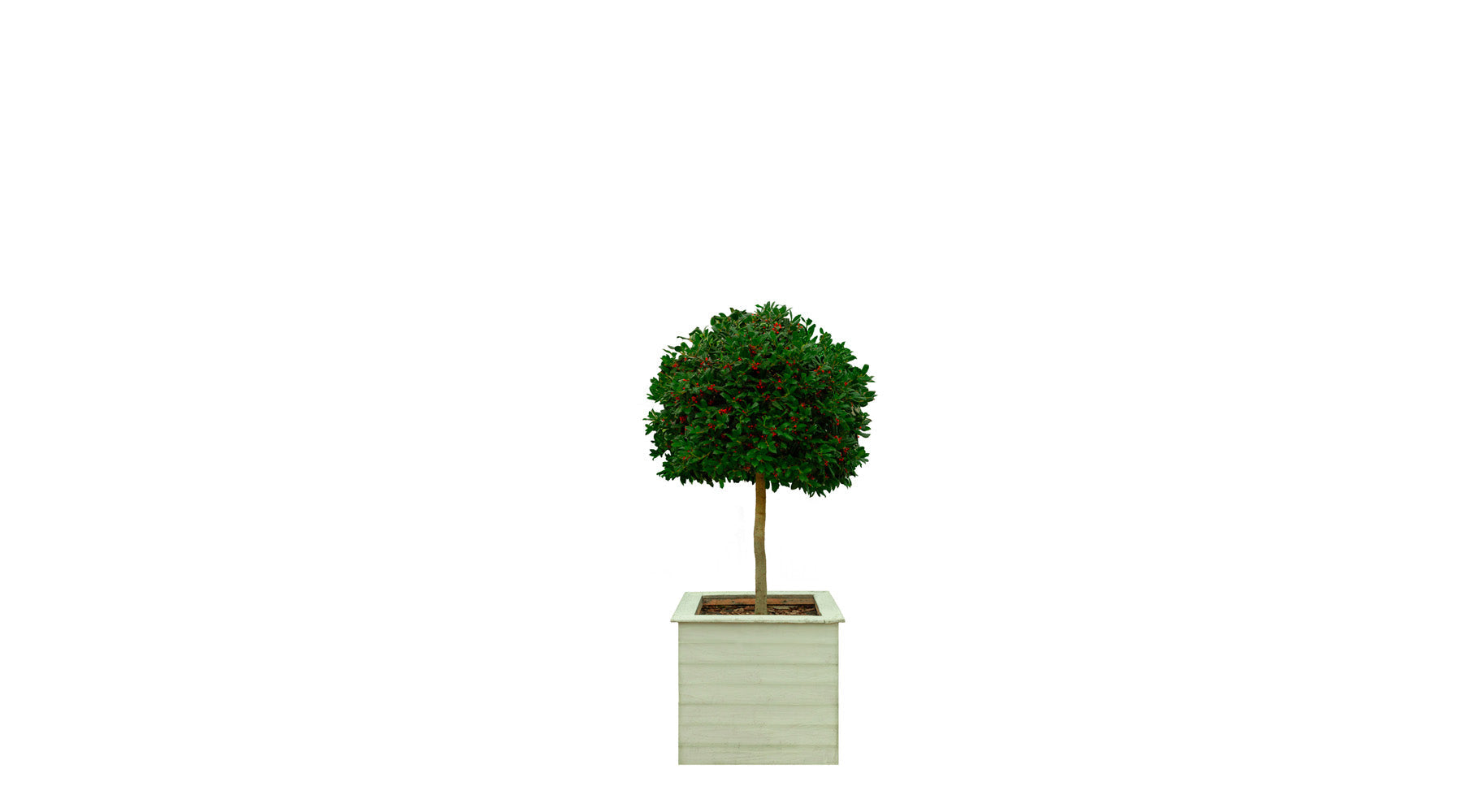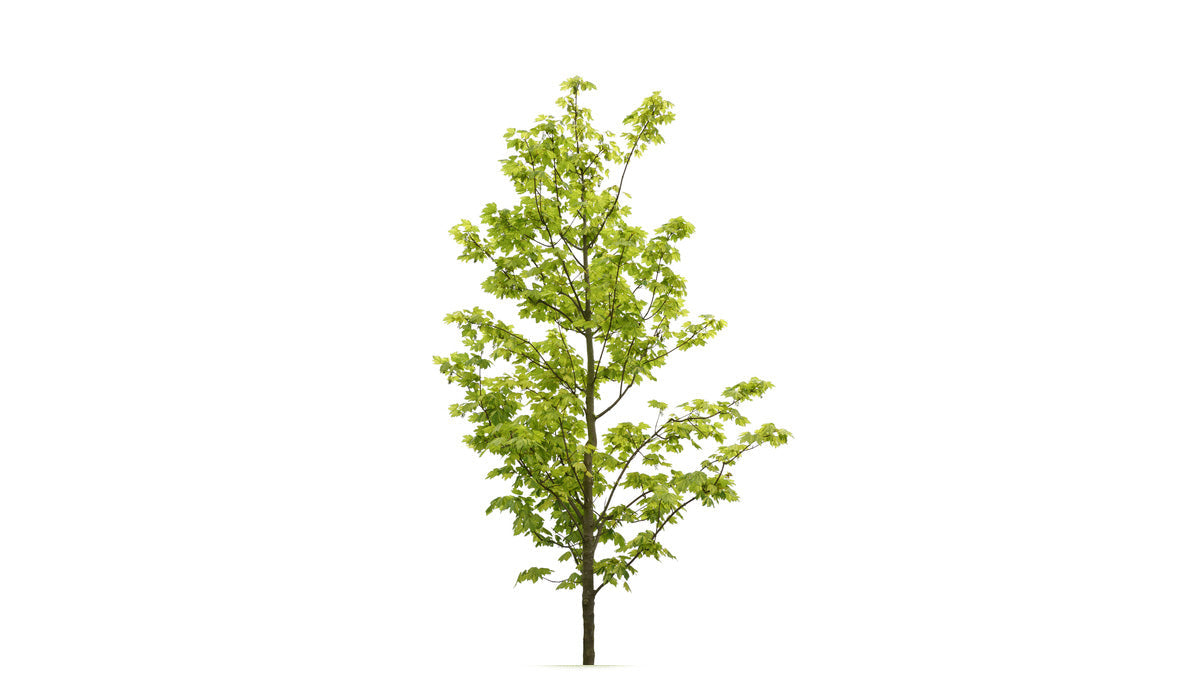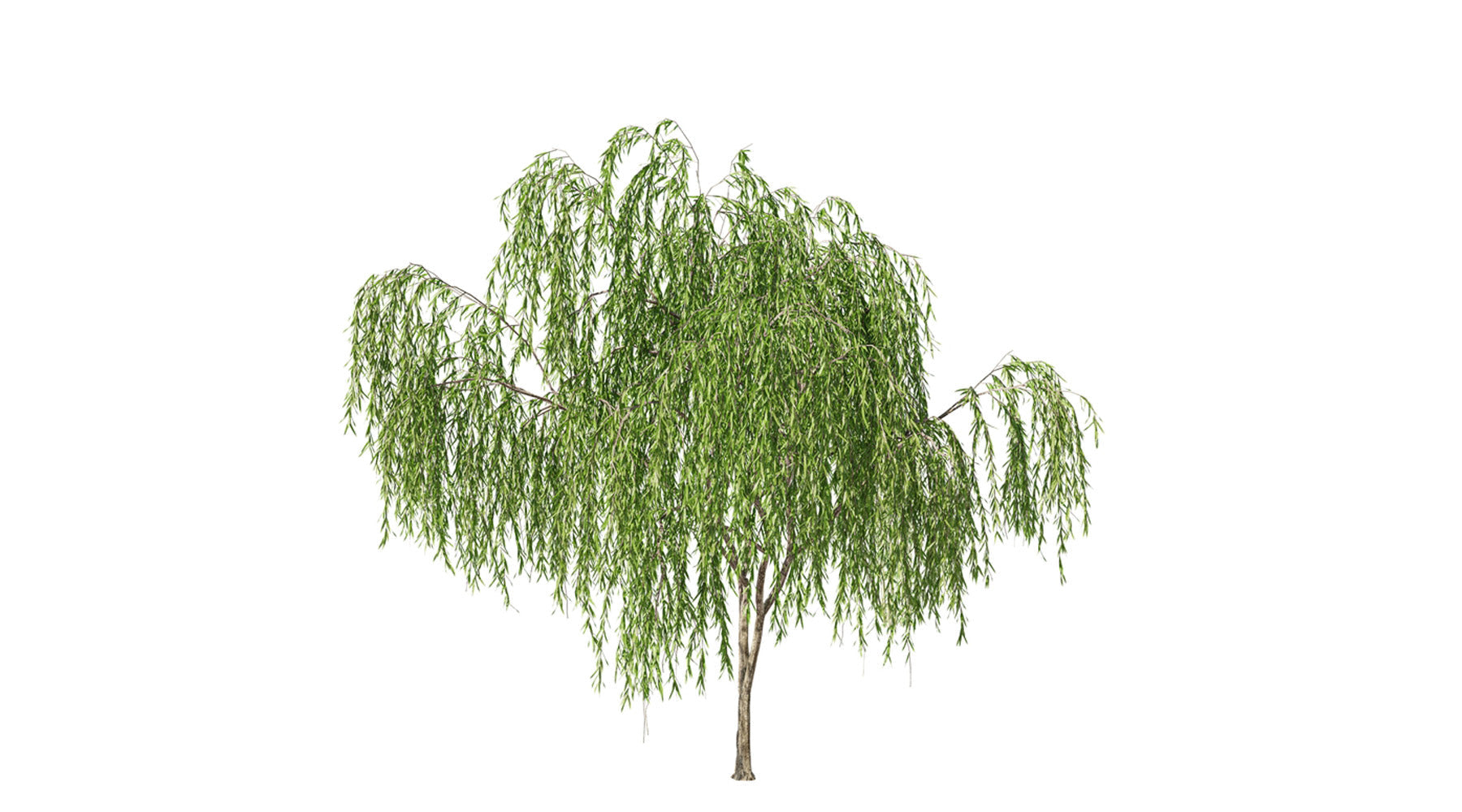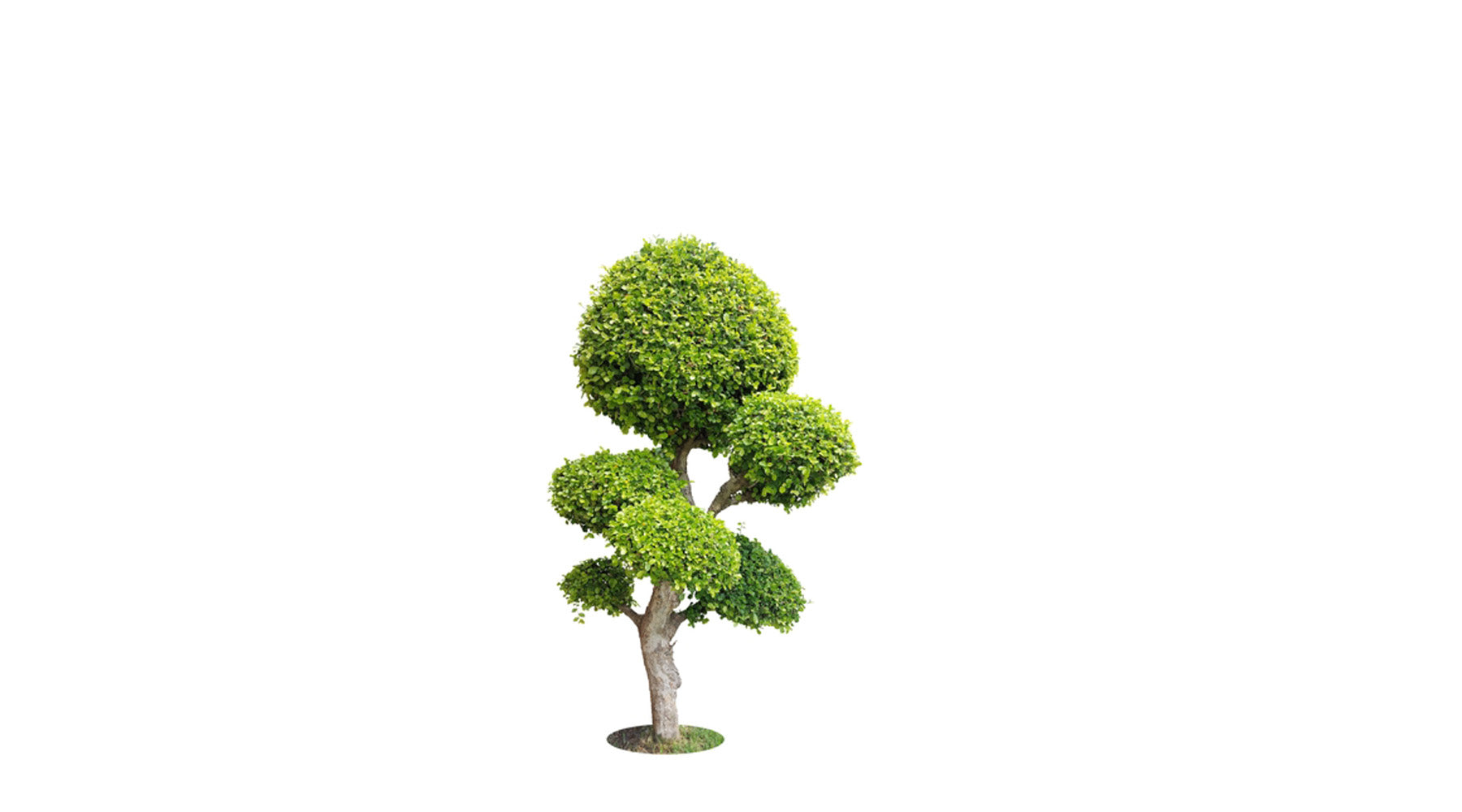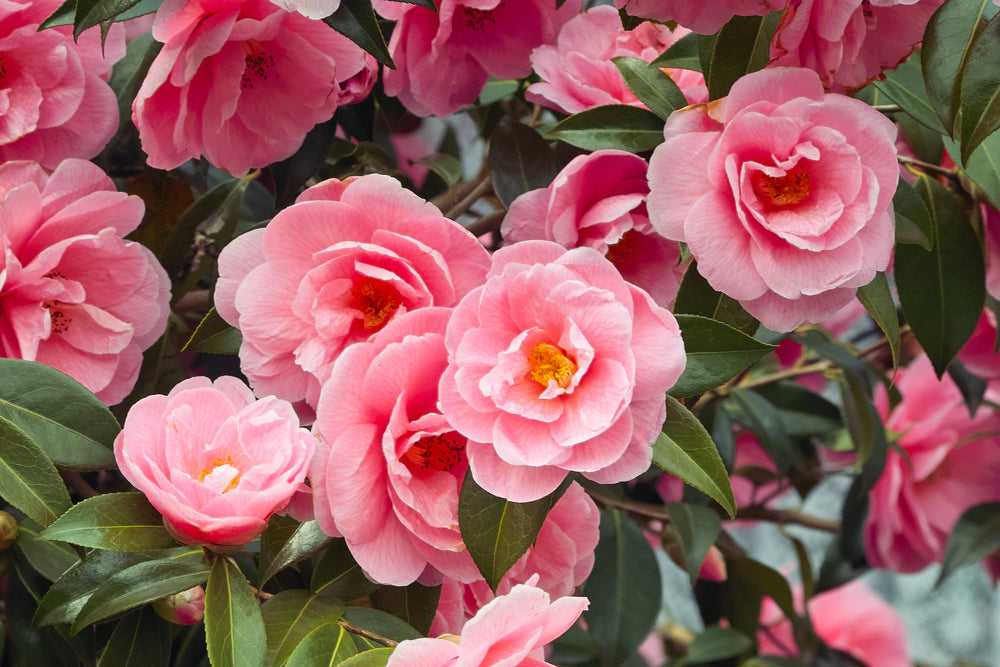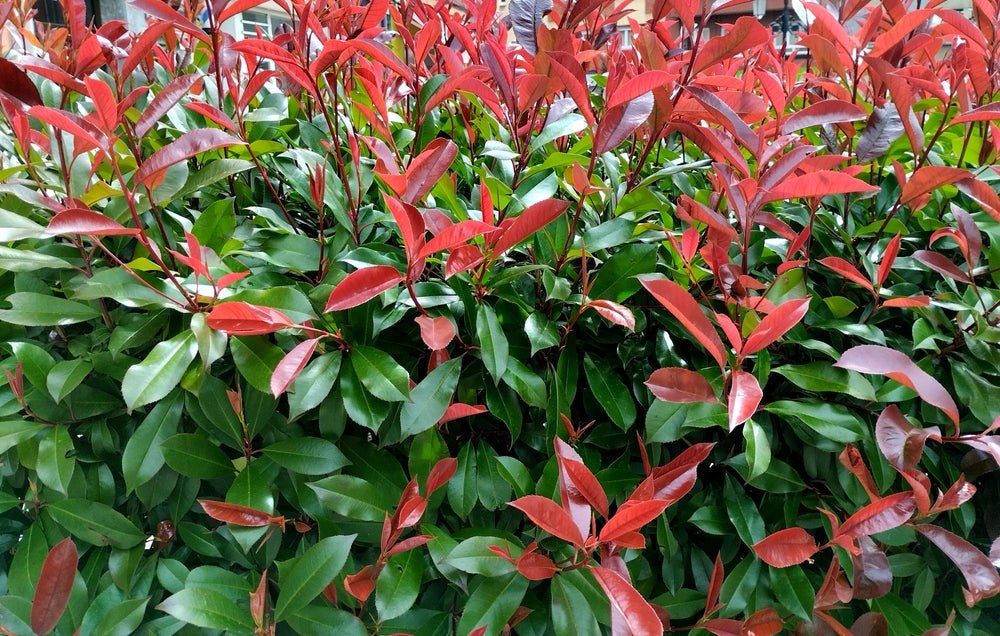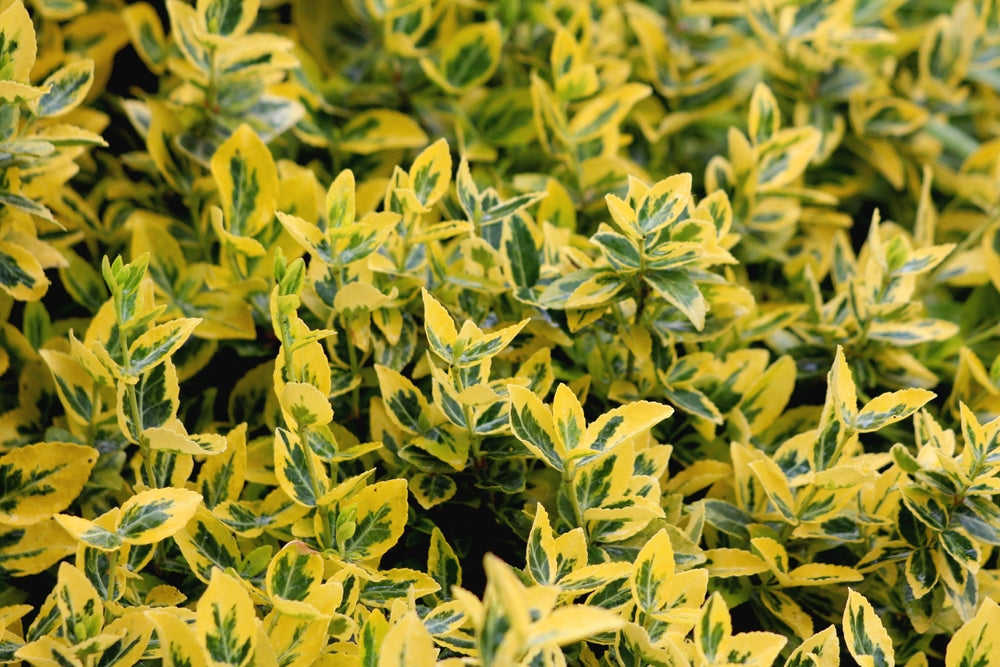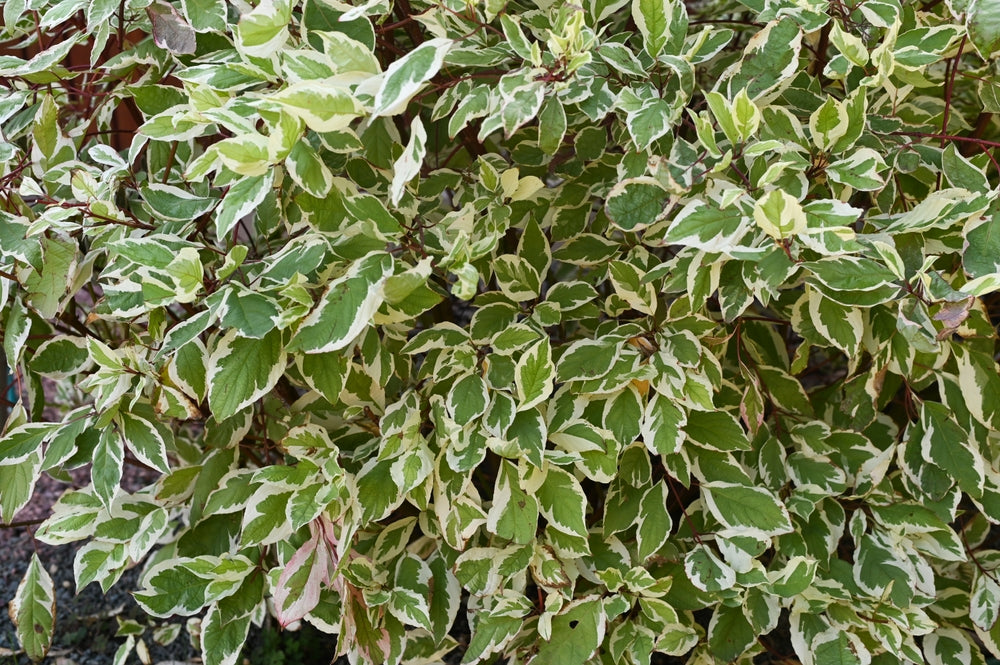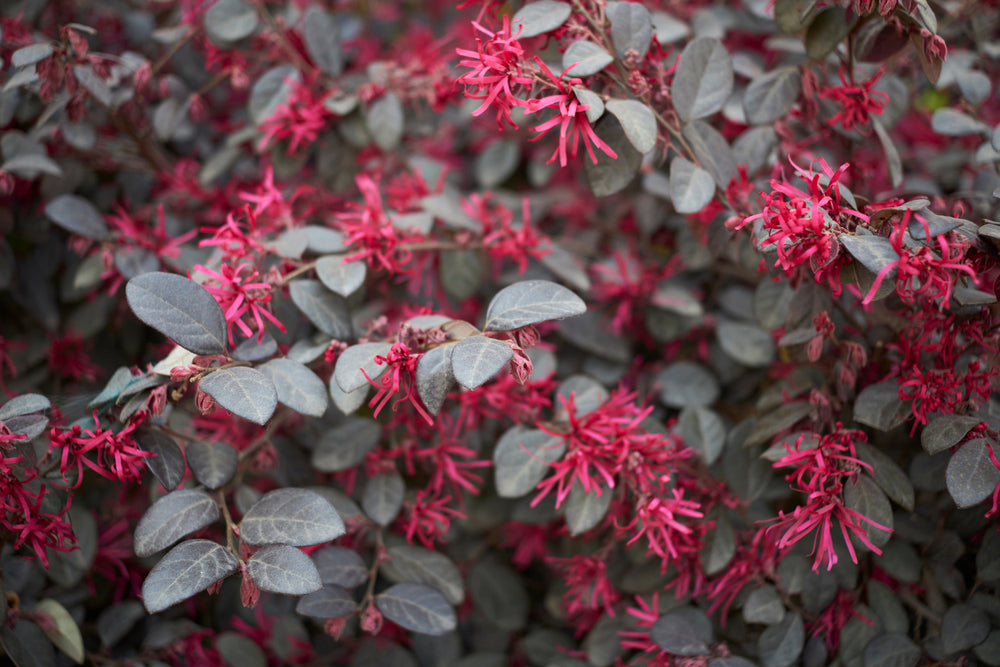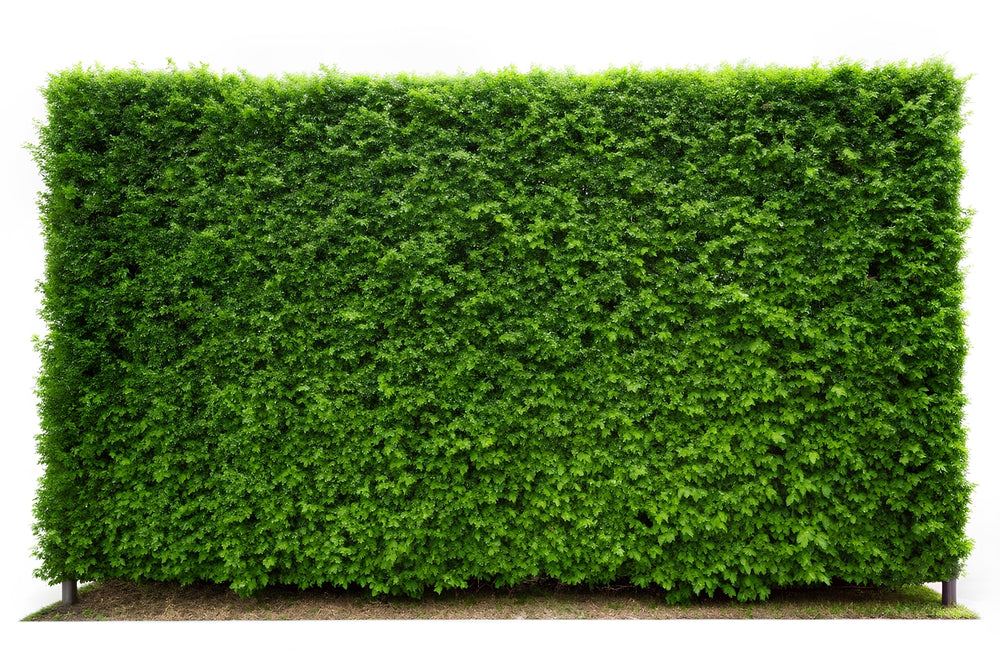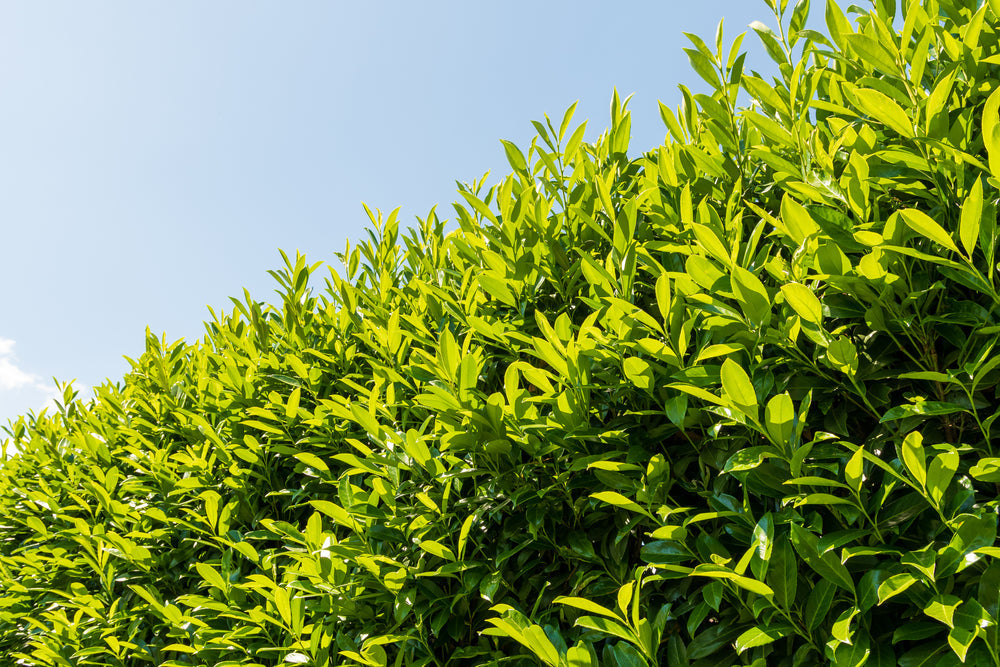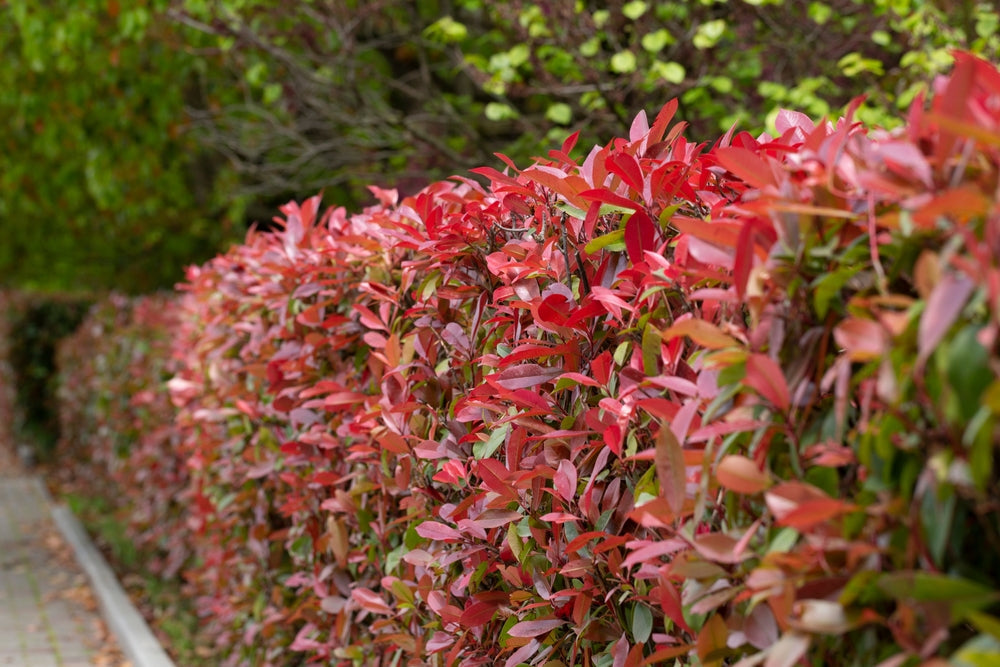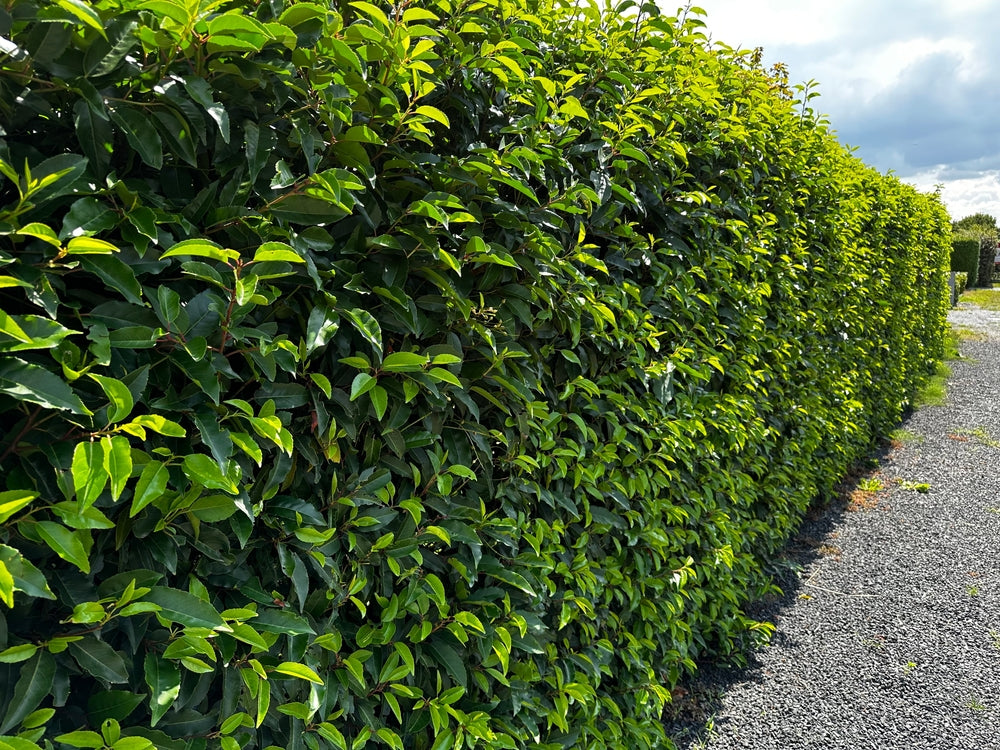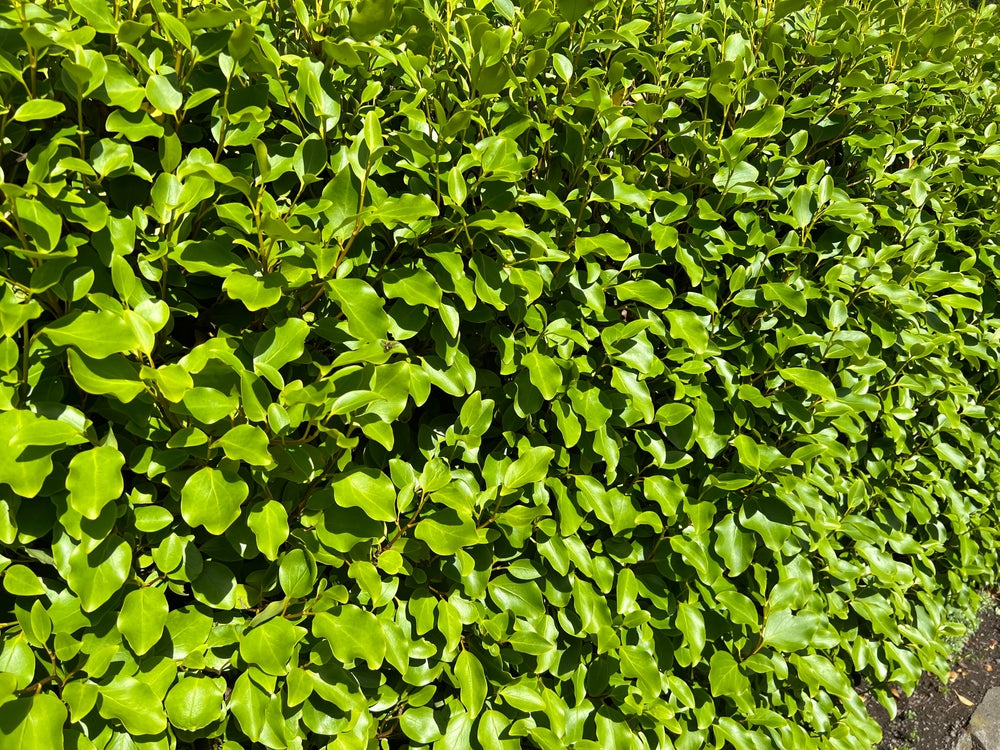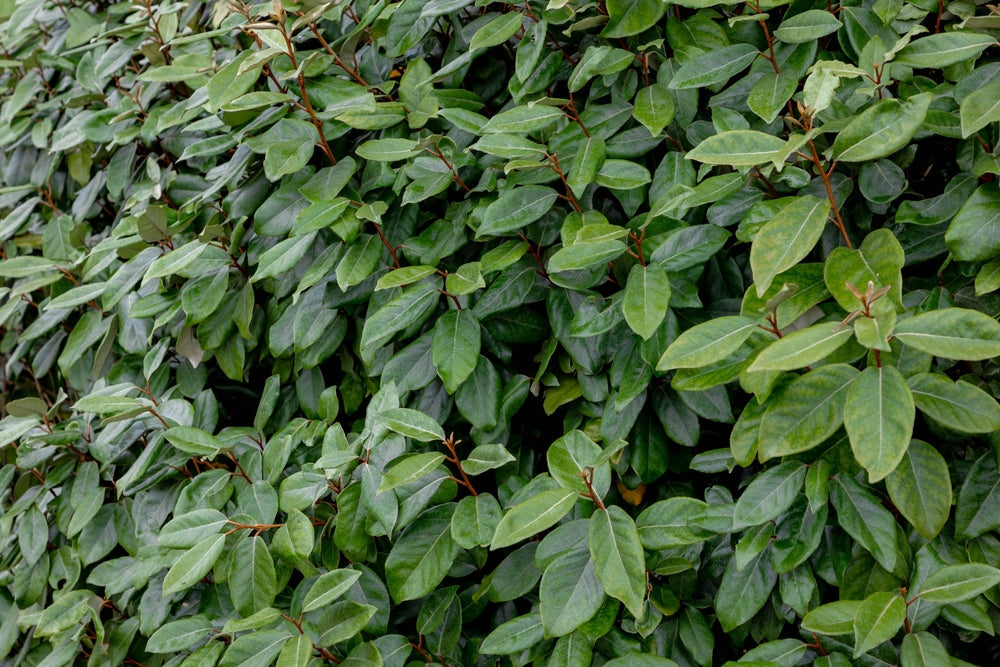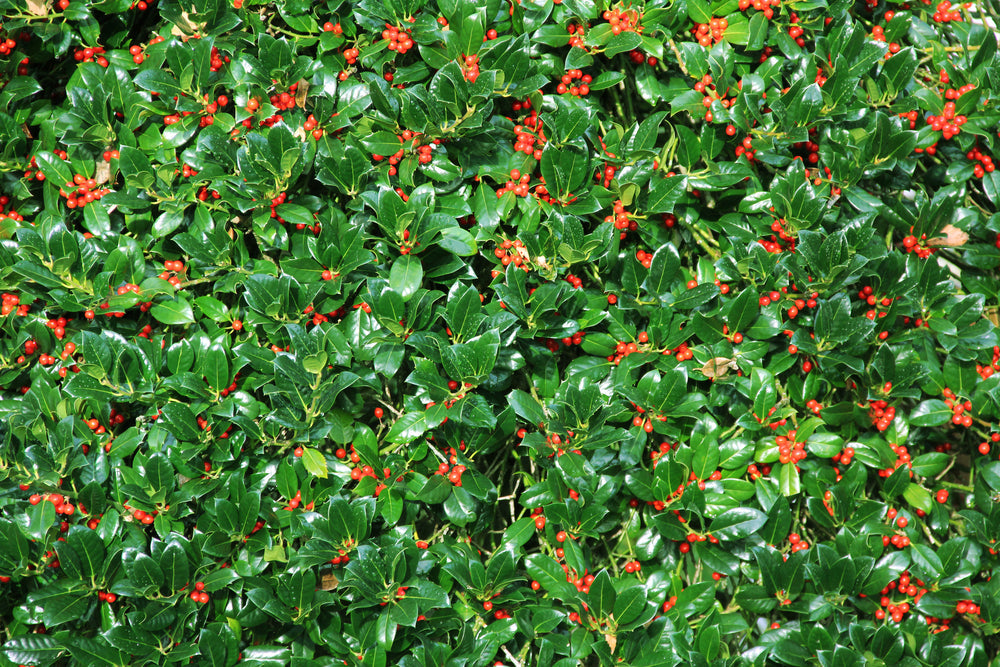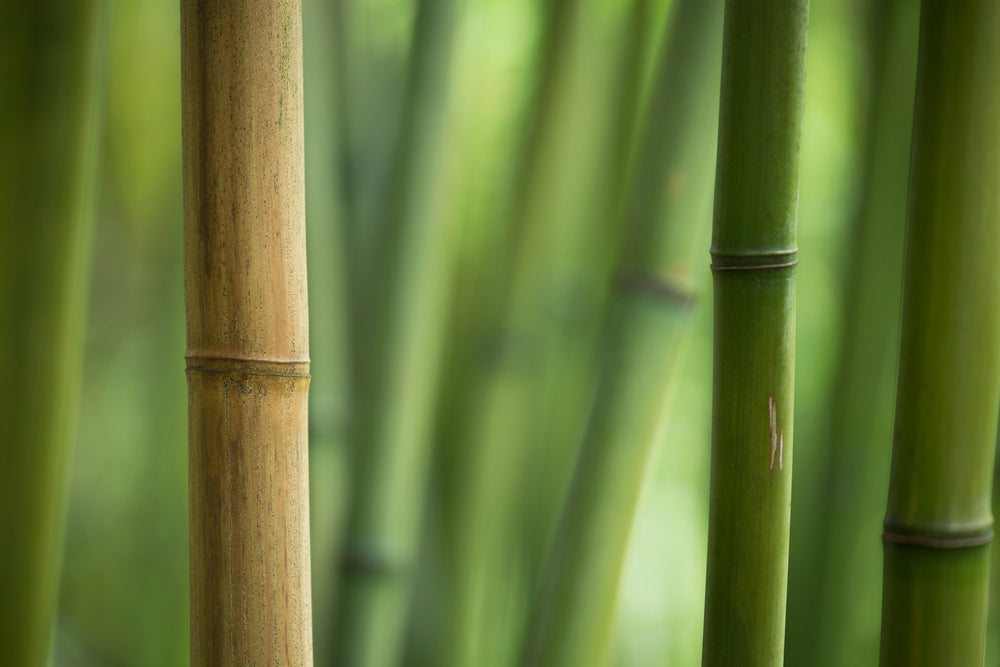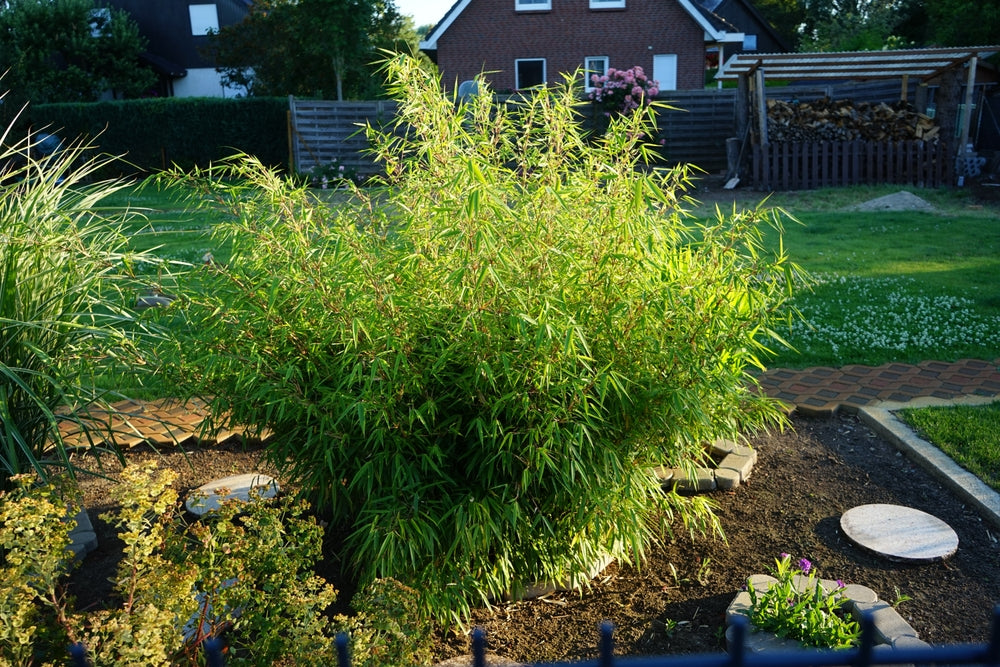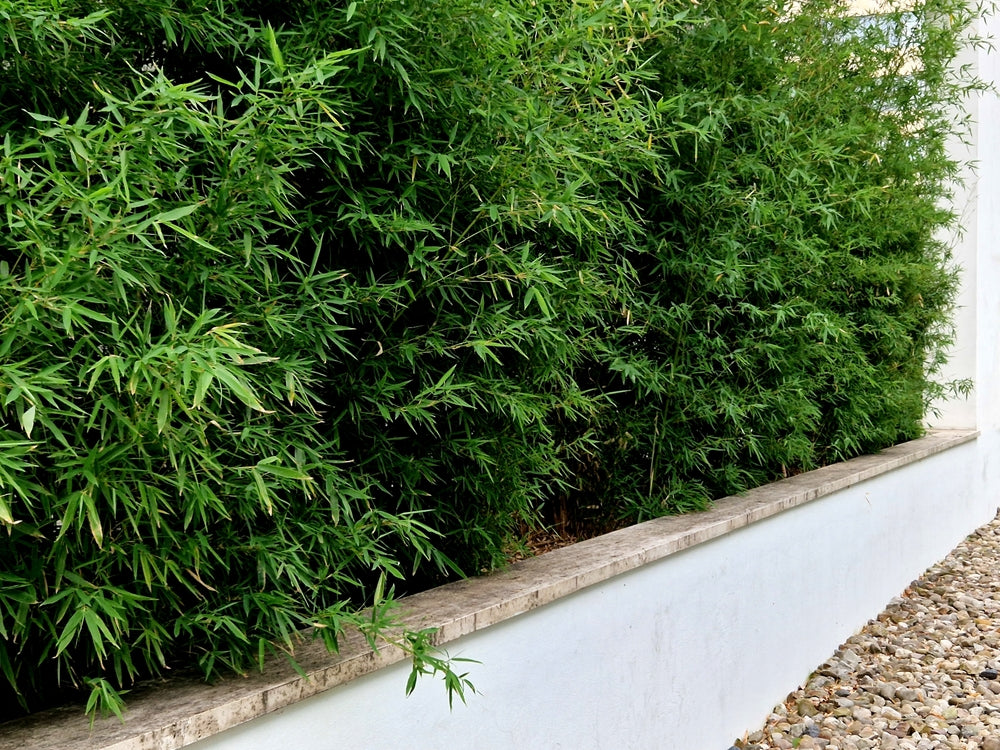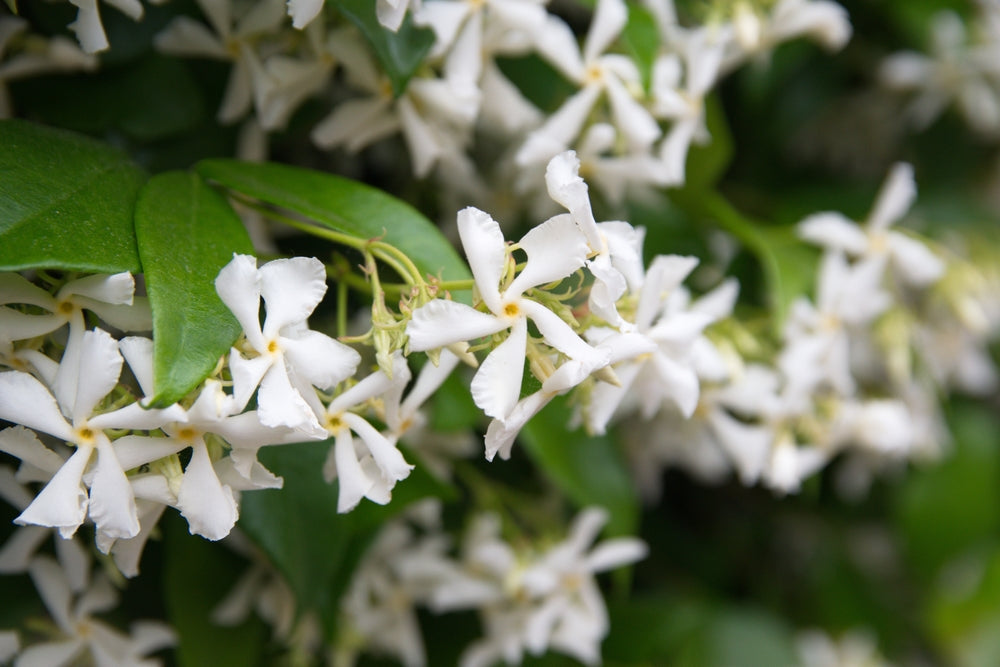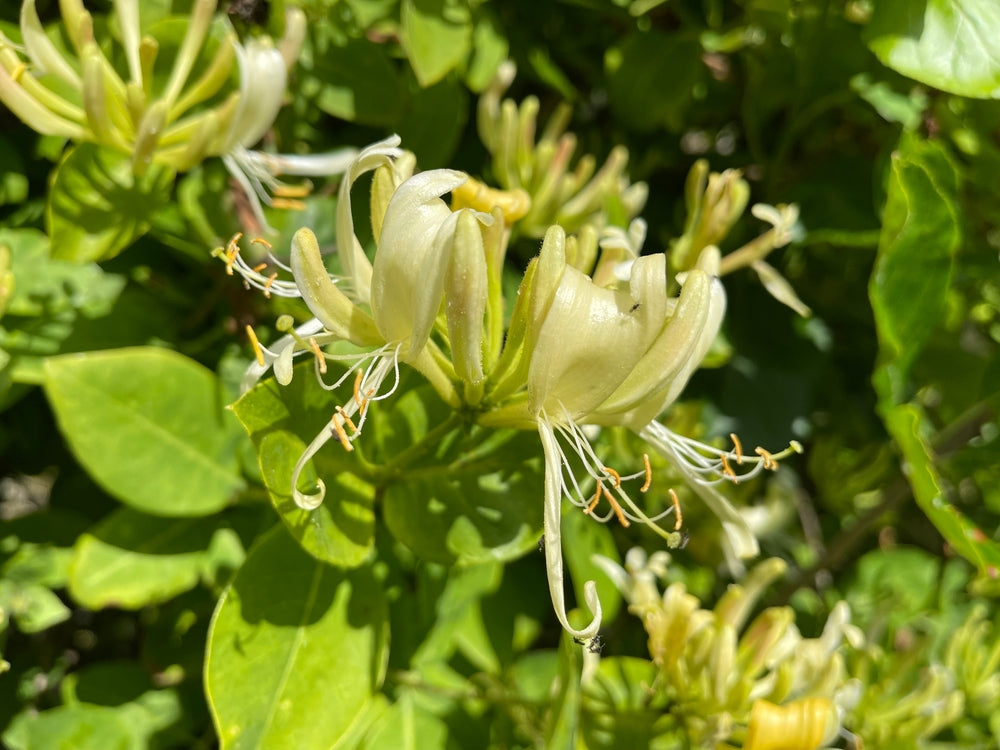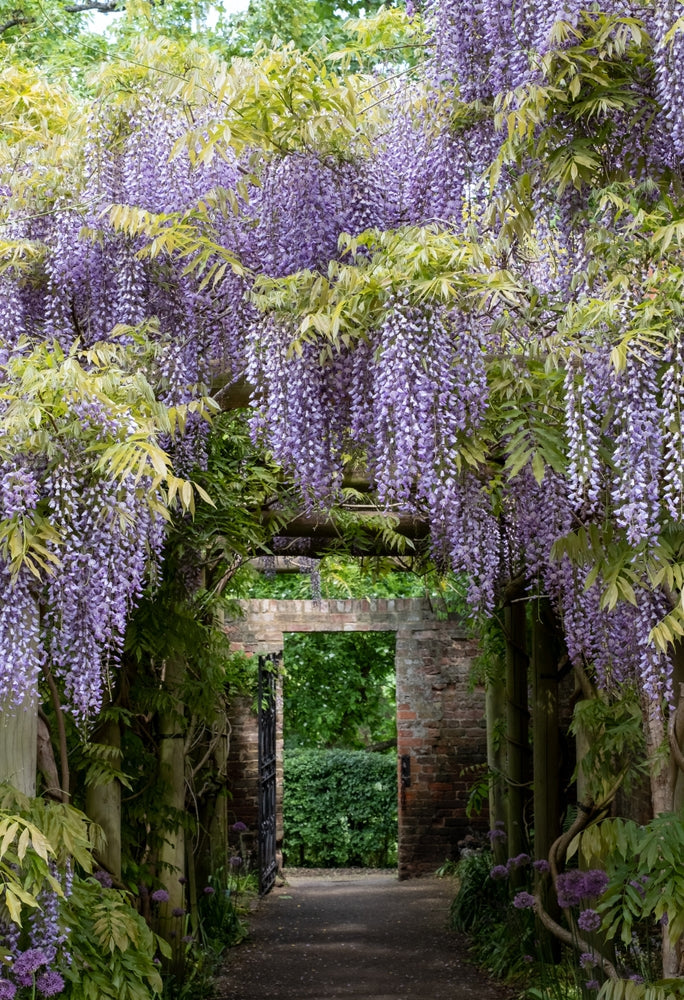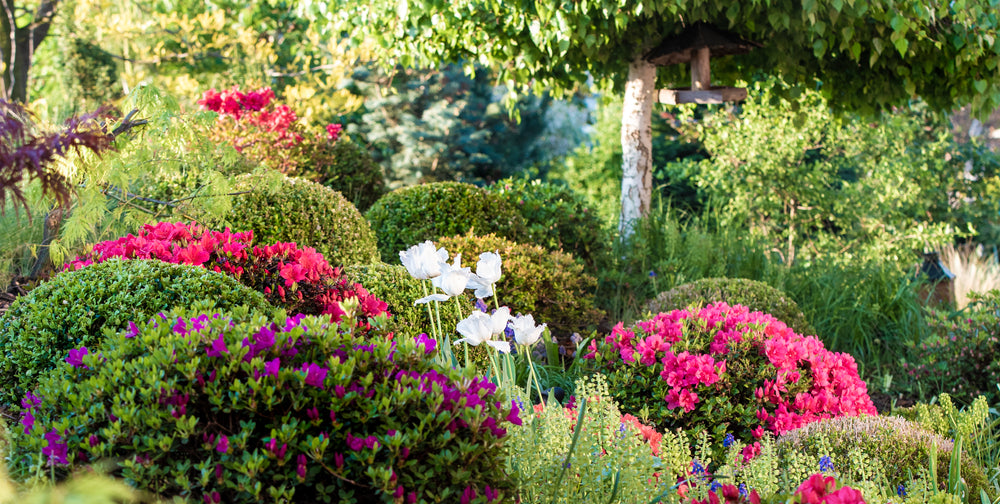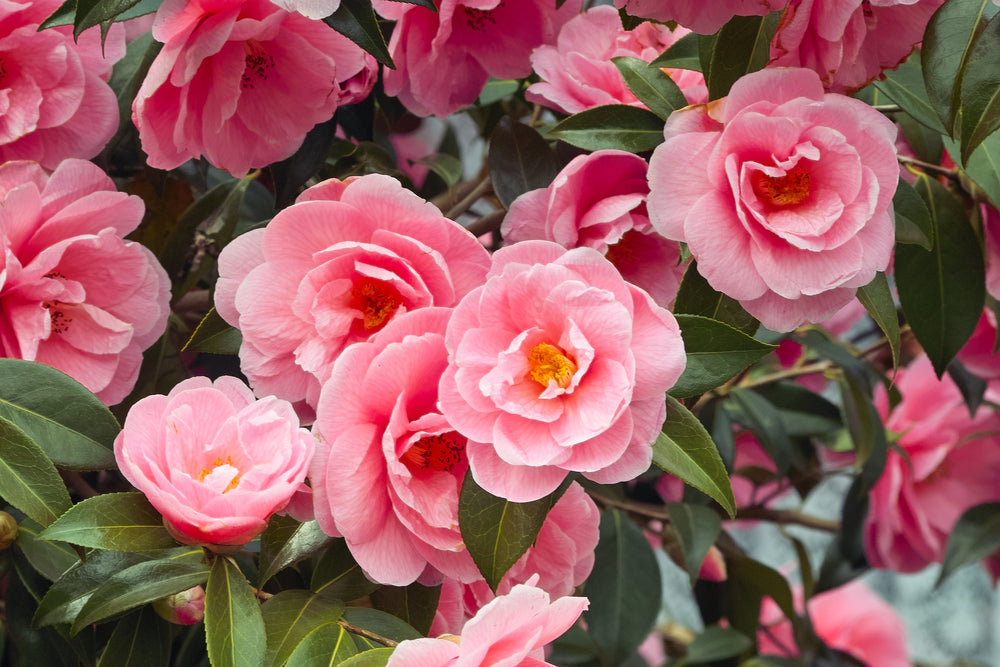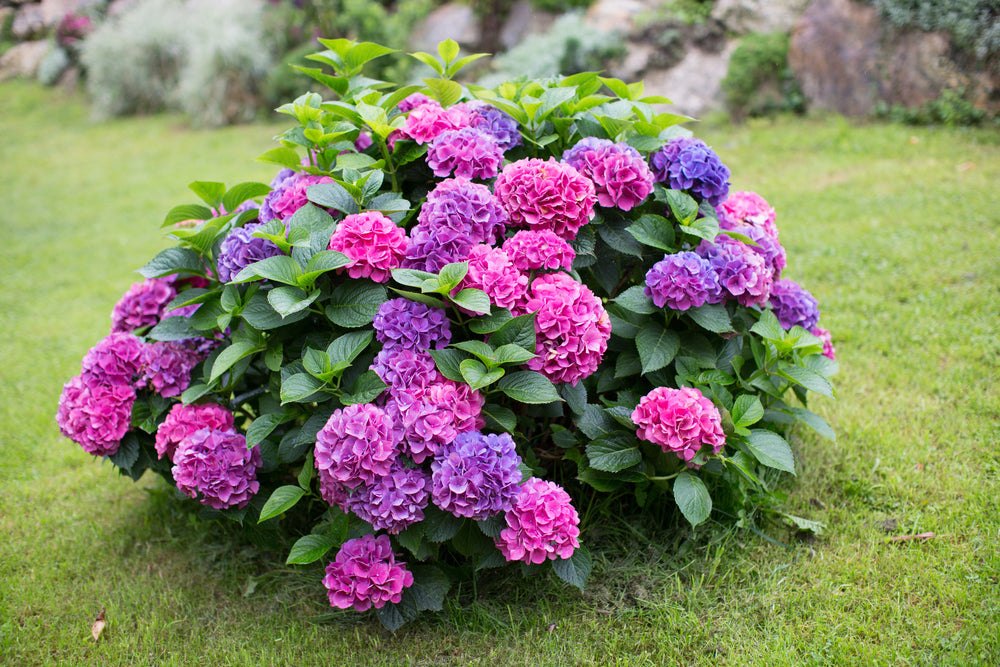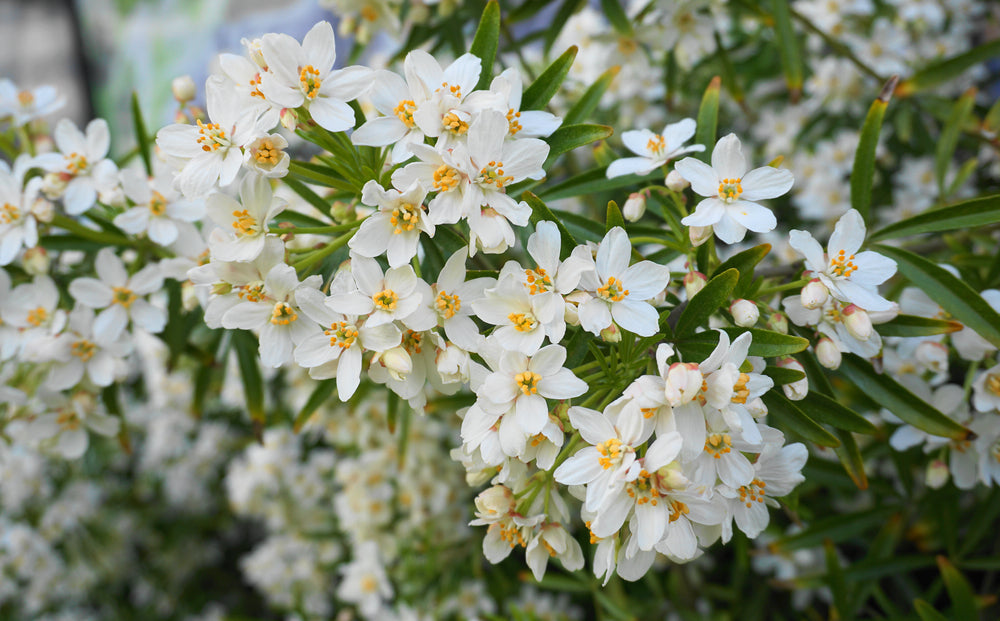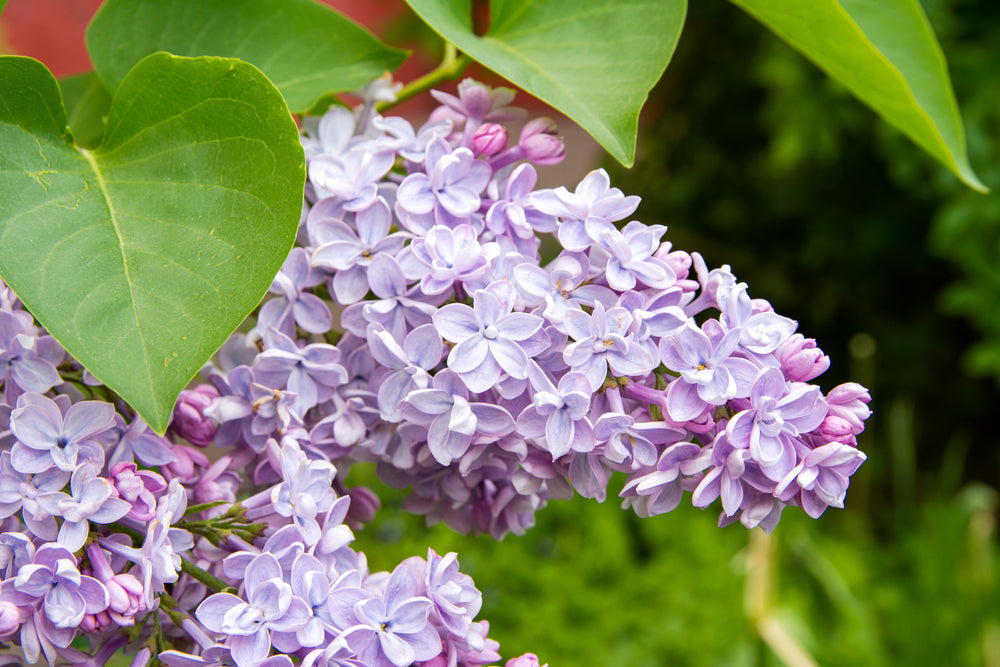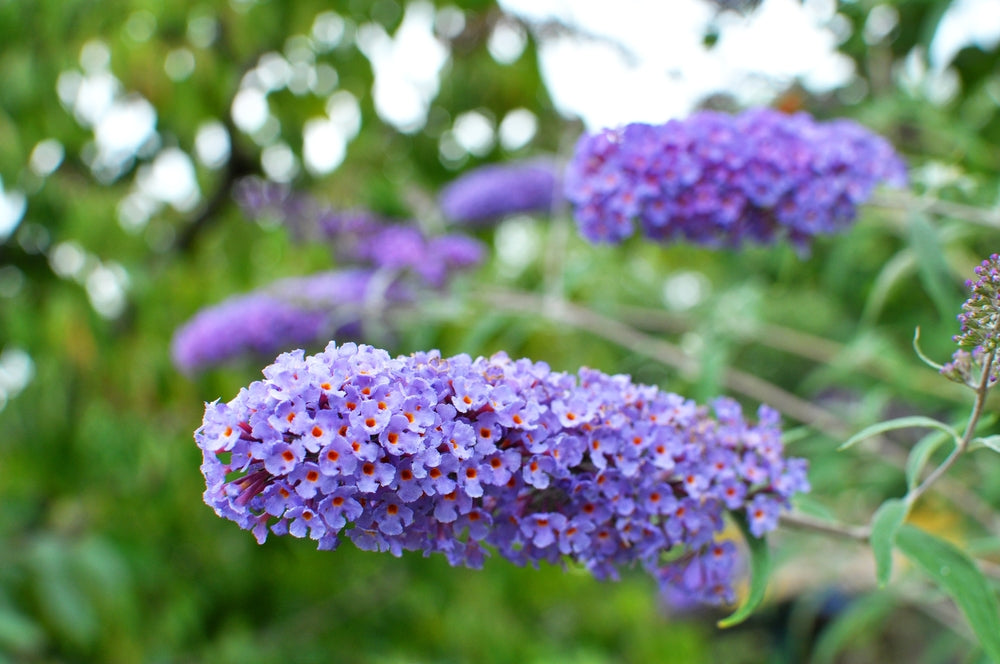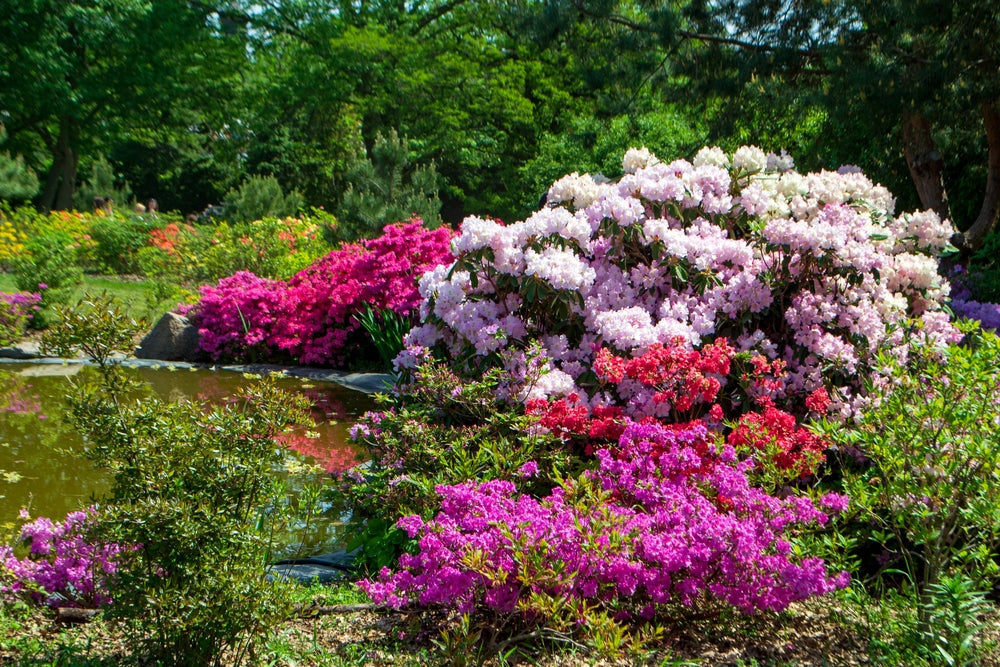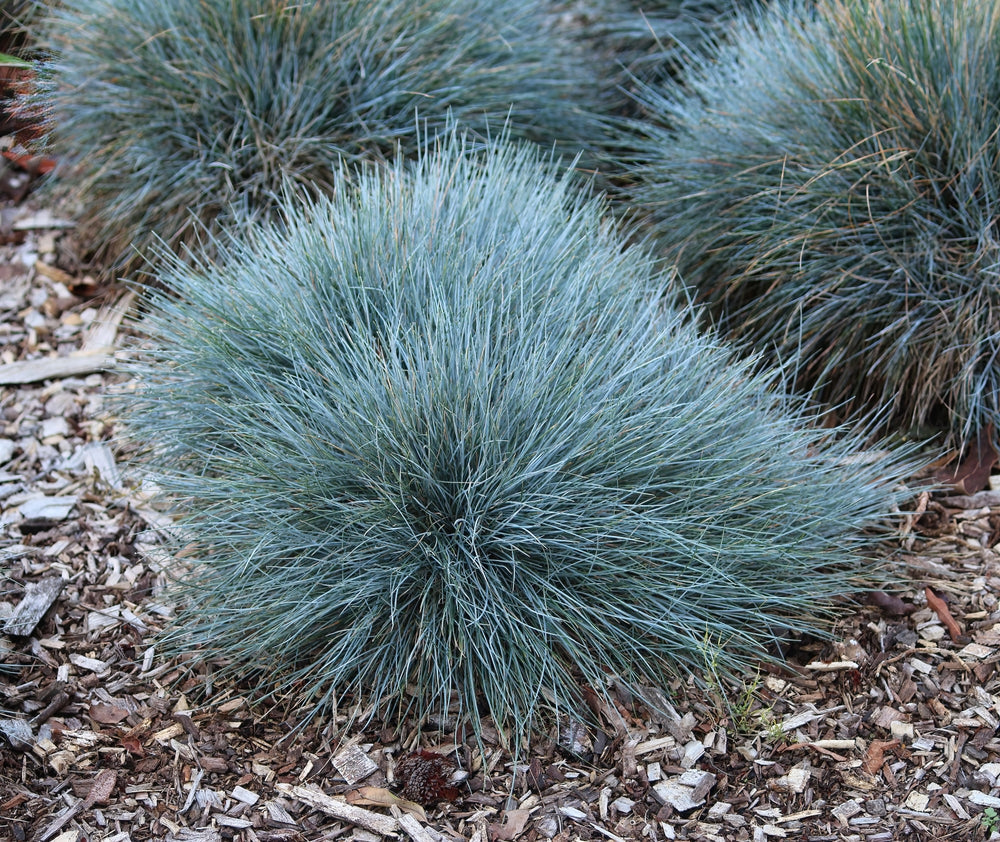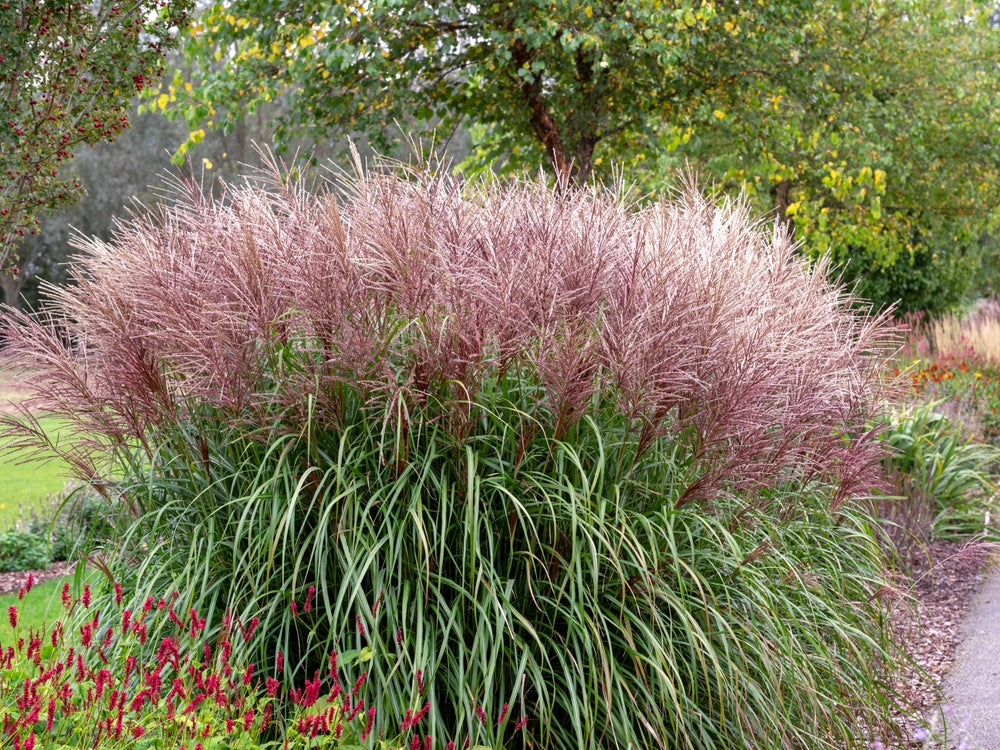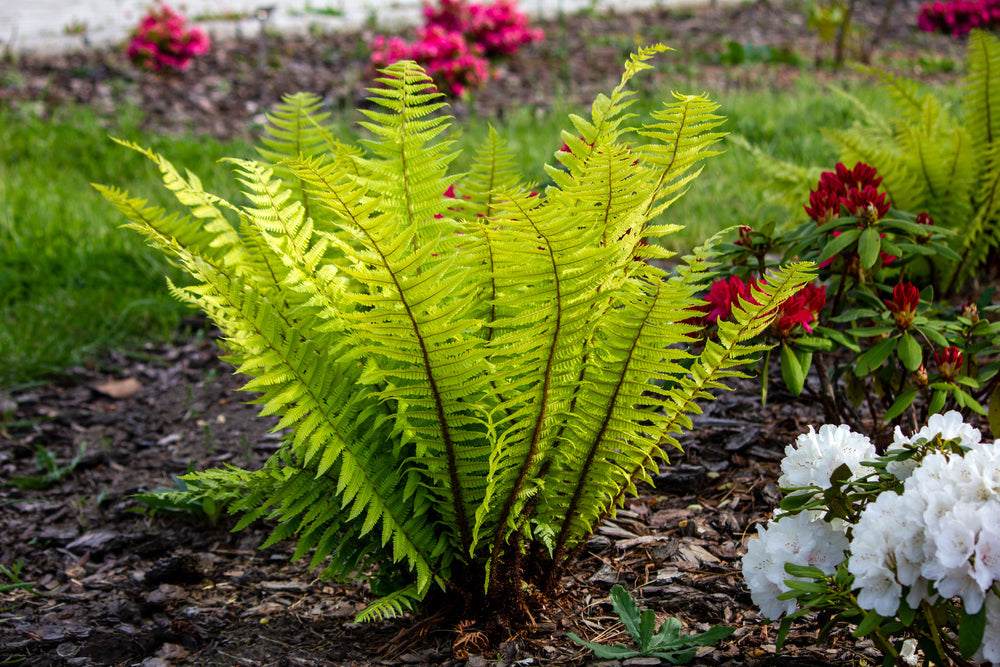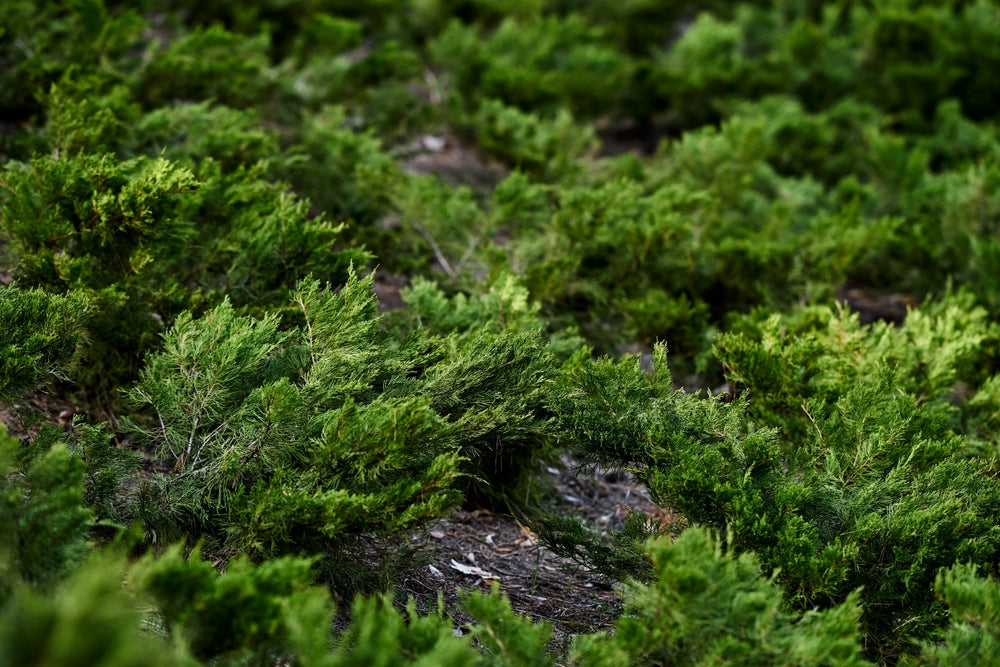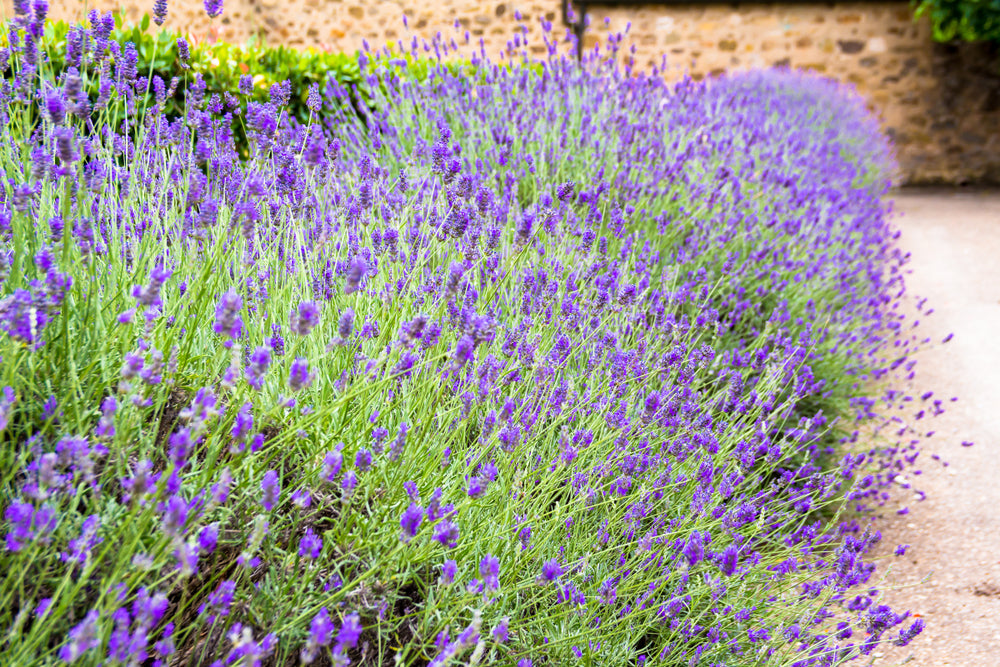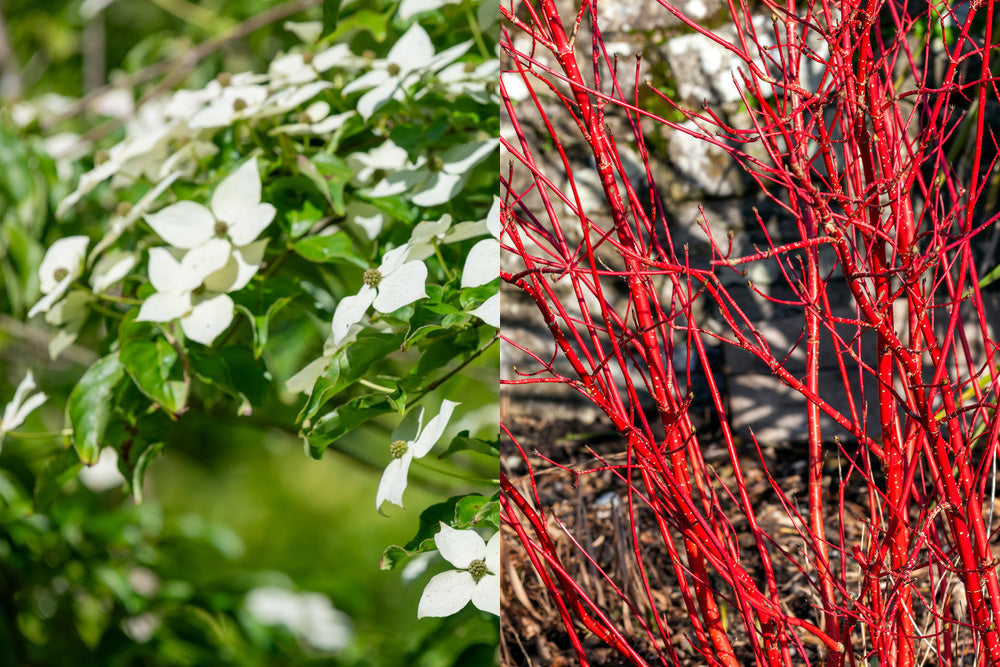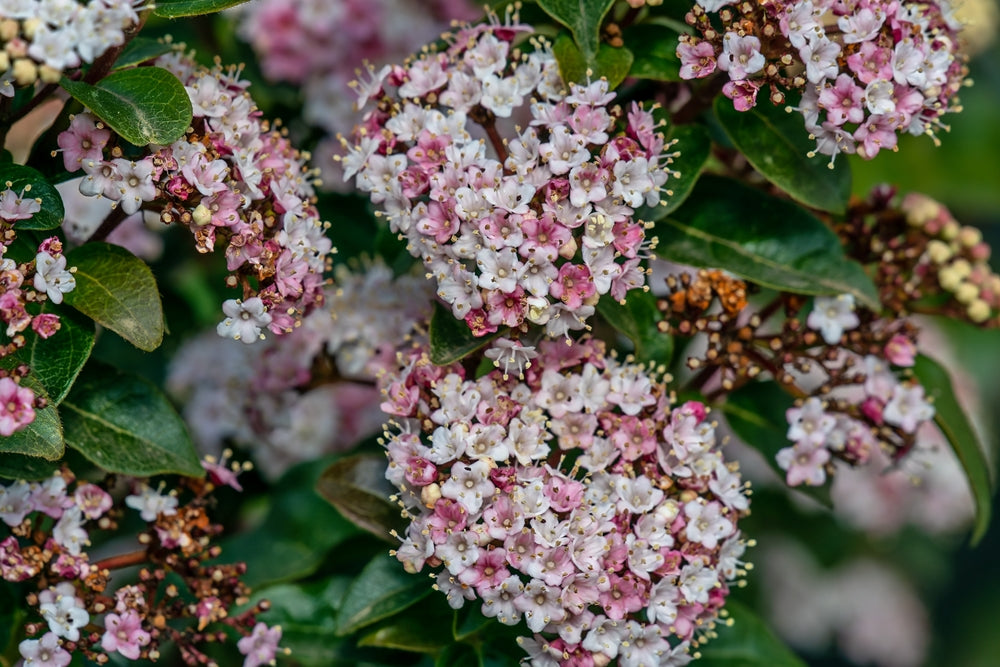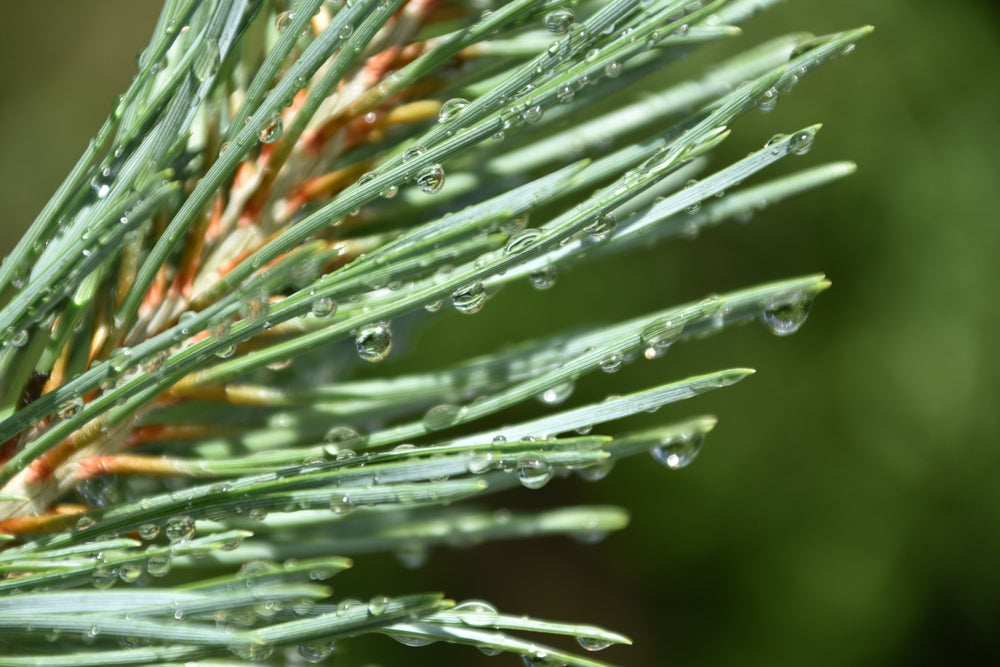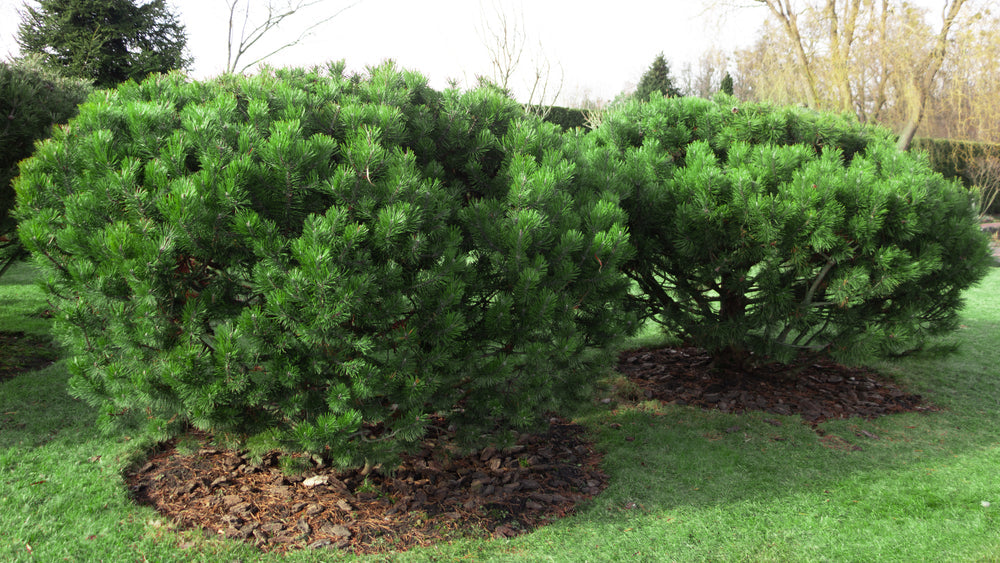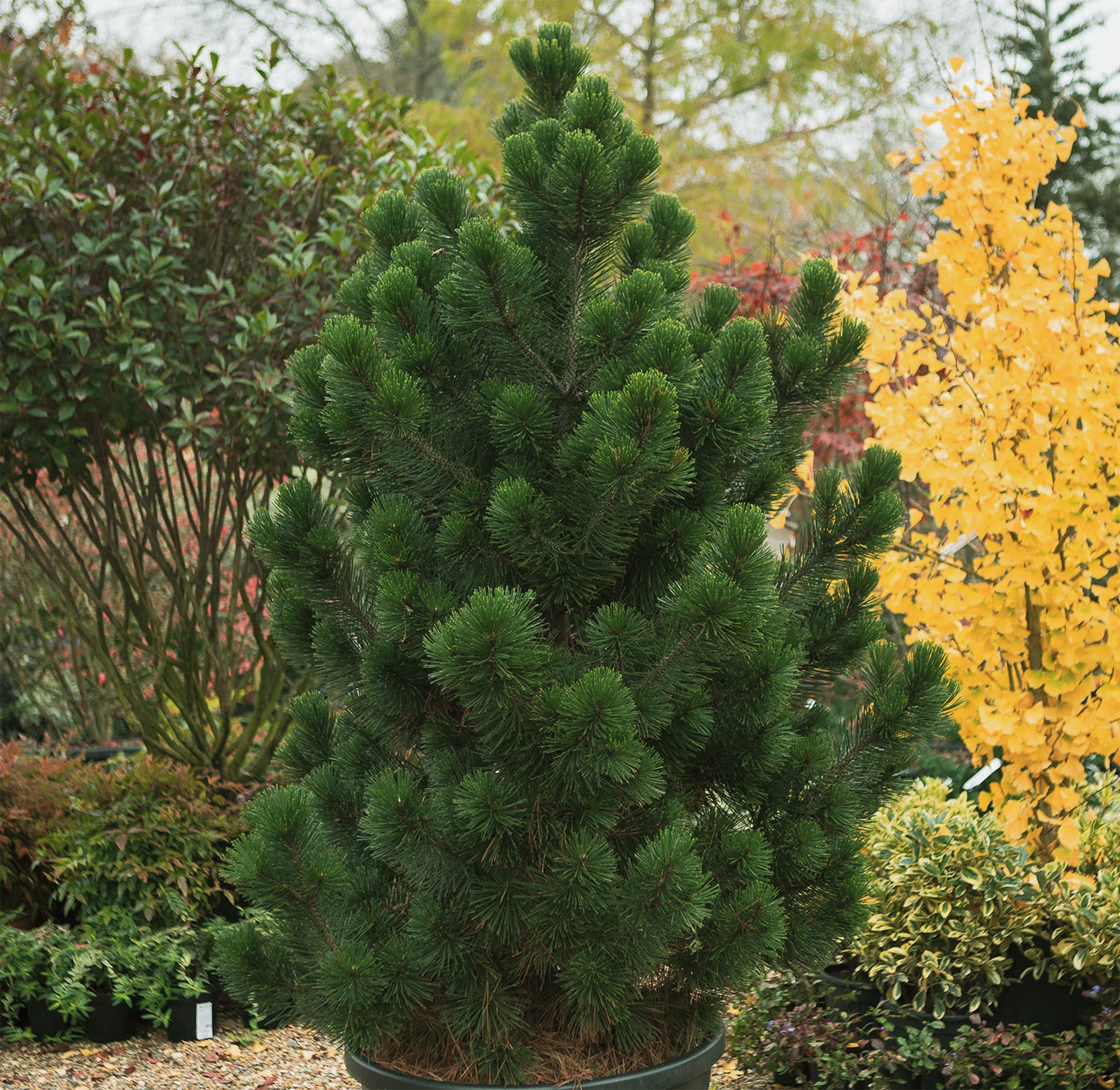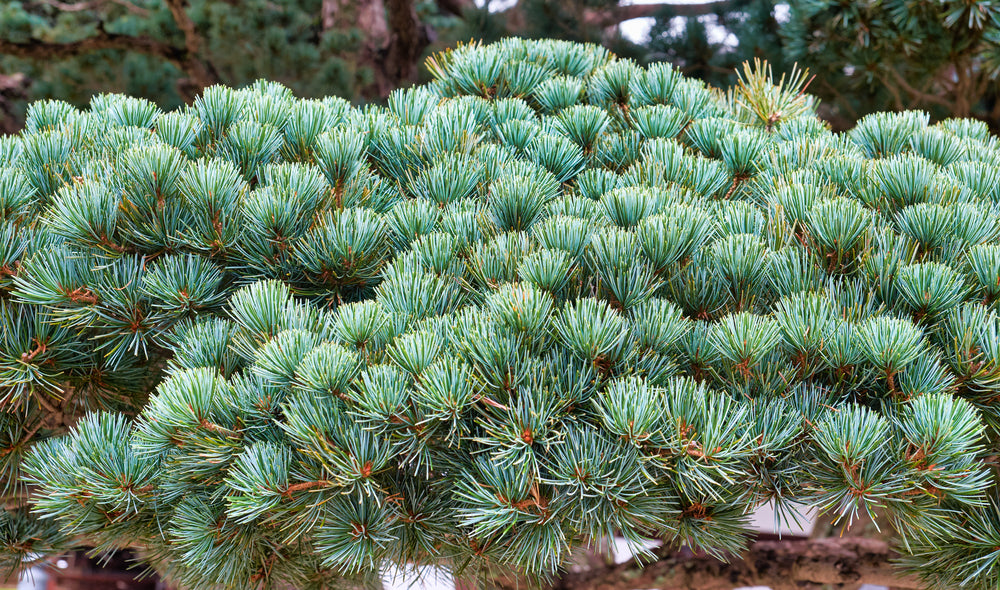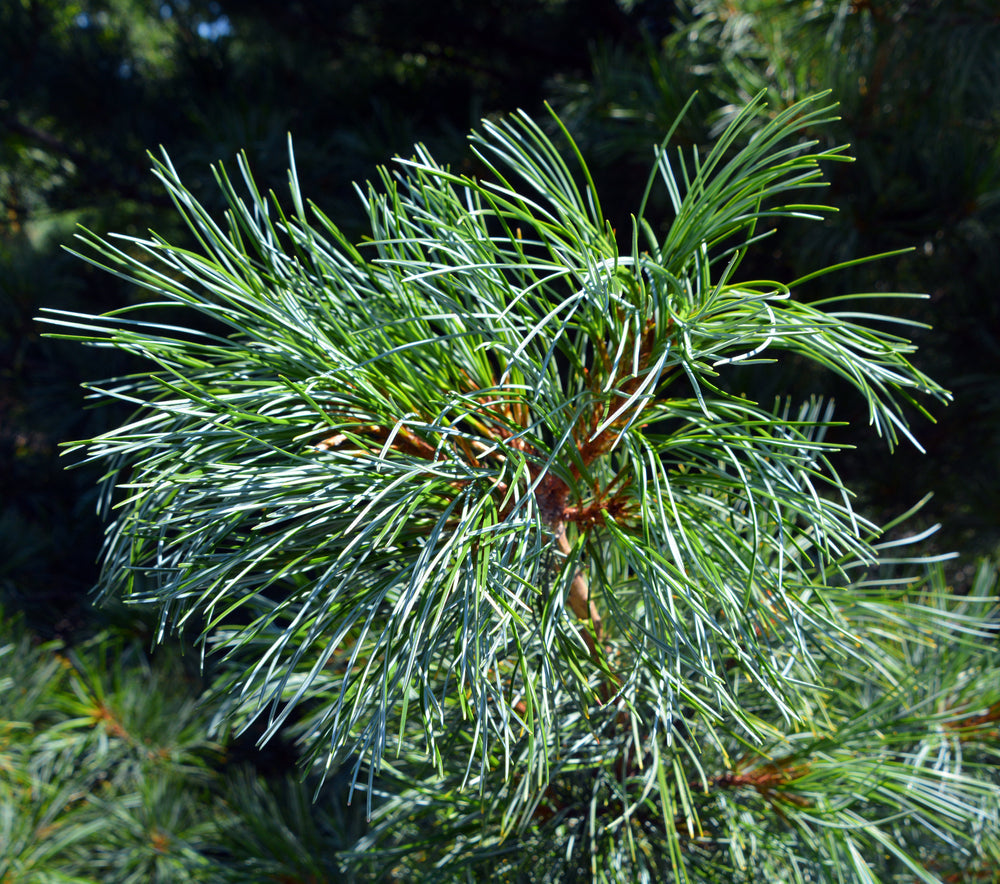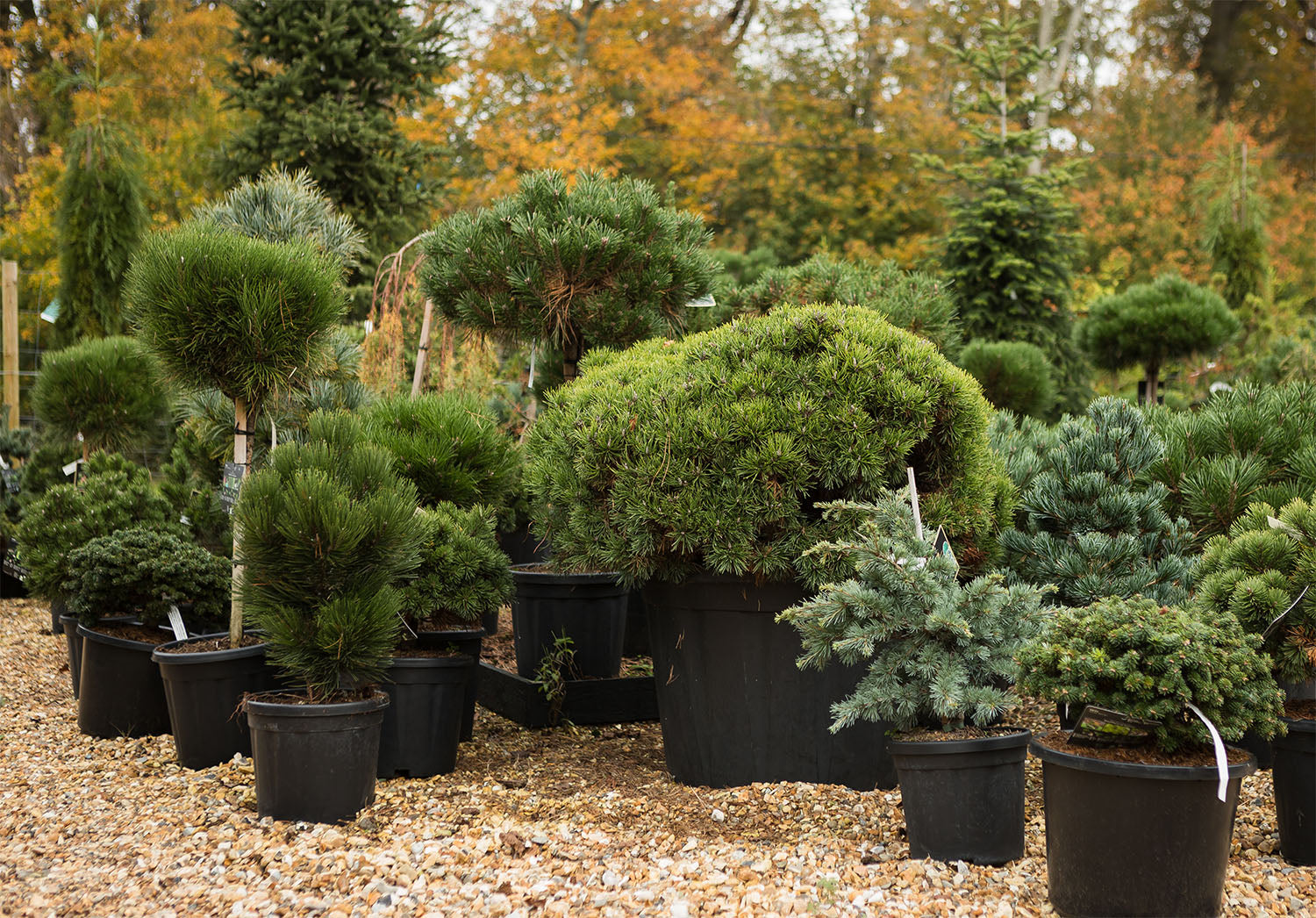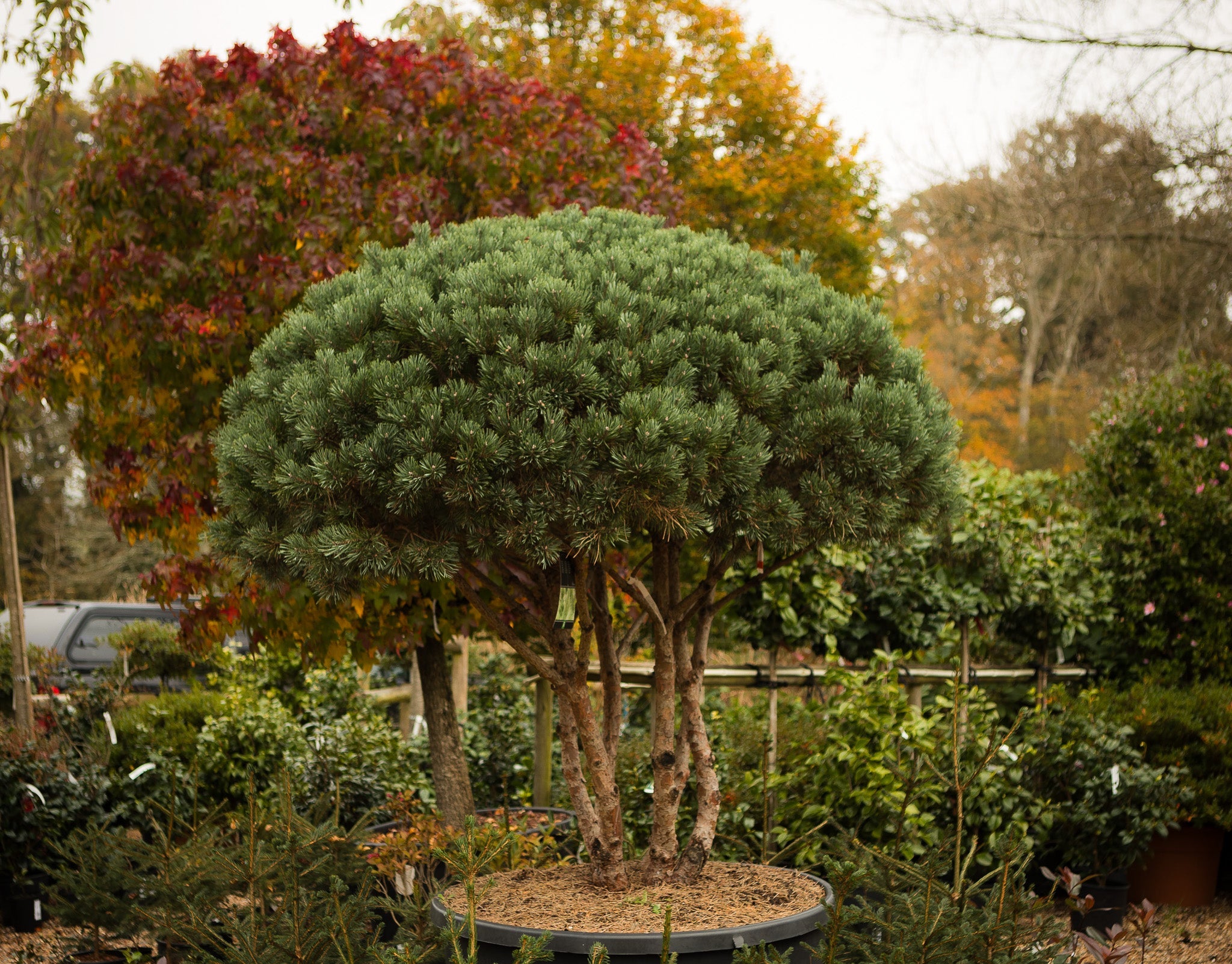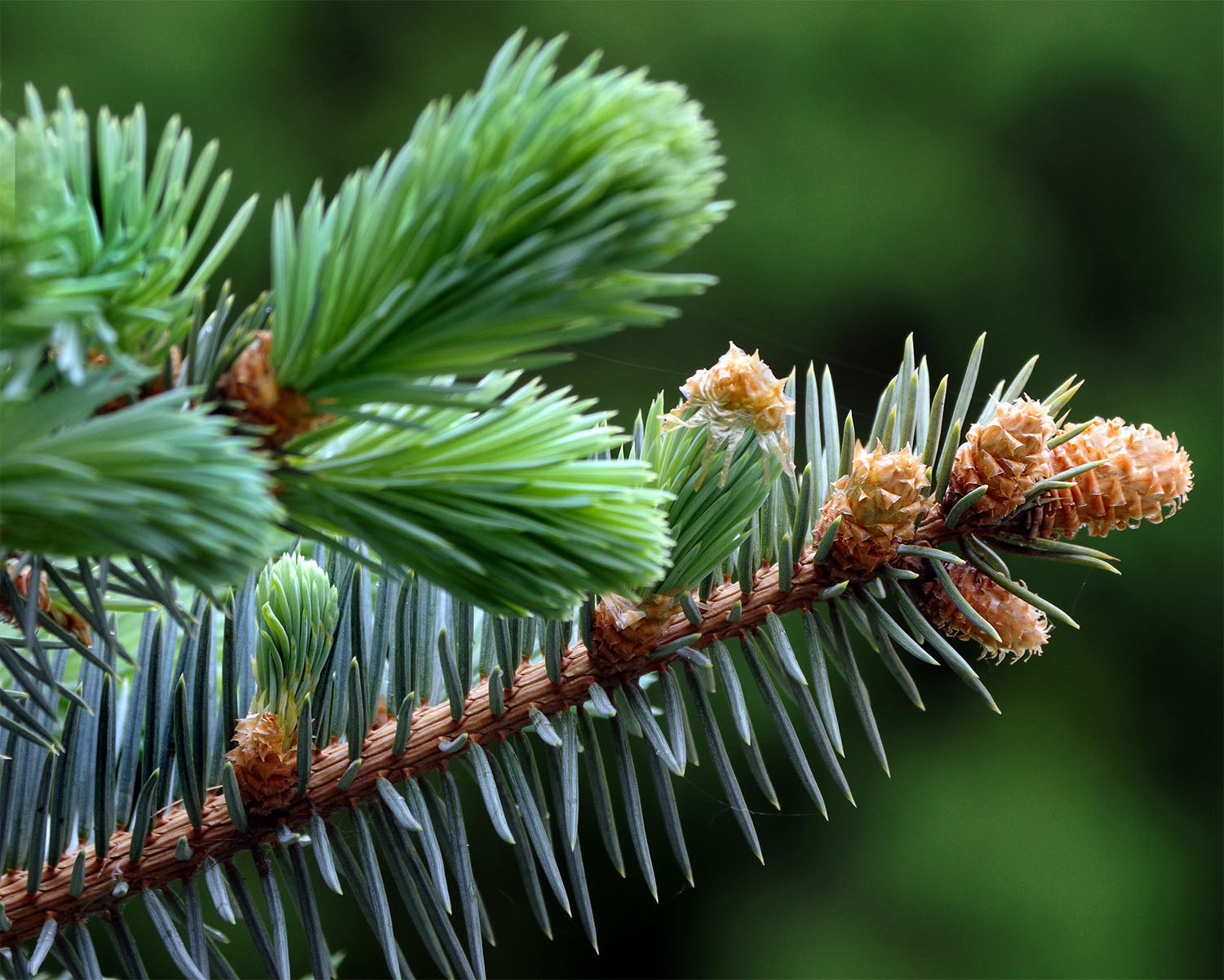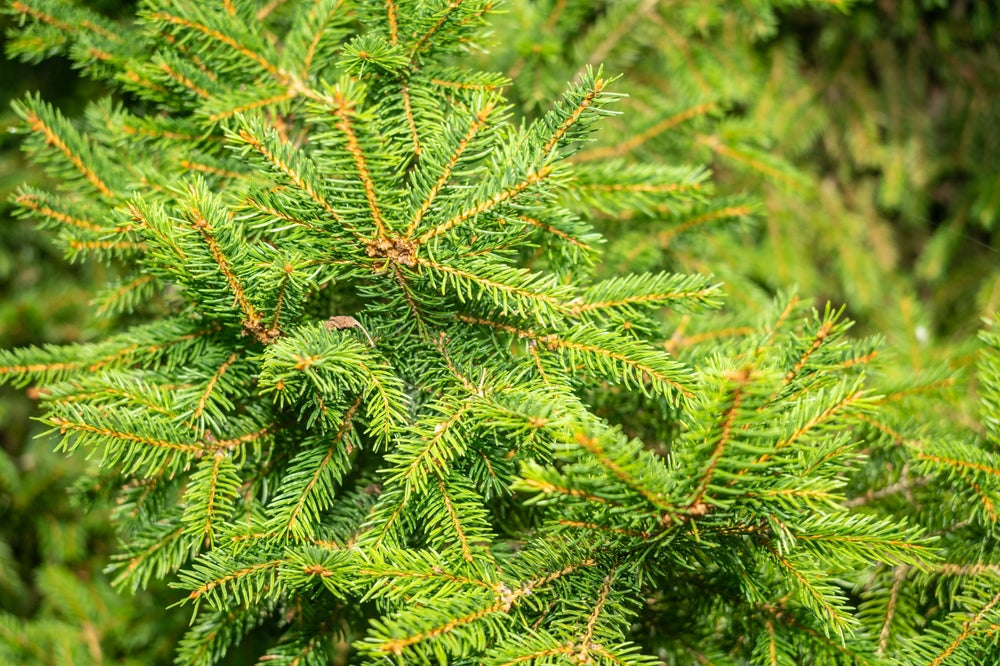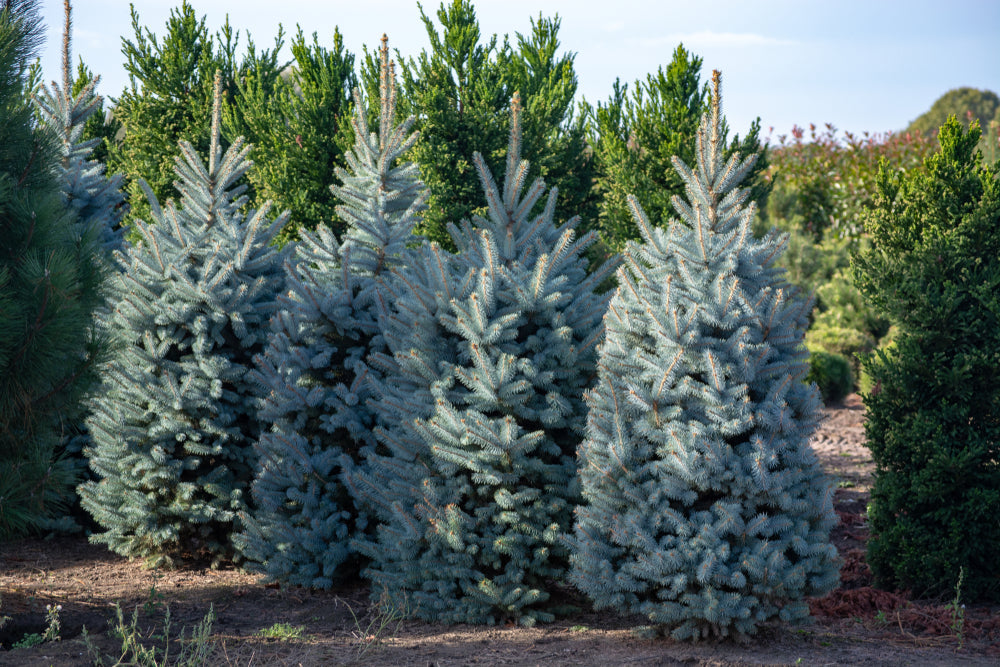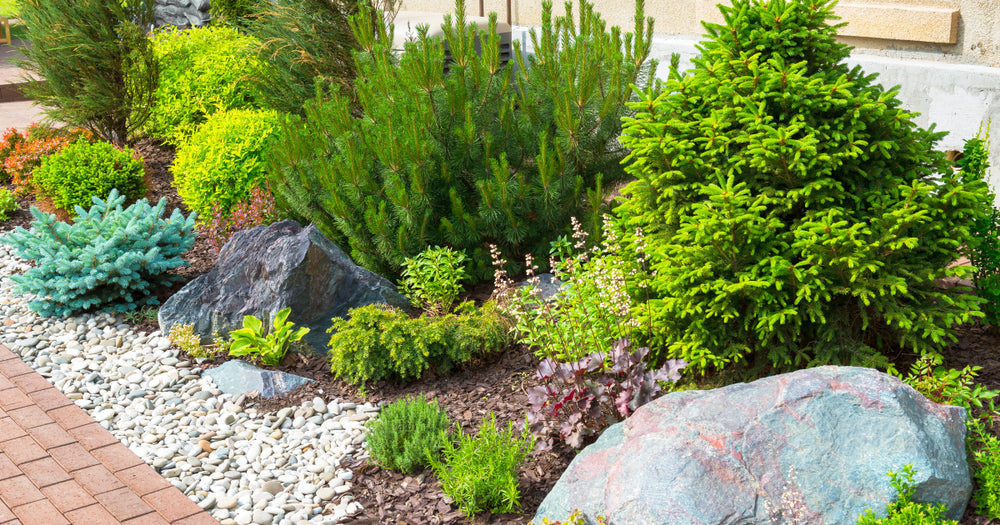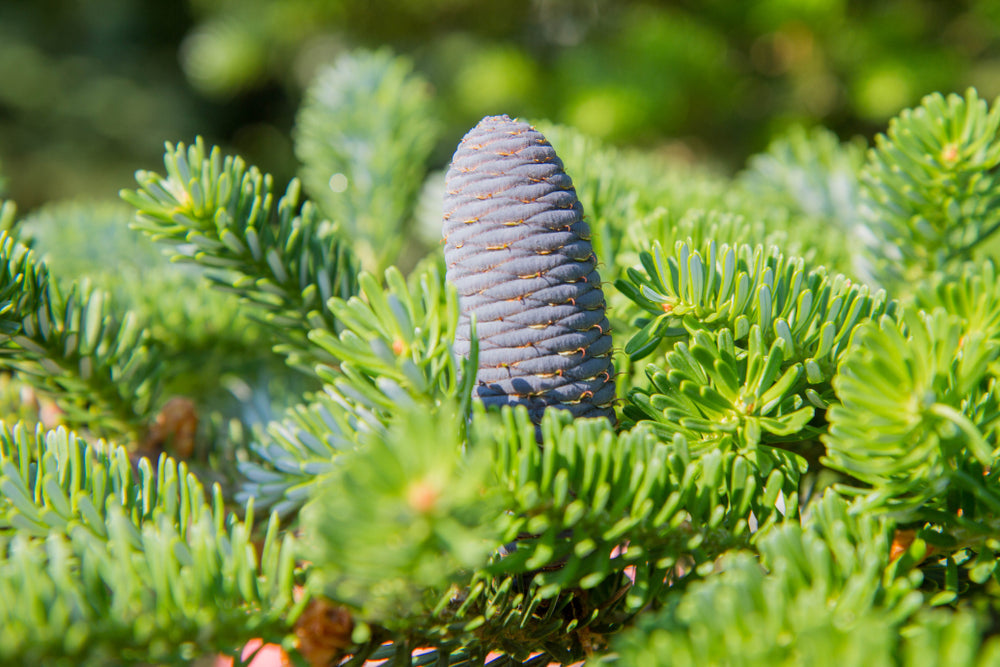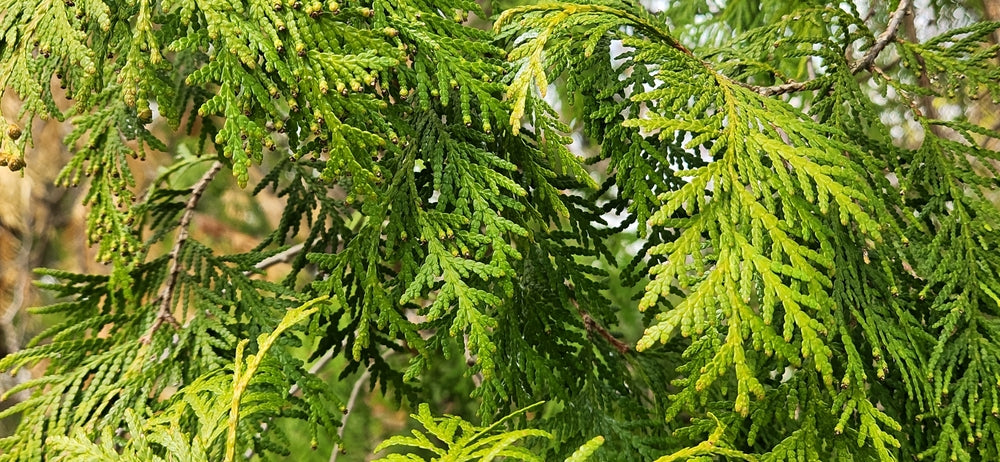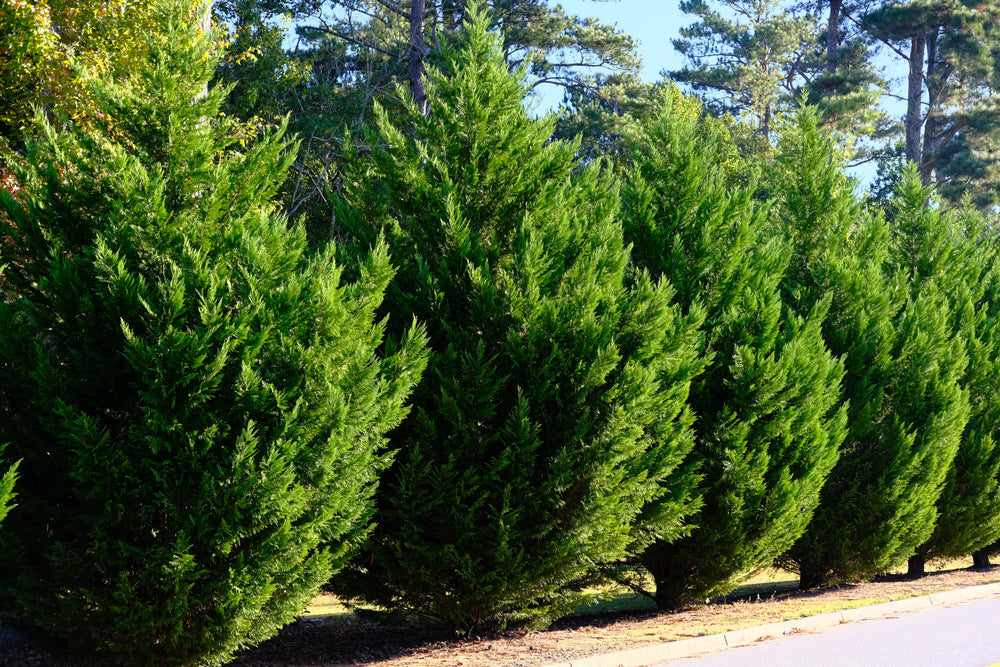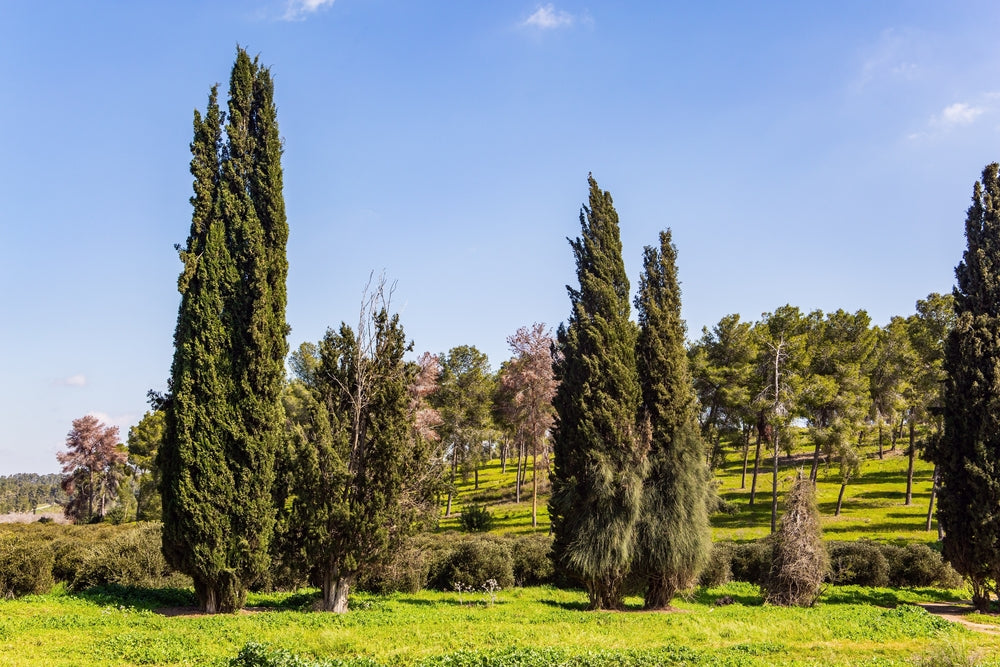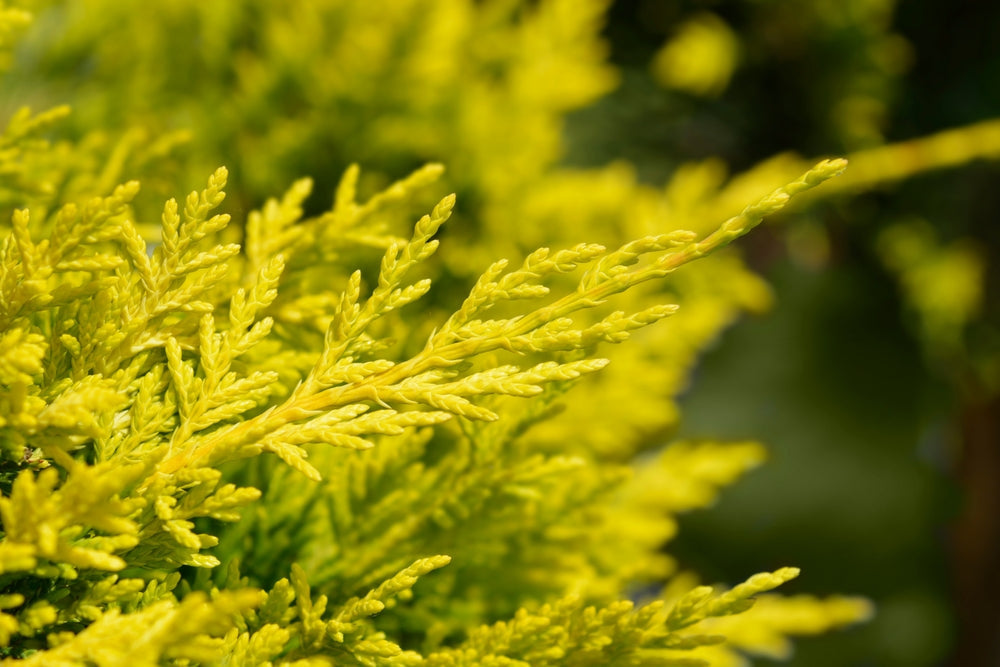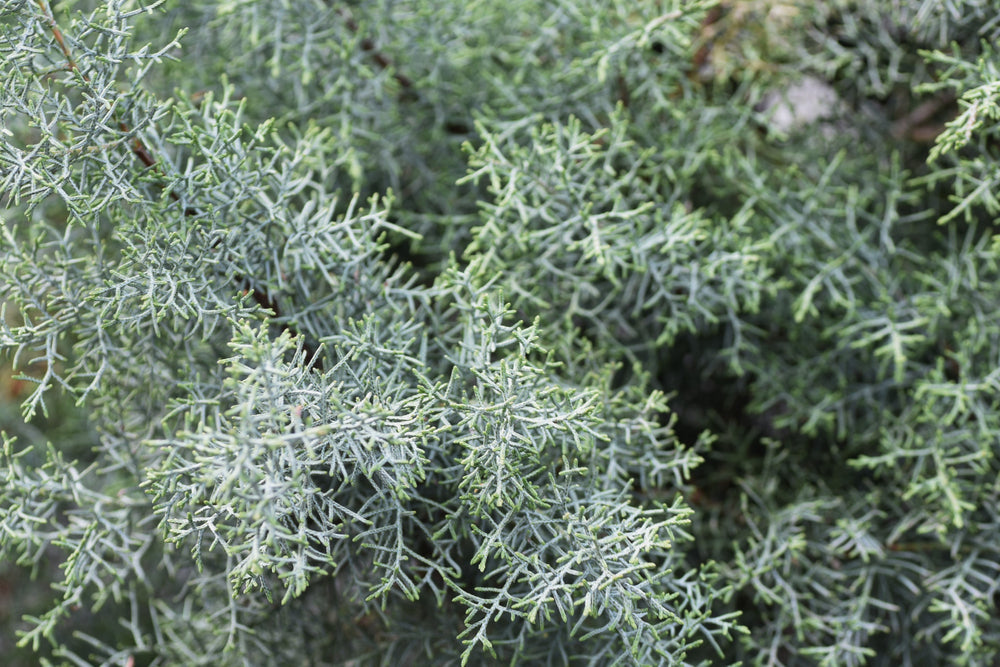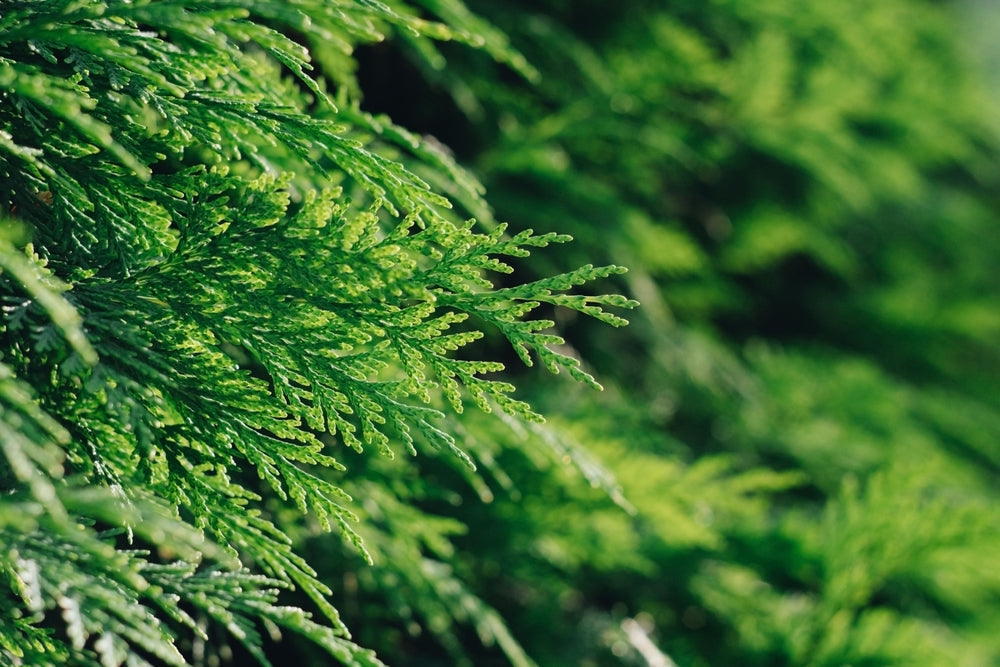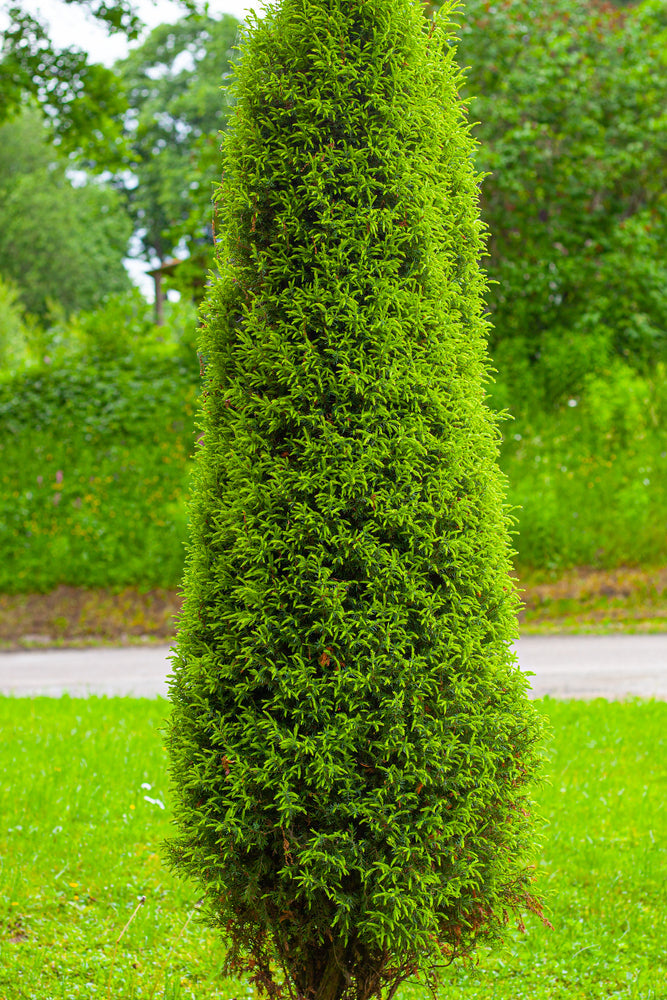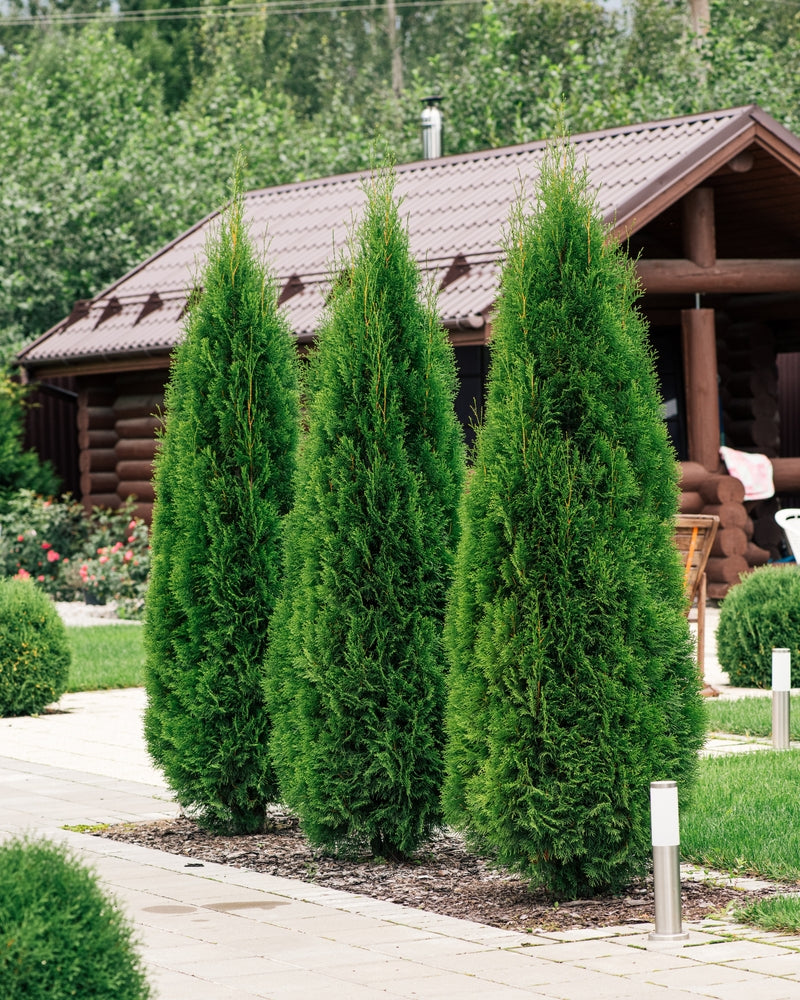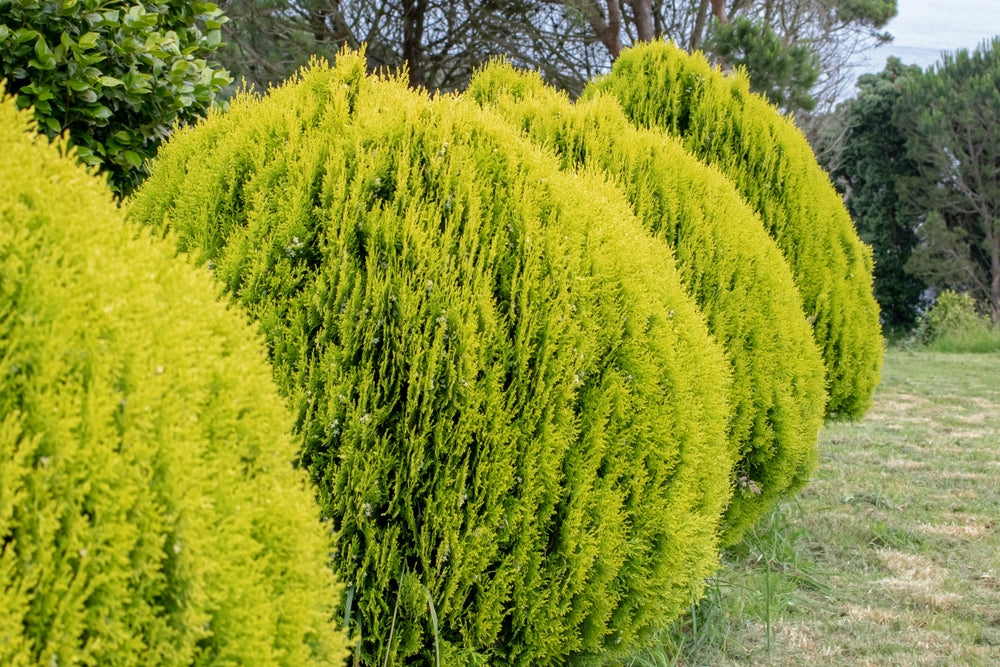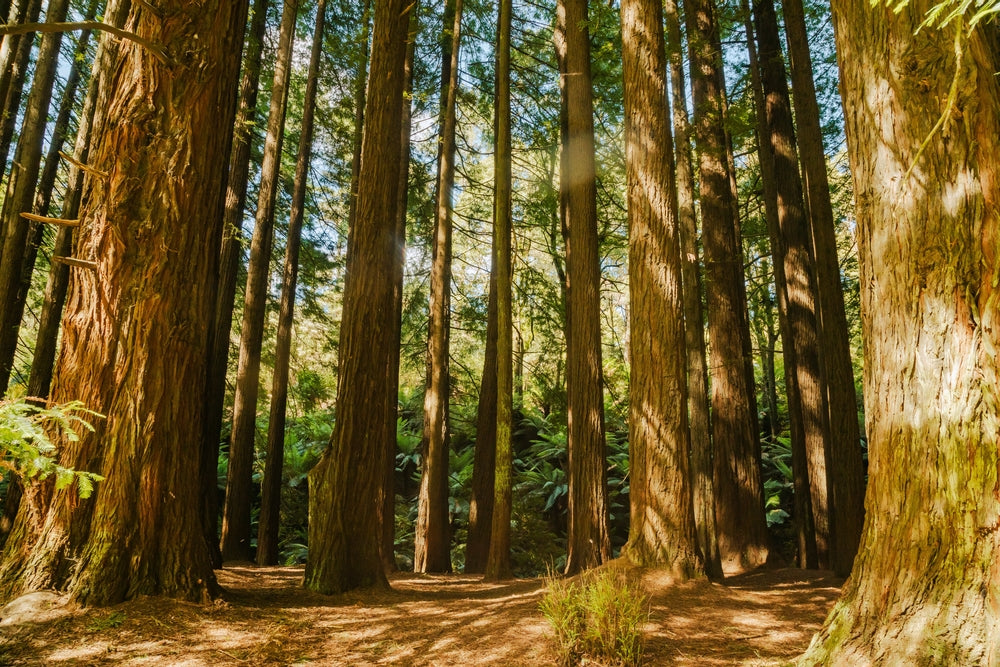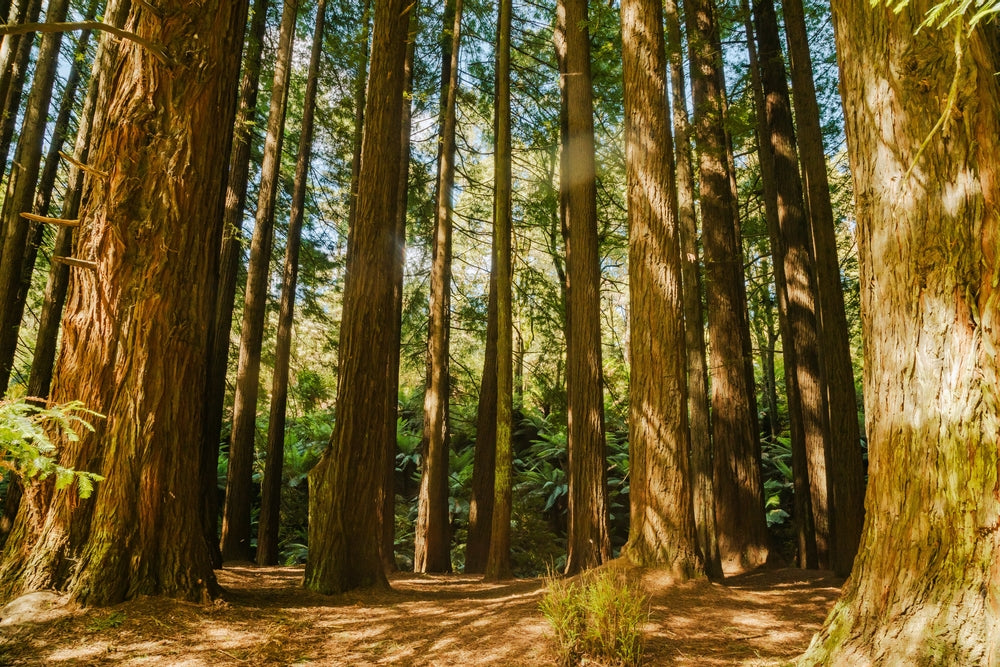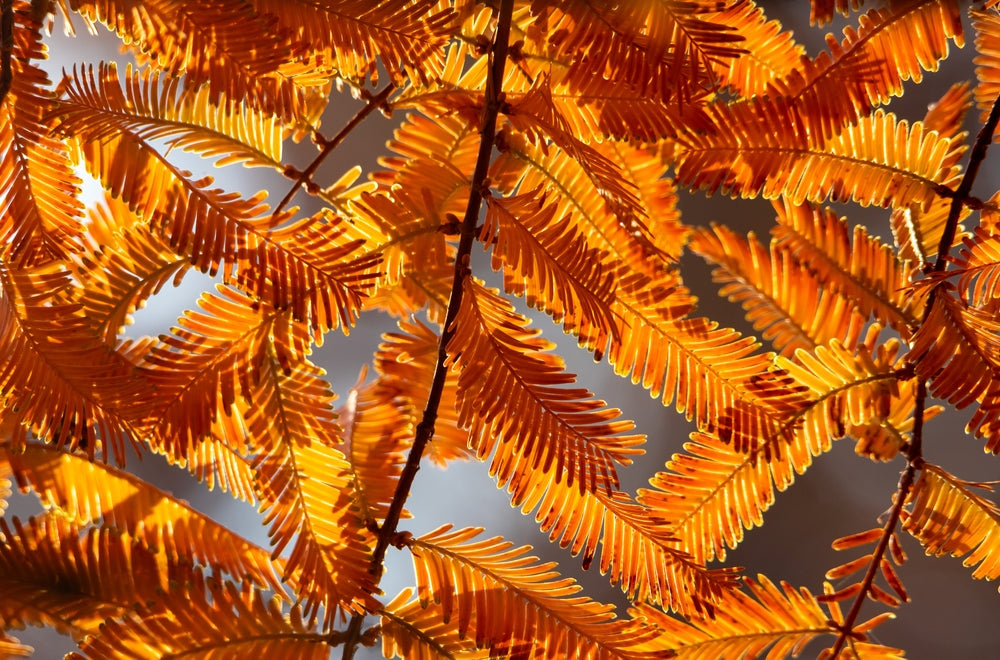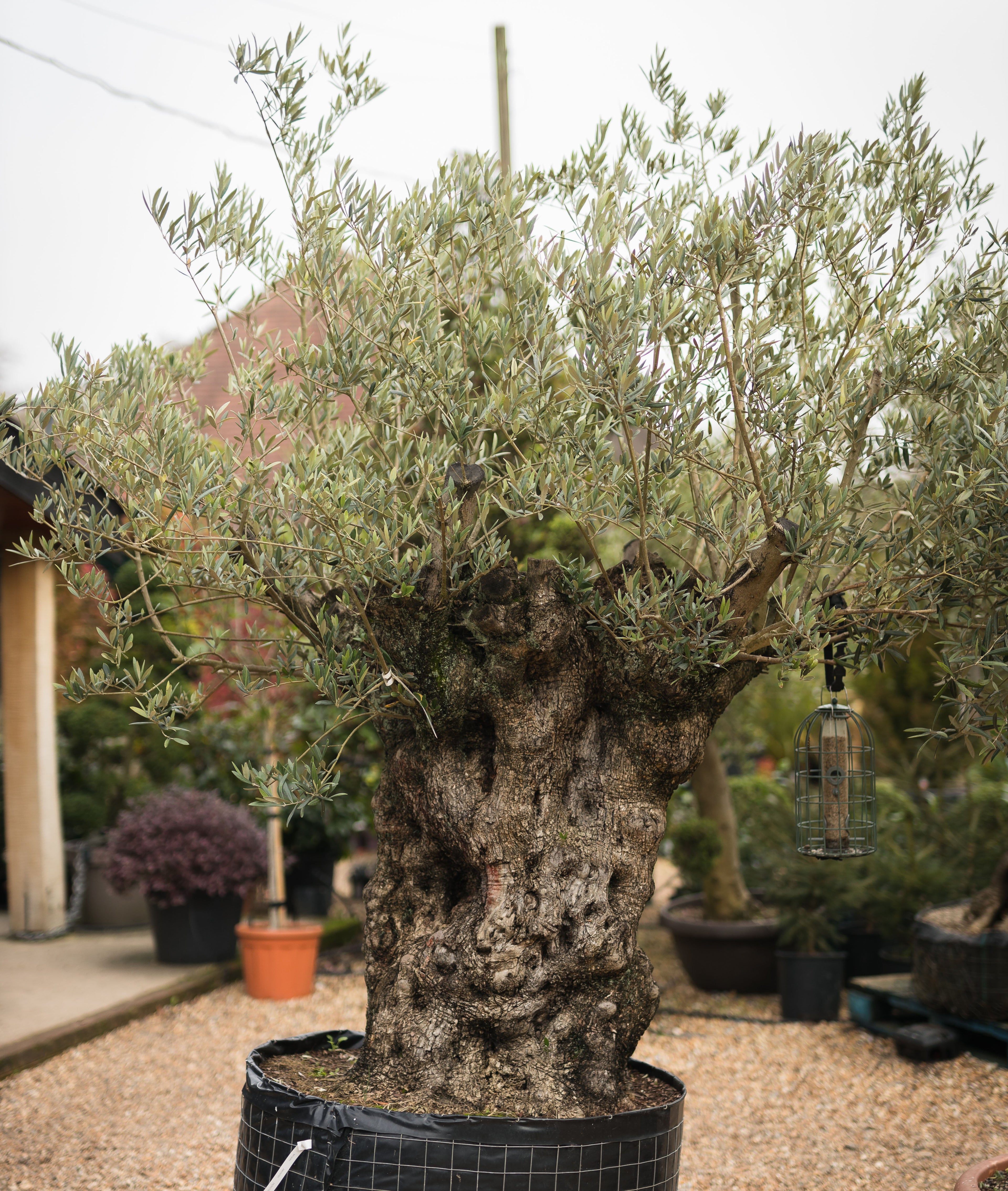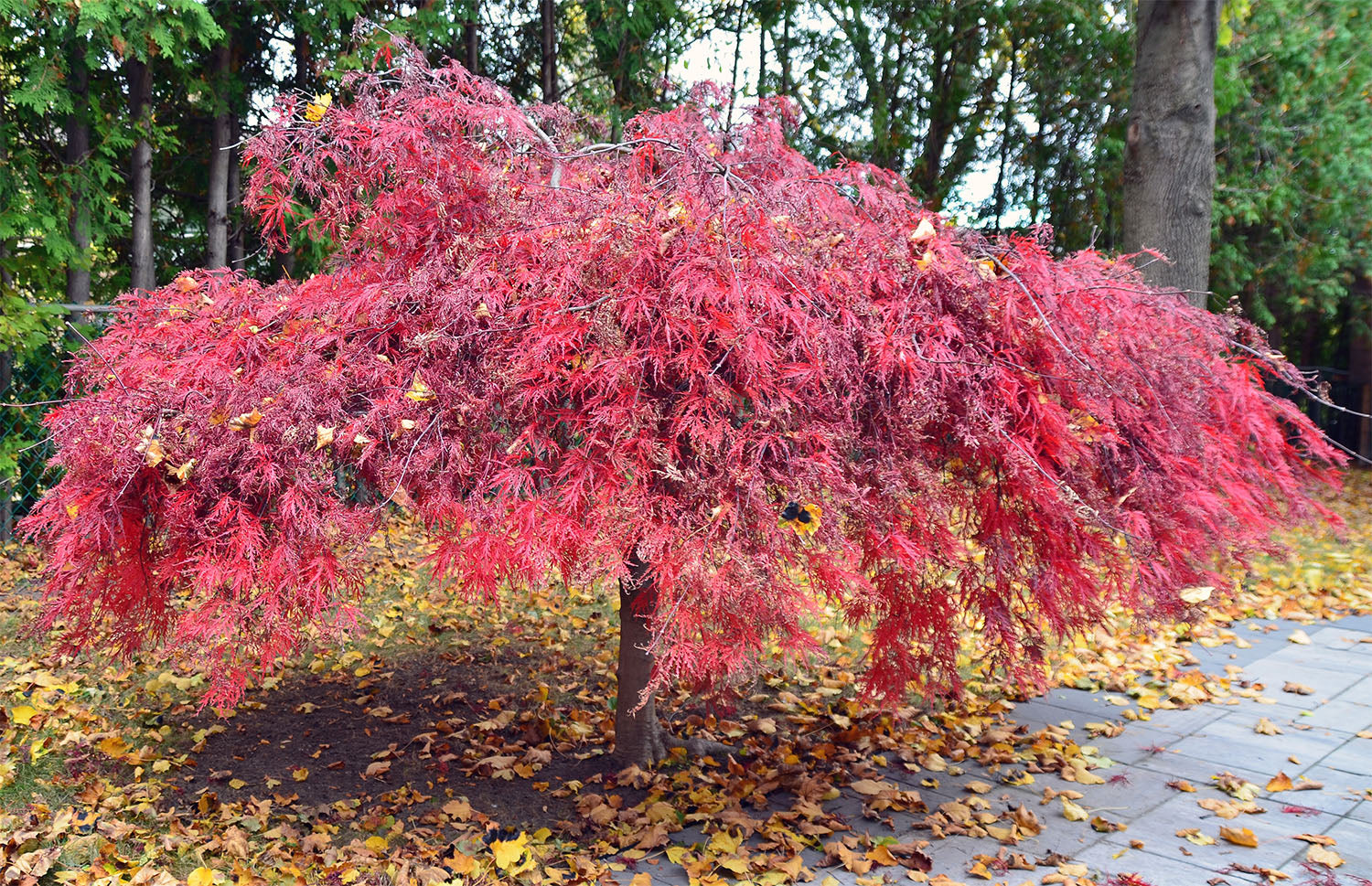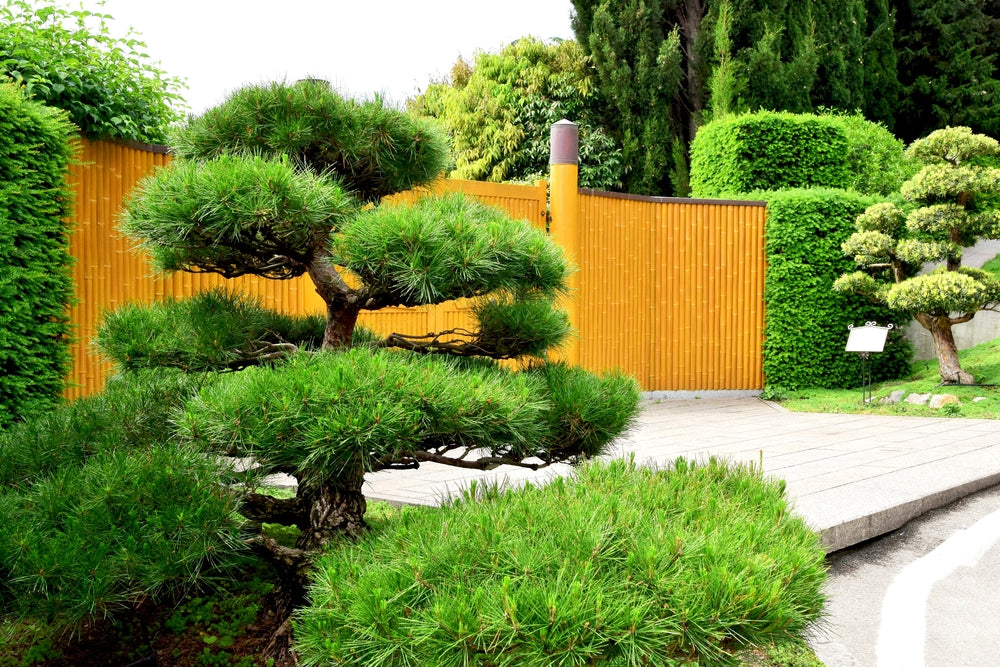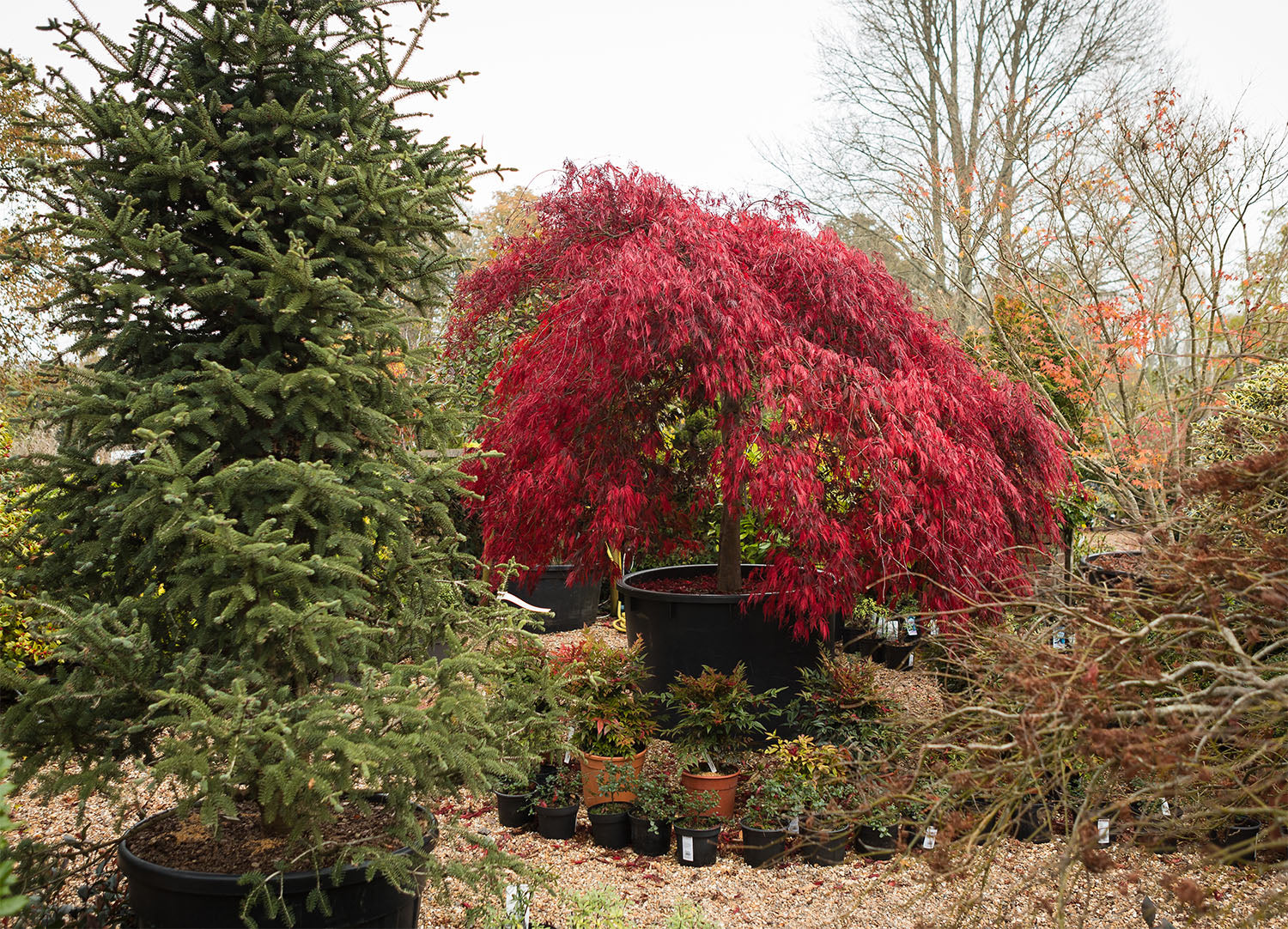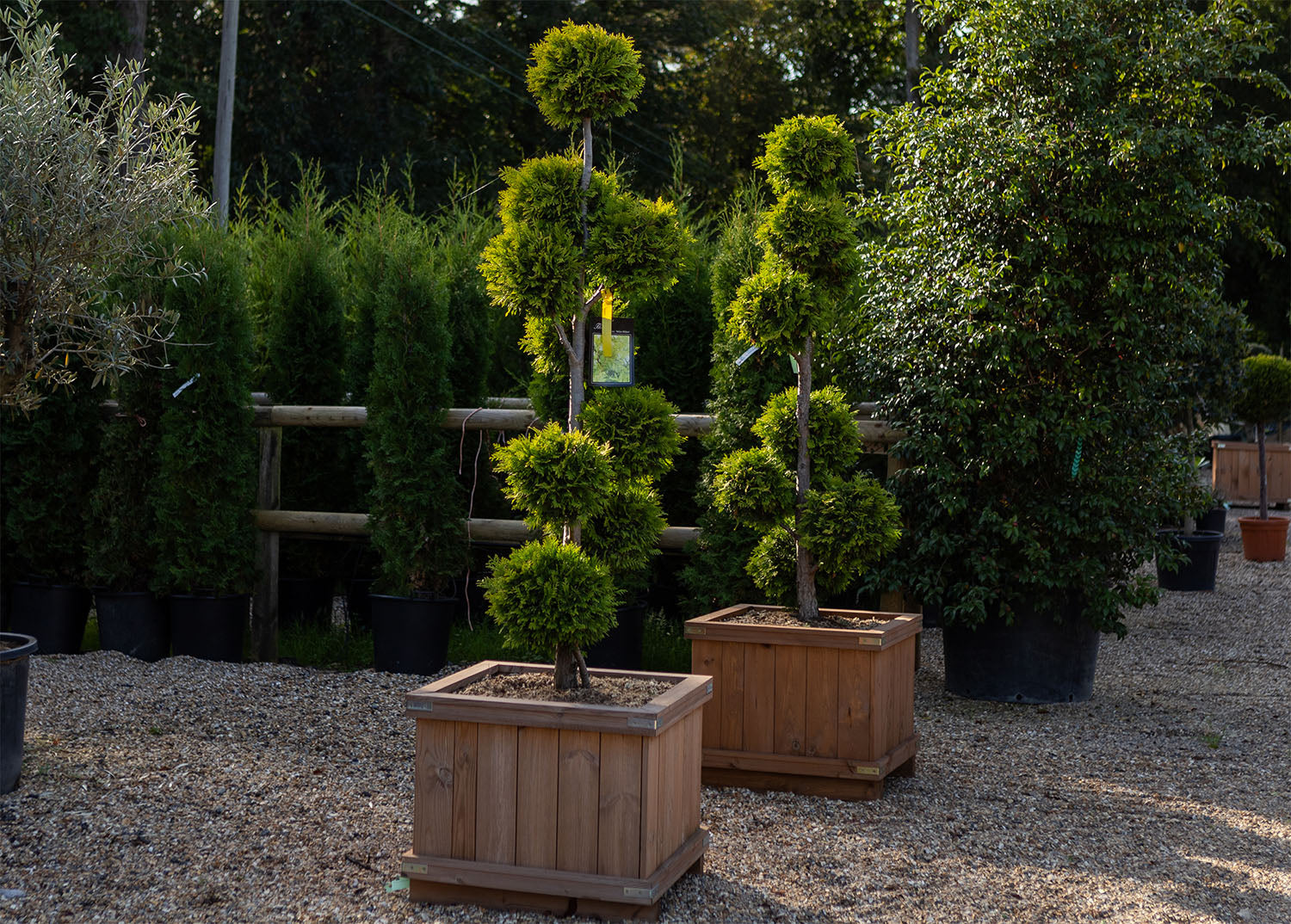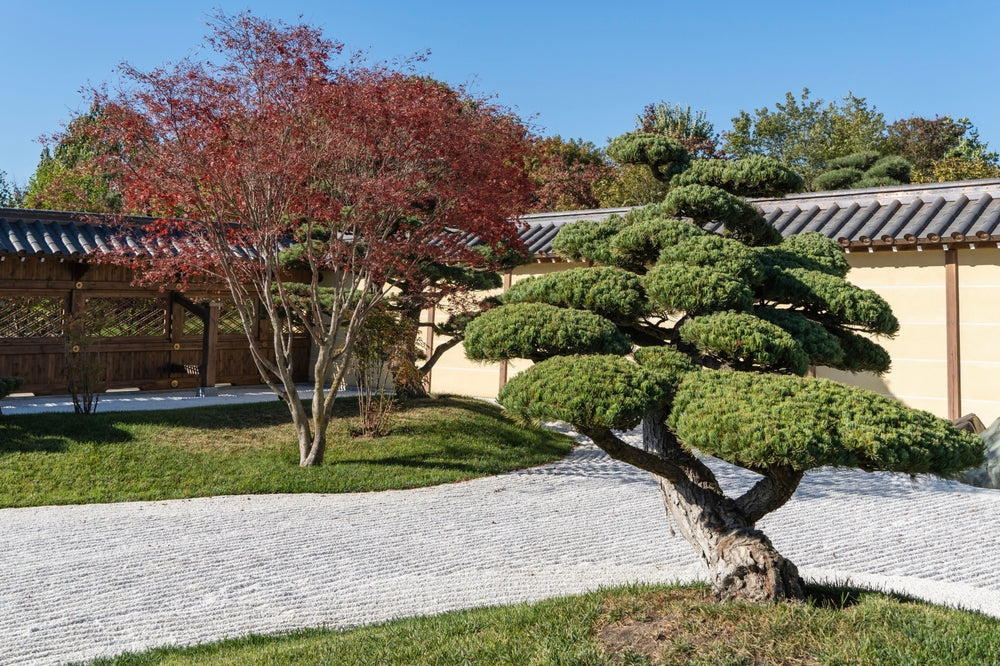If you have limited time to invest into your garden, but would still like a haven of peace and tranquillity to escape the pressures of modern day life, creating a Japanese garden is well worth considering.
Once created, a Japanese garden should be relatively maintenance-free, as they largely consist of hard landscaping, complemented with plants, water features and ornaments. If you are fortunate enough to have an area of sloping ground to create your garden, this will add charm to your design, but a flat area can be equally as pleasing.
Structure and Themes
A Japanese style garden design should include a simple structure, avoiding straight lines and symmetry. Japanese gardens are mainly inspired by nature, so materials such as gravel can be incorporated to represent a river for example. You could even include a boulder to represent a mountain. Using your plants to create different areas of your garden will give you designated areas for eating and relaxing. Different themes include Zen and Shinto, and your chosen theme characterises the function of your garden. They typically symbolise important natural elements, for example water, forests and mountains. These elements are complemented by the planting, incorporating simple shapes.
Water Feature
A Japanese garden design should include water. This could be achieved by creating a pond or stream. Water features often include waterfalls, cascades and low bridges, or even steppingstones. If your garden is too small to accommodate a large water feature, this could be achieved by installing a stone basin that is fed by a spout, often made of bamboo.
The Plants
When designing your Japanese garden, it is important to remember that your plants will grow and spread. Consider how this will affect your design in years to come, and accommodate their needs now. Think about how they will look – do they need to be planted individually as a specimen or would they look better in a group? Once you have decided on your plants, it is a good idea to place them where you think they should go, before committing to planting them. That way, you can ensure they are in the best position for future growth and your enjoyment. Remember too, that your plants, particularly Japanese maples, will change colour during the year, and you will want to plant them where you will get maximum benefit.
When you are ready to buy Japanese maples you simply must pay us a visit, we stock a fantastic range. Here’s our top 3.
Acer palmatum ‘Katsura’ is a deciduous Japanese maple with an upright growth habit. Its 5-7 lobed leaves are yellow-orange with tinged pink edges in the spring, green in the summer, turning bright yellow\orange in the autumn. They prefer a partial shade location, as full sun and lack of moisture can cause leaf scorch. They should be planted in a sheltered spot, with moist, well-drained soil. Acer palmatum ‘Katsura’ has an ultimate height and spread of 2.5 – 4m.
Acer palmatum ‘Japanese Sunrise’ is another deciduous Japanese maple to consider. In spring its green leaves emerge, turning darker during the summer, and golden yellow in the autumn. Depending upon the age of the plant and the time of year, it can have a spectacular bright red bark. Acer palmatum ‘Japanese Sunrise’ should be planted in partial shade, in moist well-drained soil. It has an eventual height and spread of 0.5m
Acer palmatum ‘Crimson Queen’ is a medium sized deciduous Japanese shrub, with a weeping\arching habit. Its delicate, feathery leaves consist of 7-9 deeply cut lobes. These appear reddish-purple in the spring, holding its colour during the summer, although some fading can happen. In the autumn, it appears a stunning crimson red. Acer palmatum ‘Crimson Queen’ produces small purple flowers and fruits. It should be planted in a sheltered position in partial shade, and be in moist, well-drained soil. Leaf scorch will occur if it is planted in full sun and is lacking in moisture. Acer palmatum ‘Crimson Queen’ is an ideal Japanese maple for small spaces, and can be planted in containers or even considered for pond-side planting. Its eventual height and spread is 1.5-2.5m.
To complete the look of your Japanese garden, you need to include the right ornaments. These range from sculptures, basins and birdbaths. An essential ornament is a stone lantern, which have featured in Japanese gardens for centuries.
To buy Japanese maples, it is always wise to seek professional advice so that you purchase the rights plants for your conditions. Here at Arundel Arboretum, we are able to advise you on the best plants for your garden.



